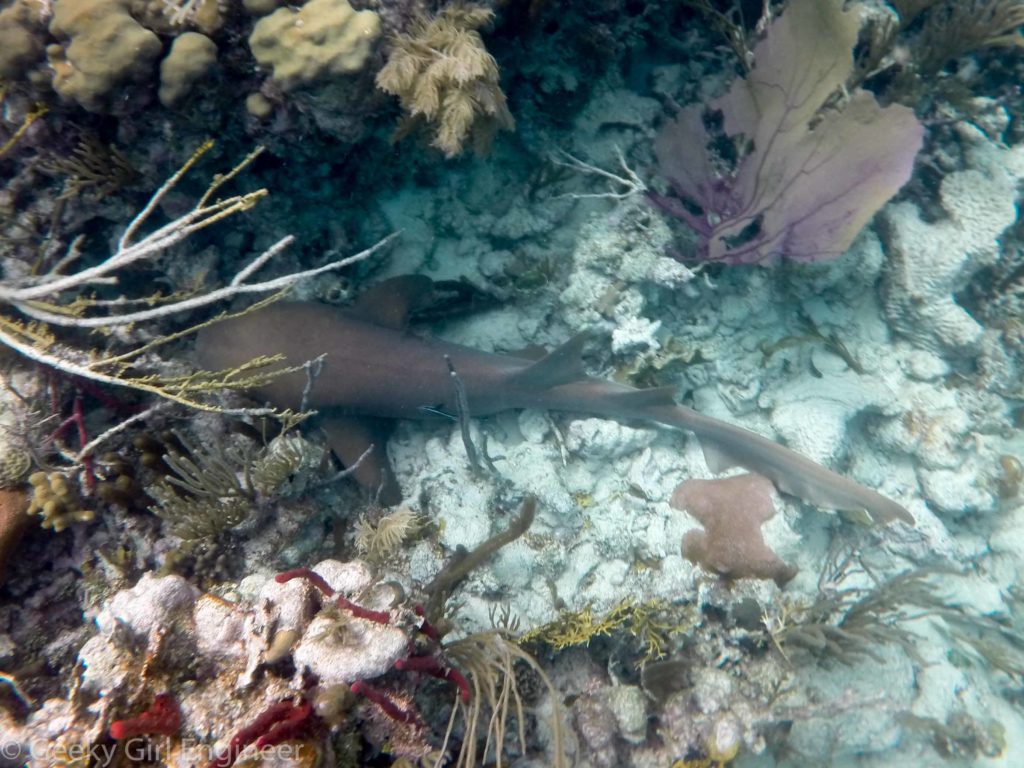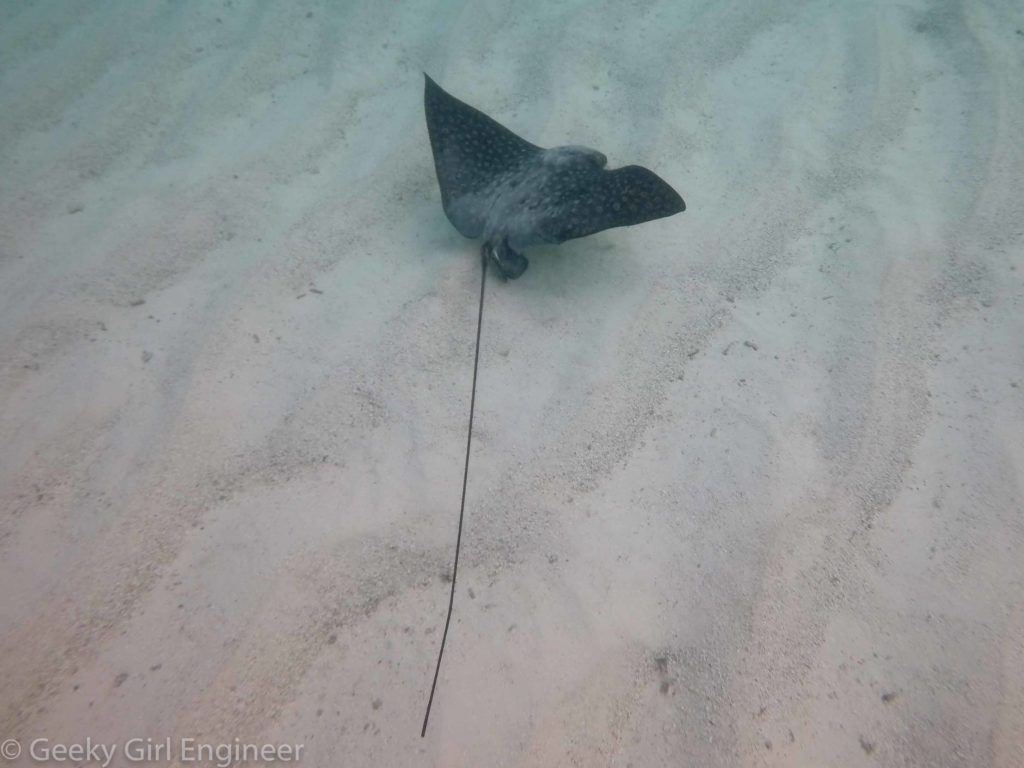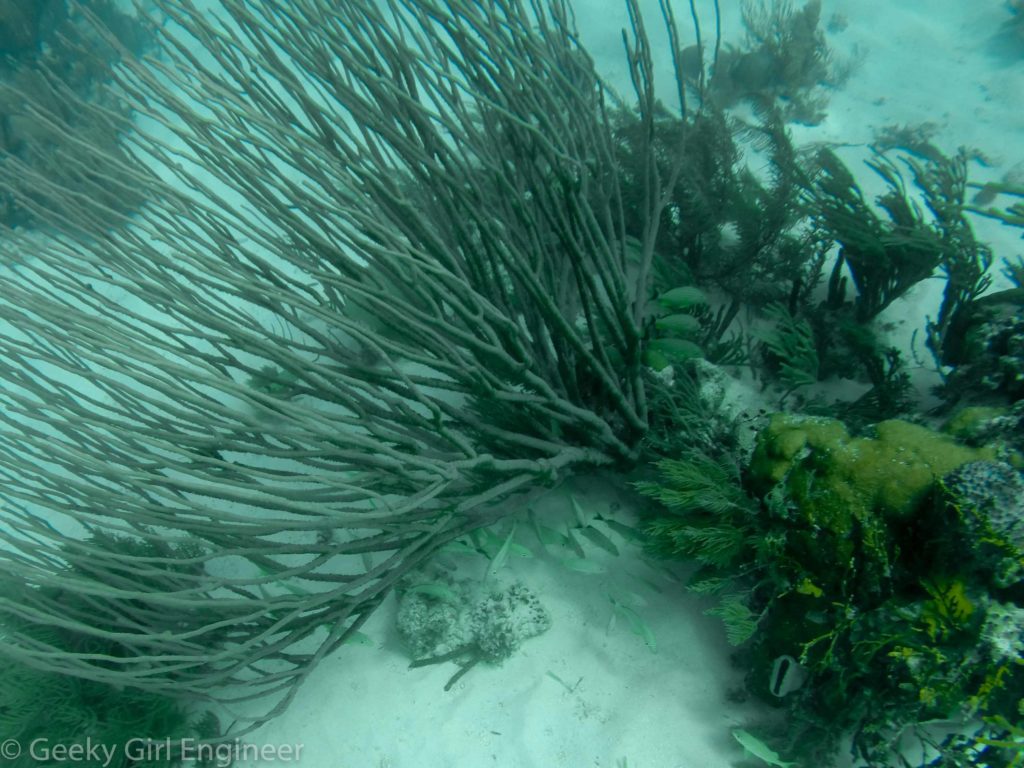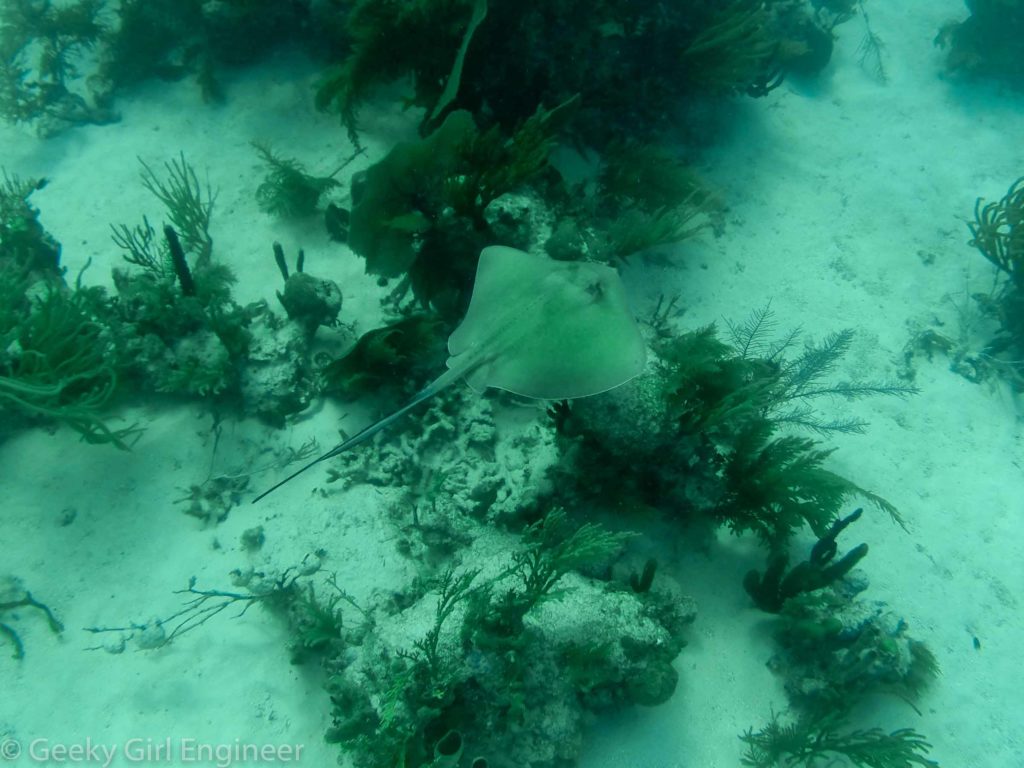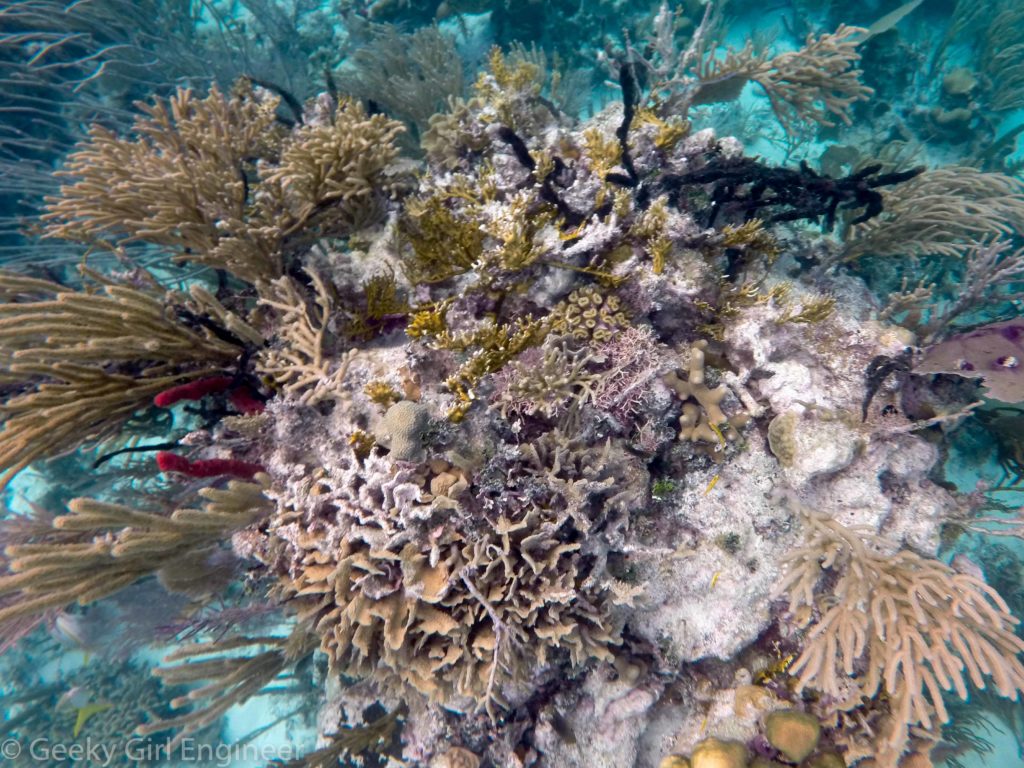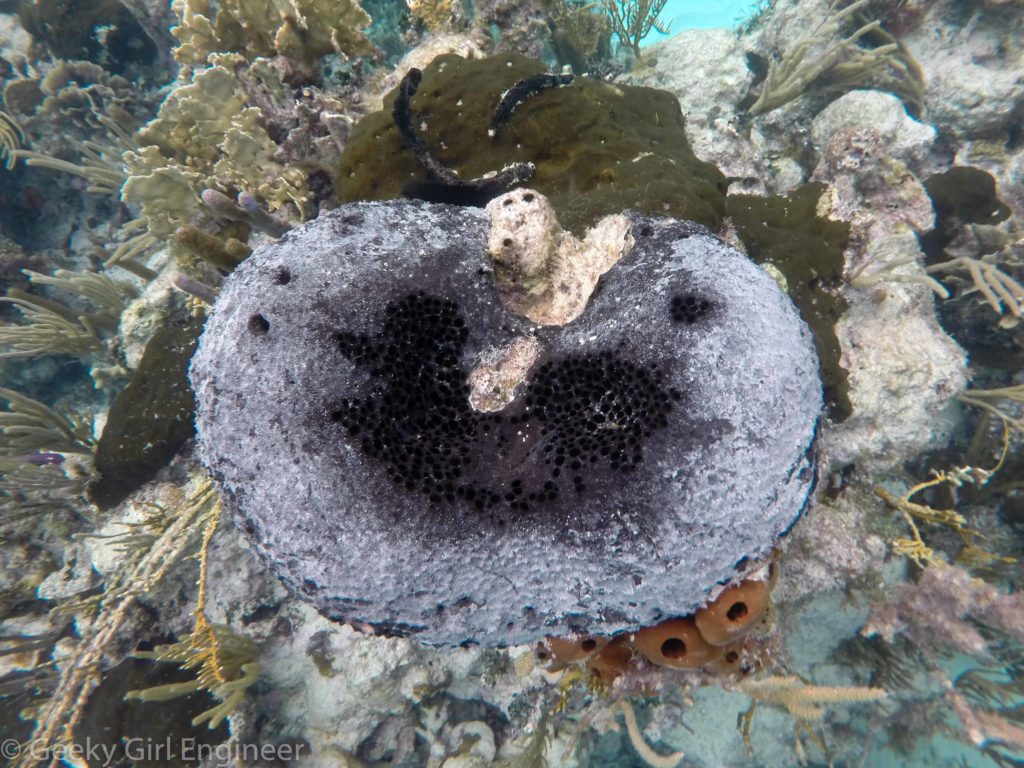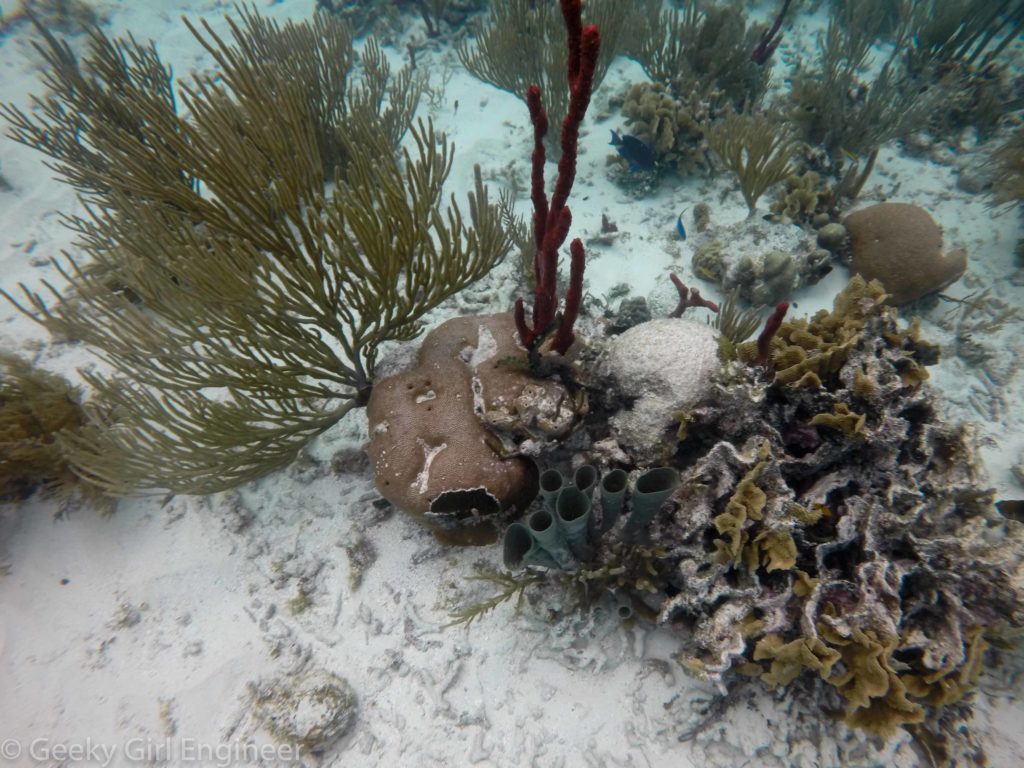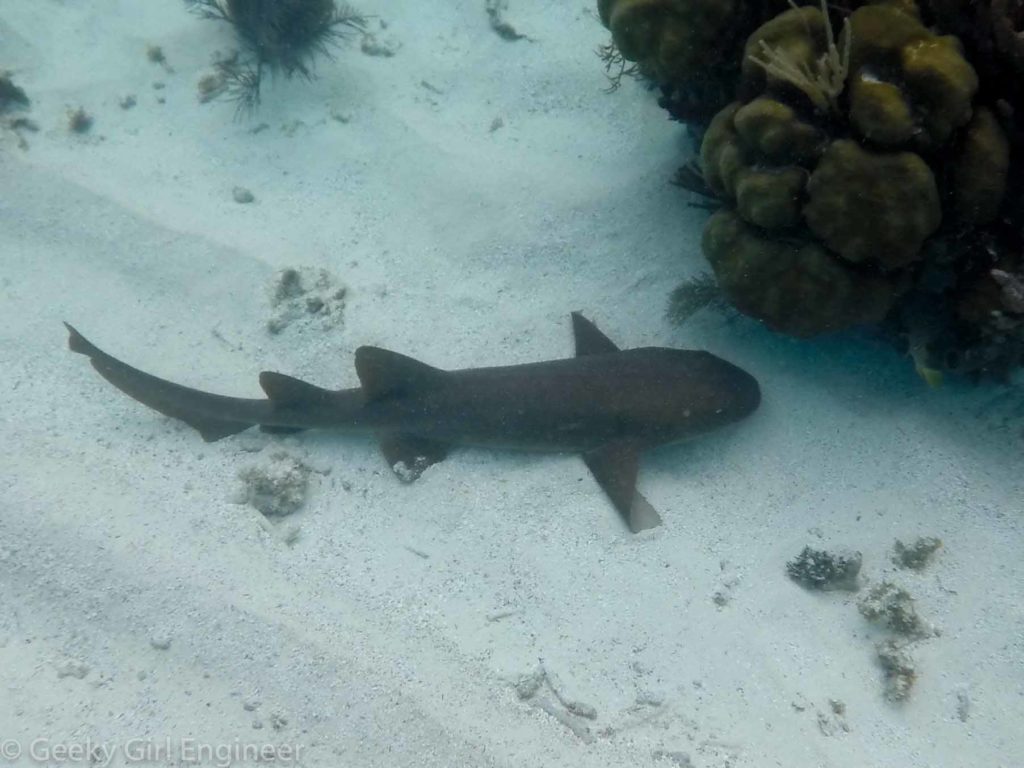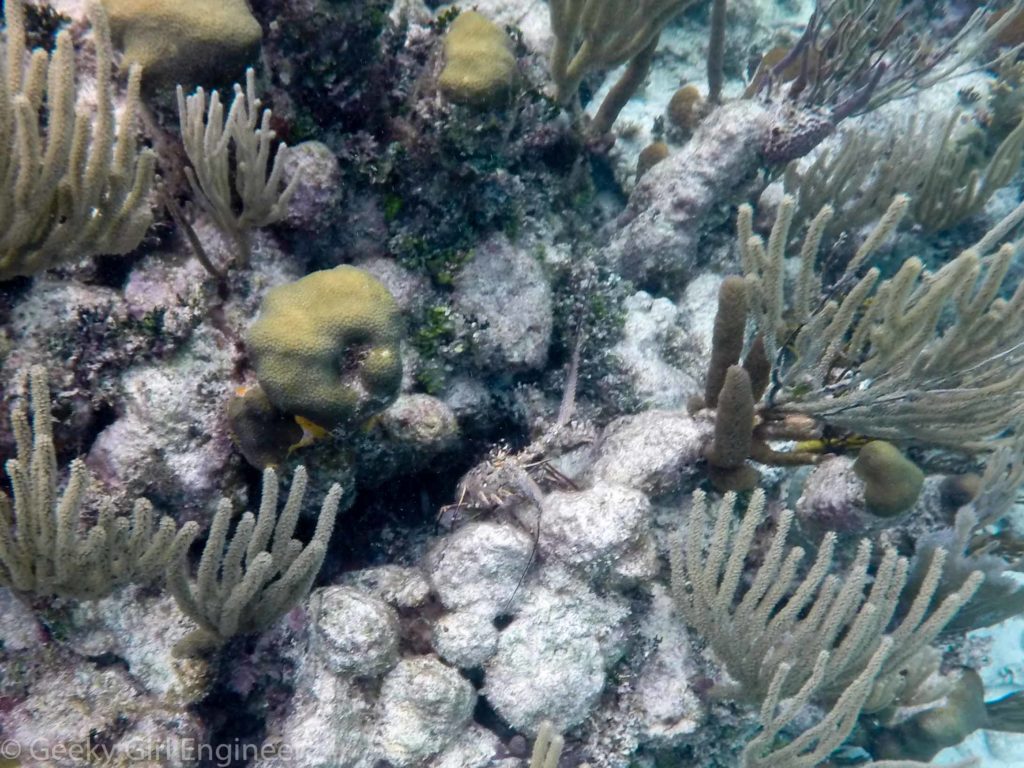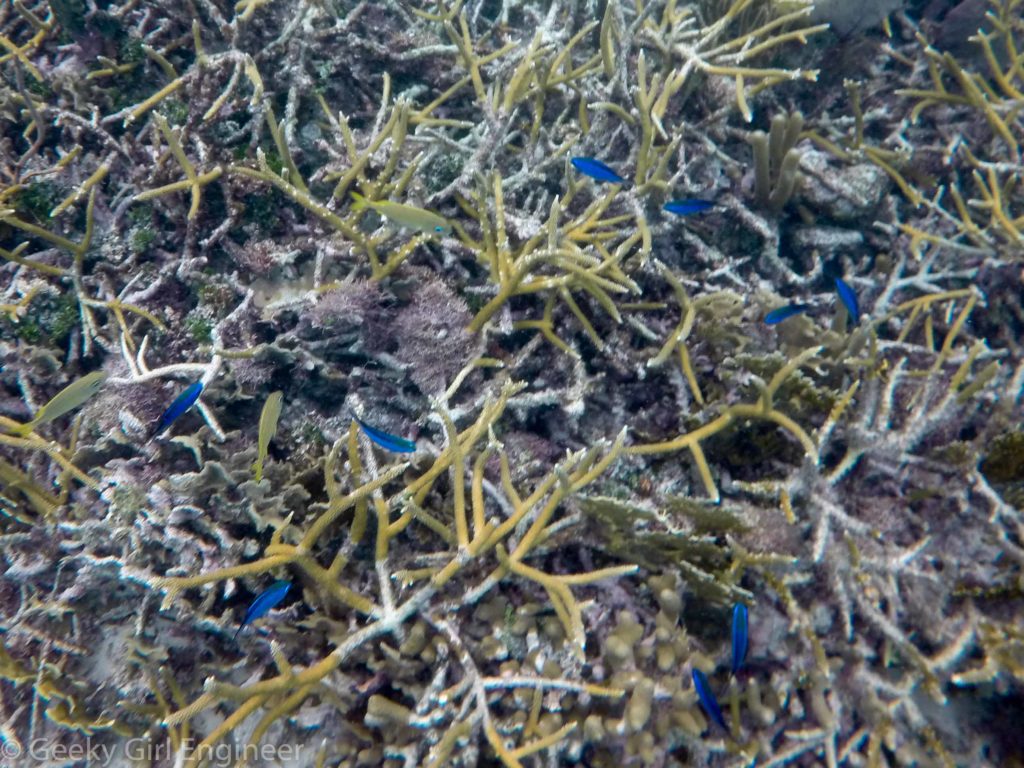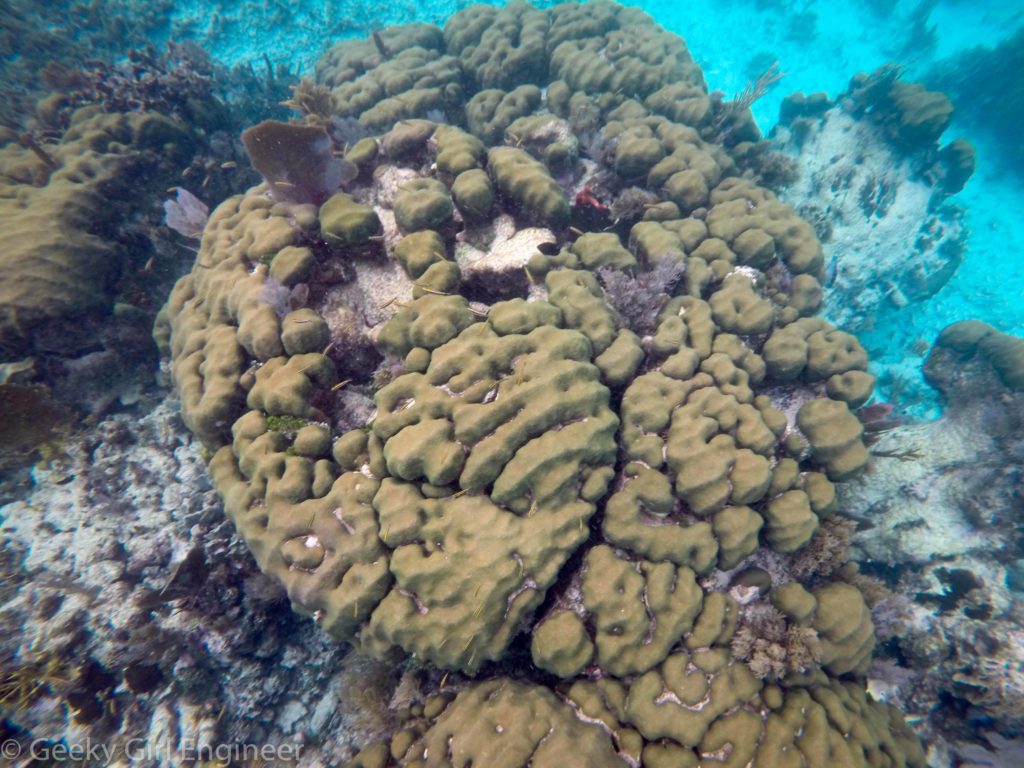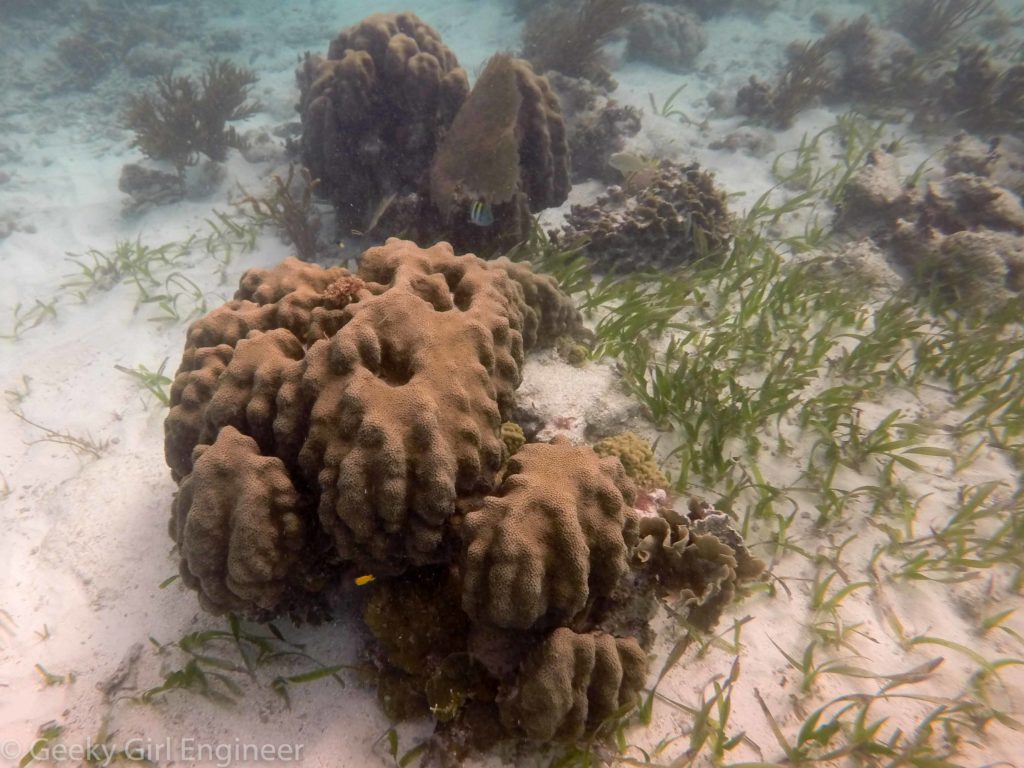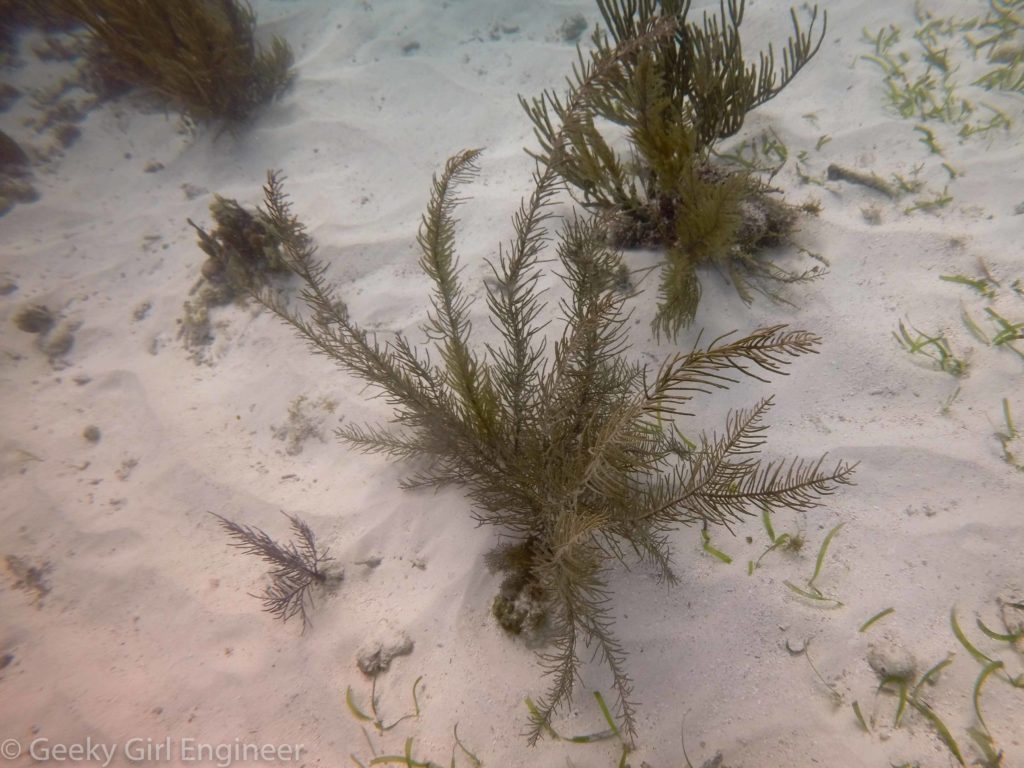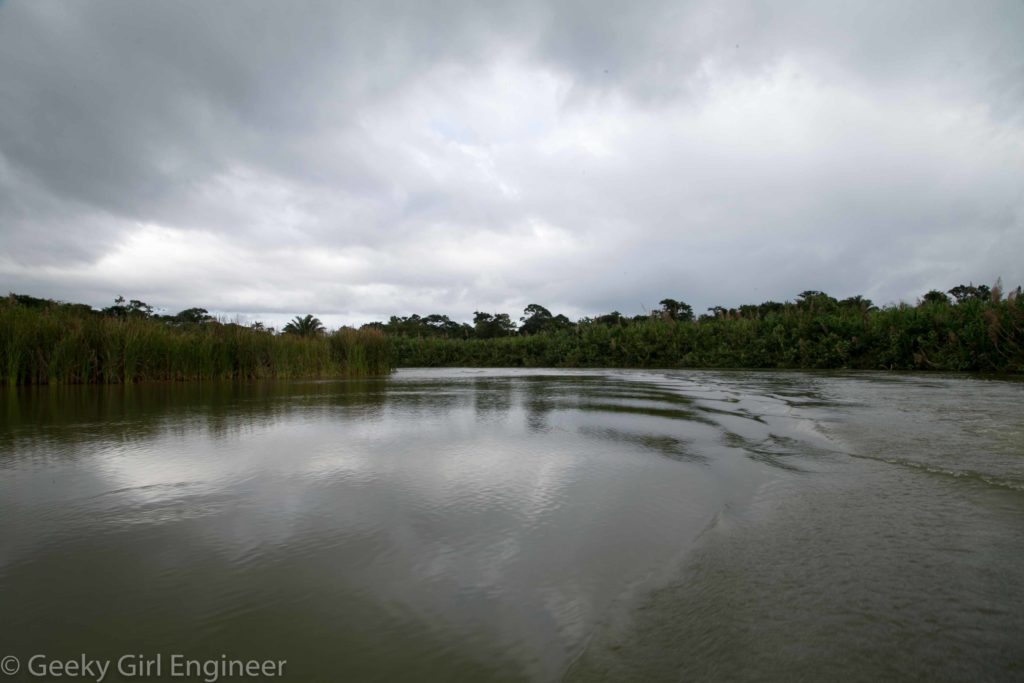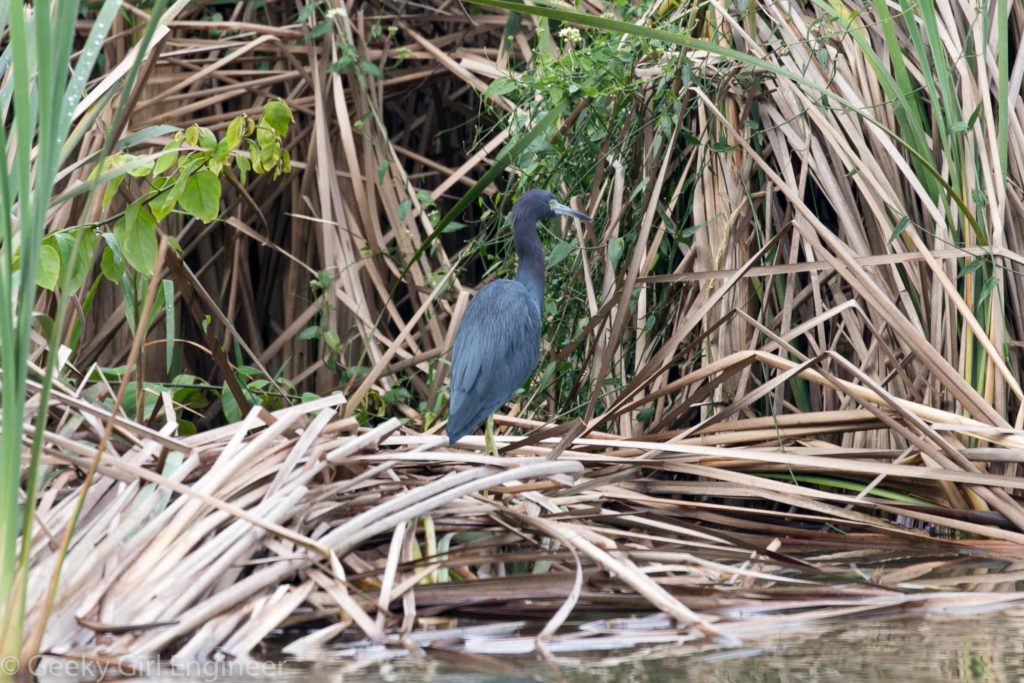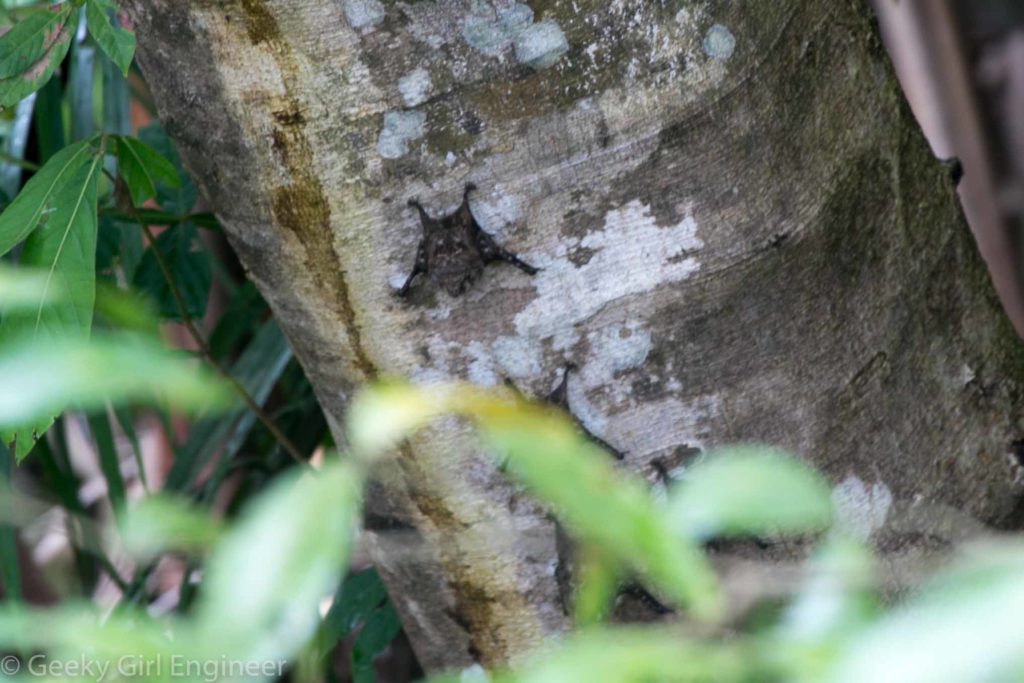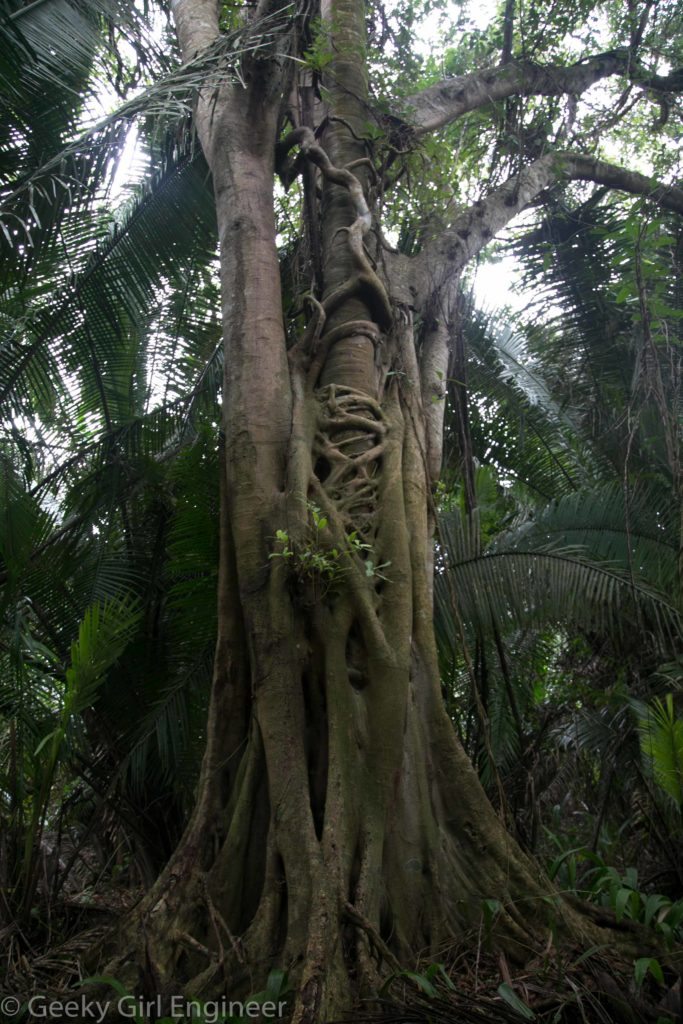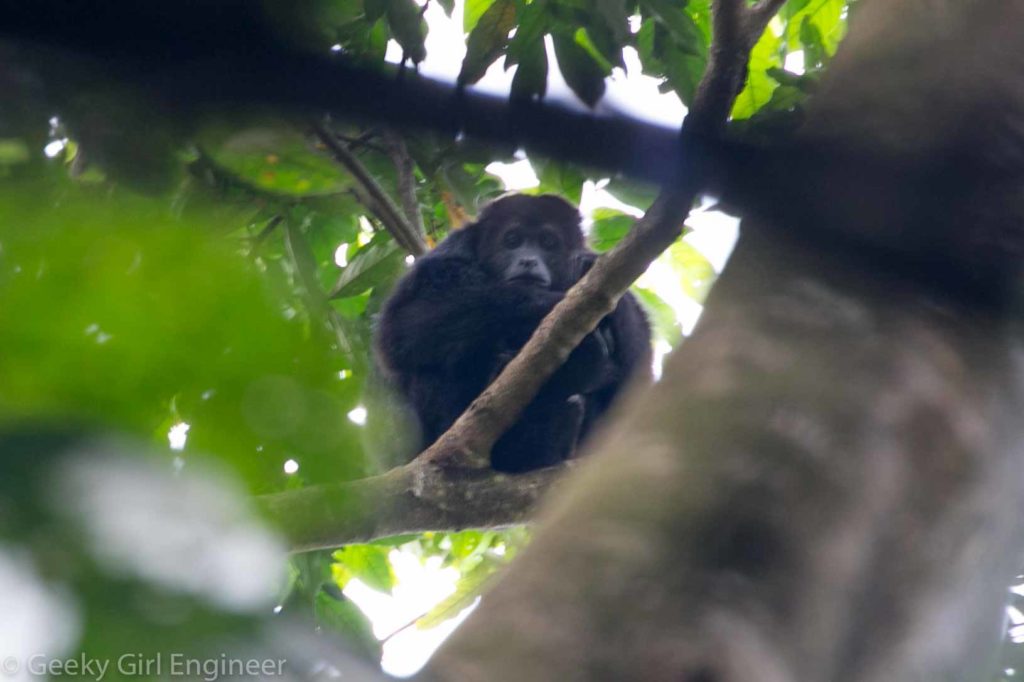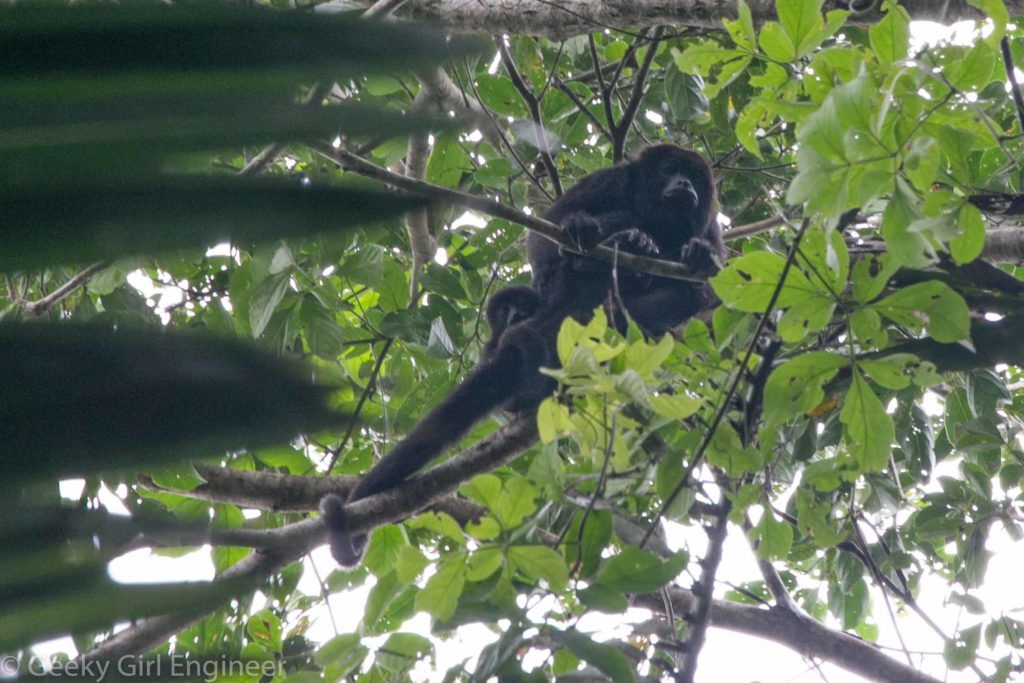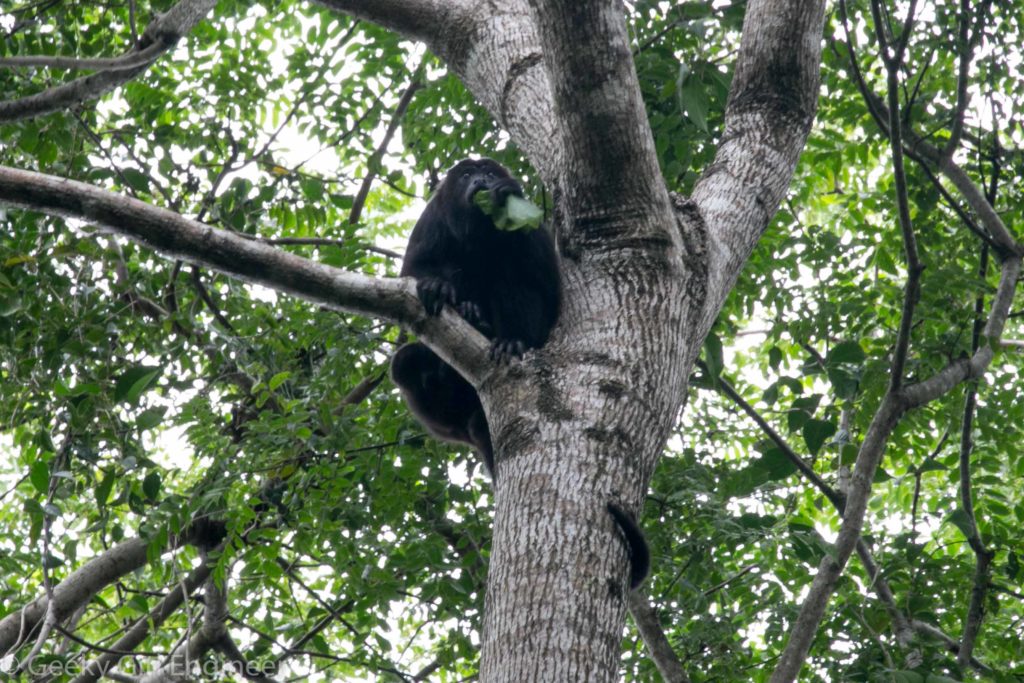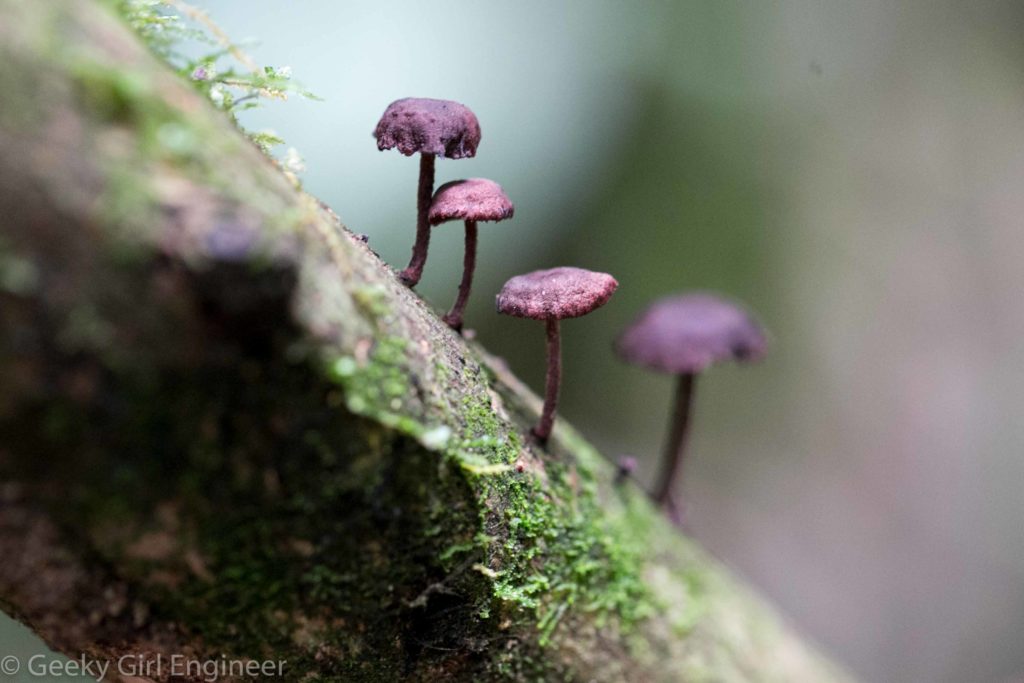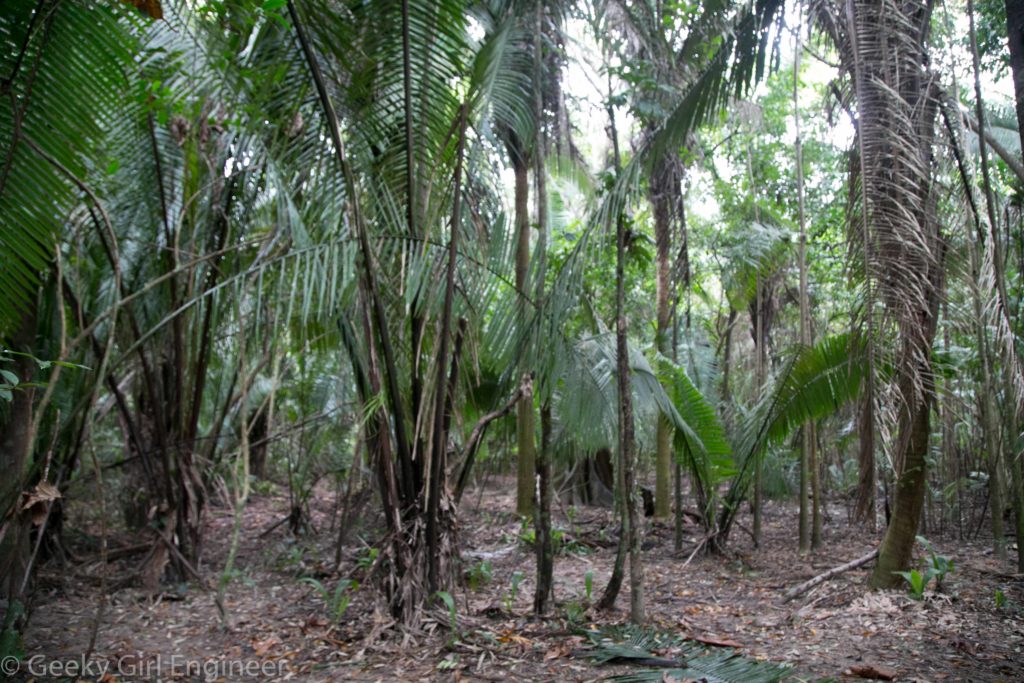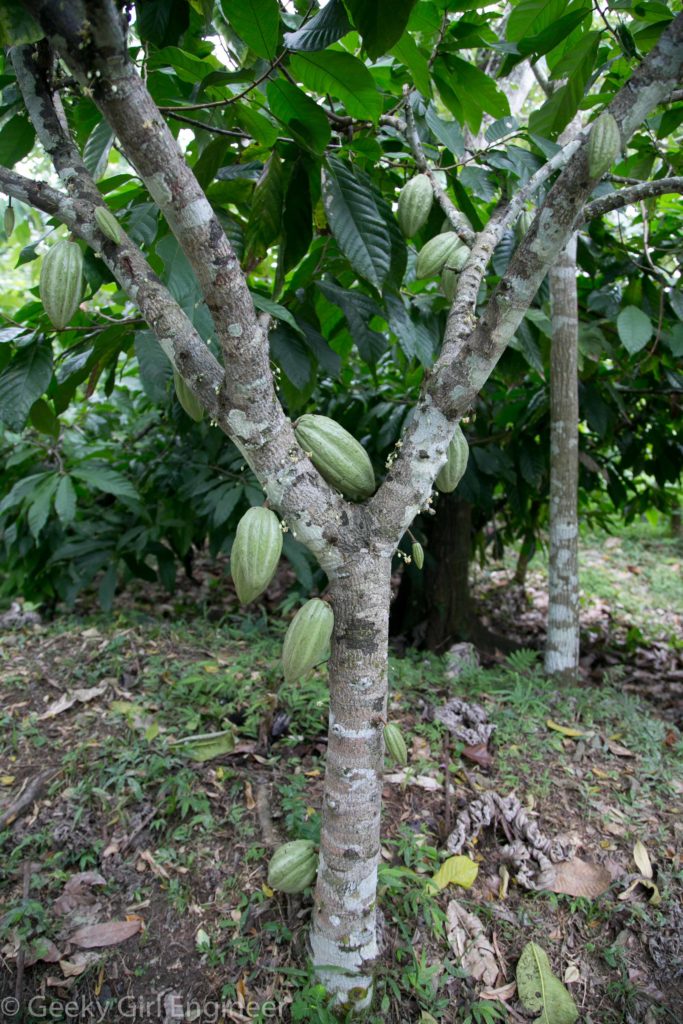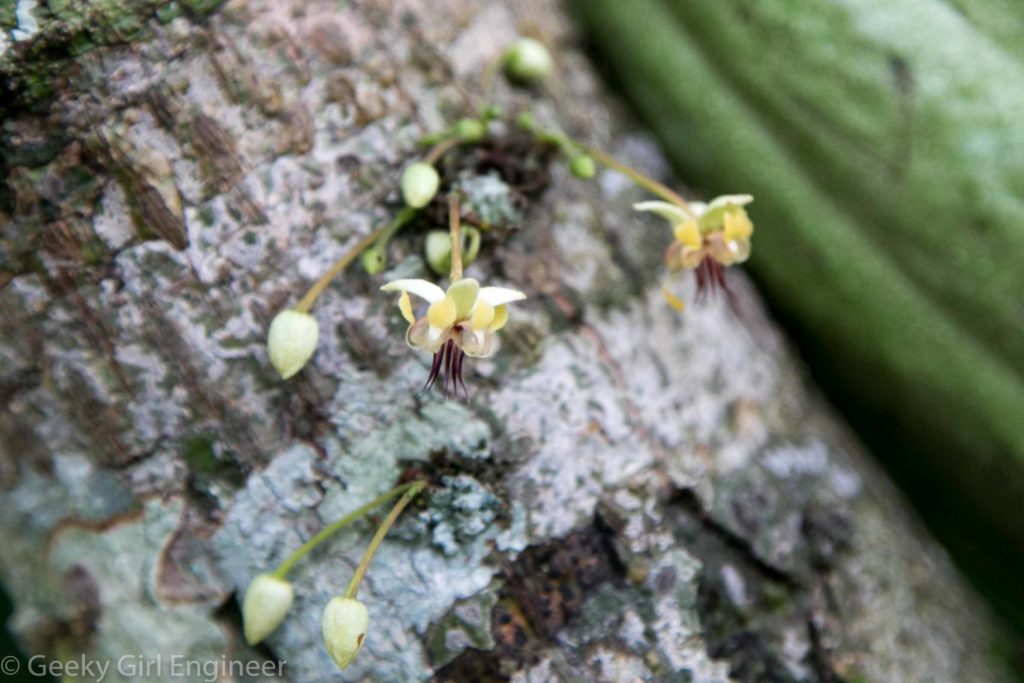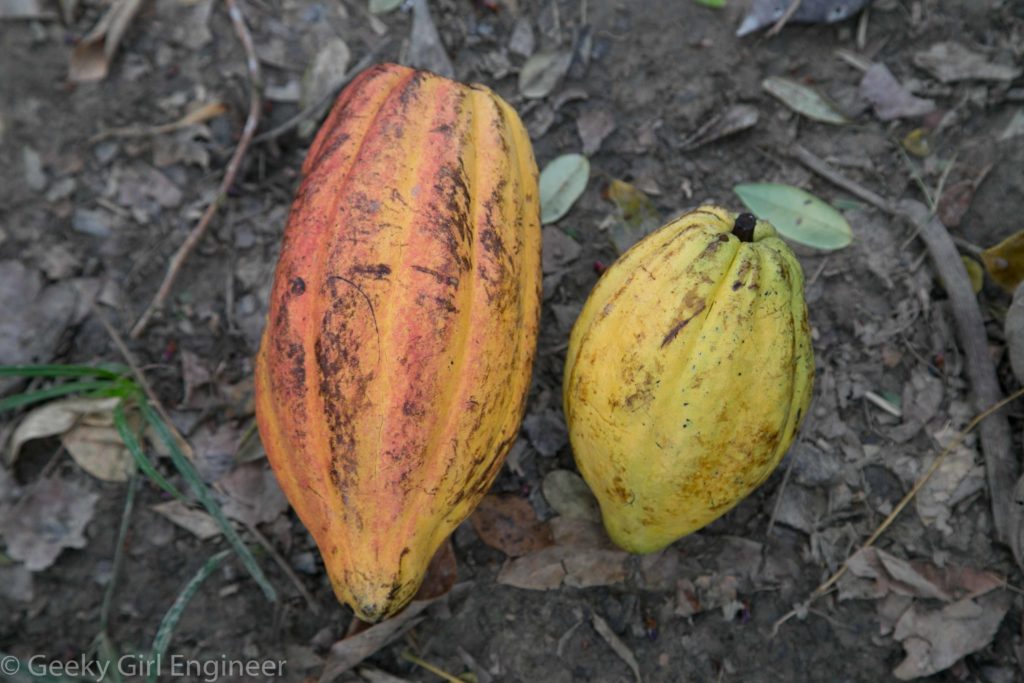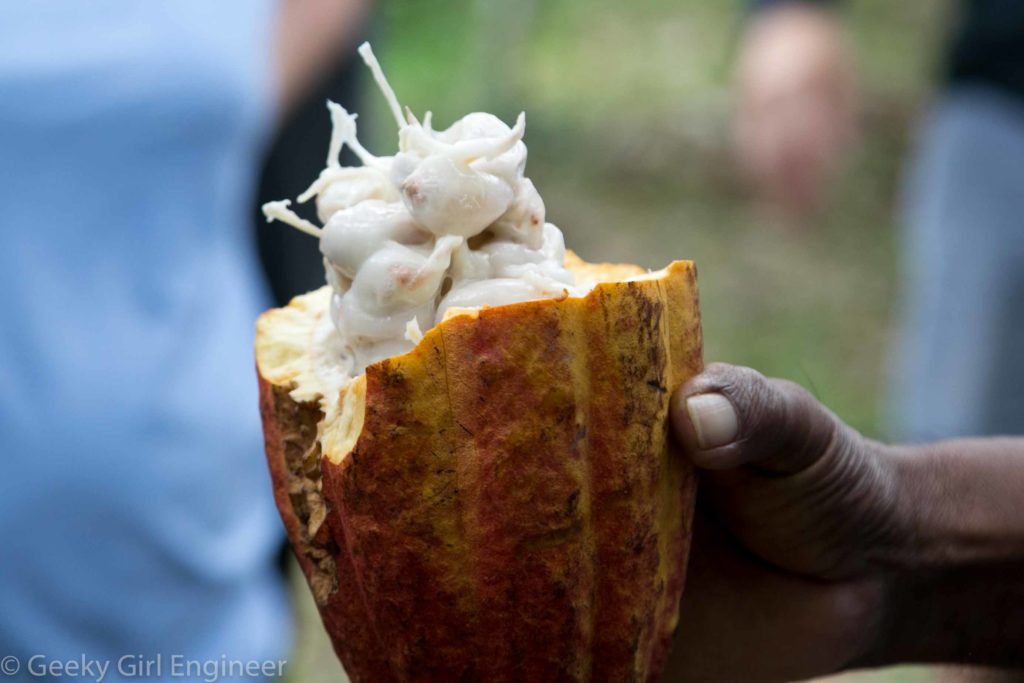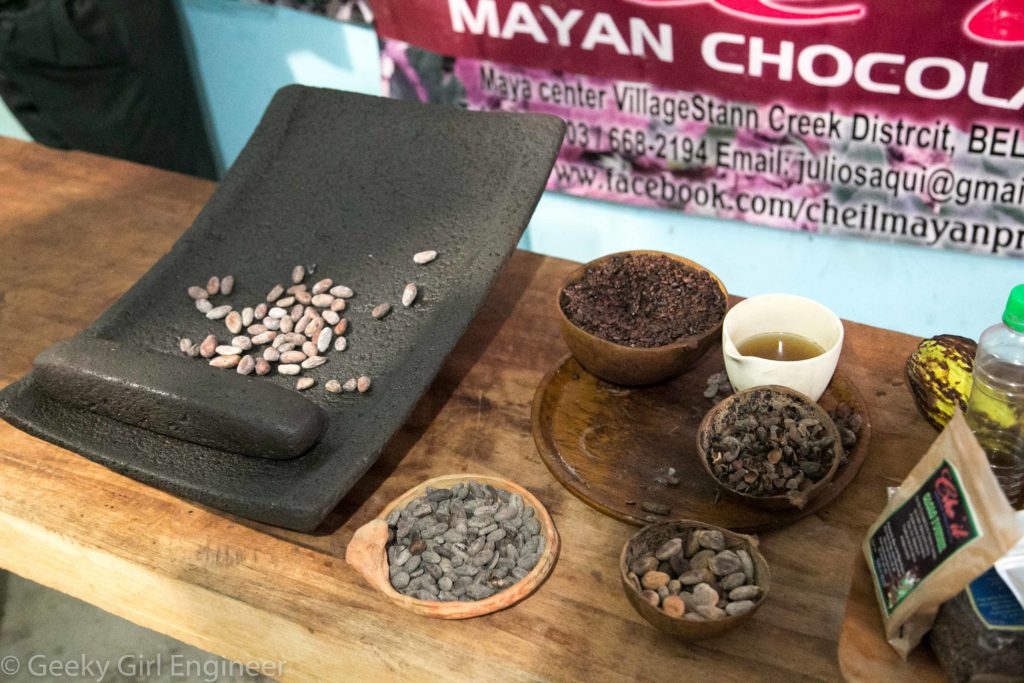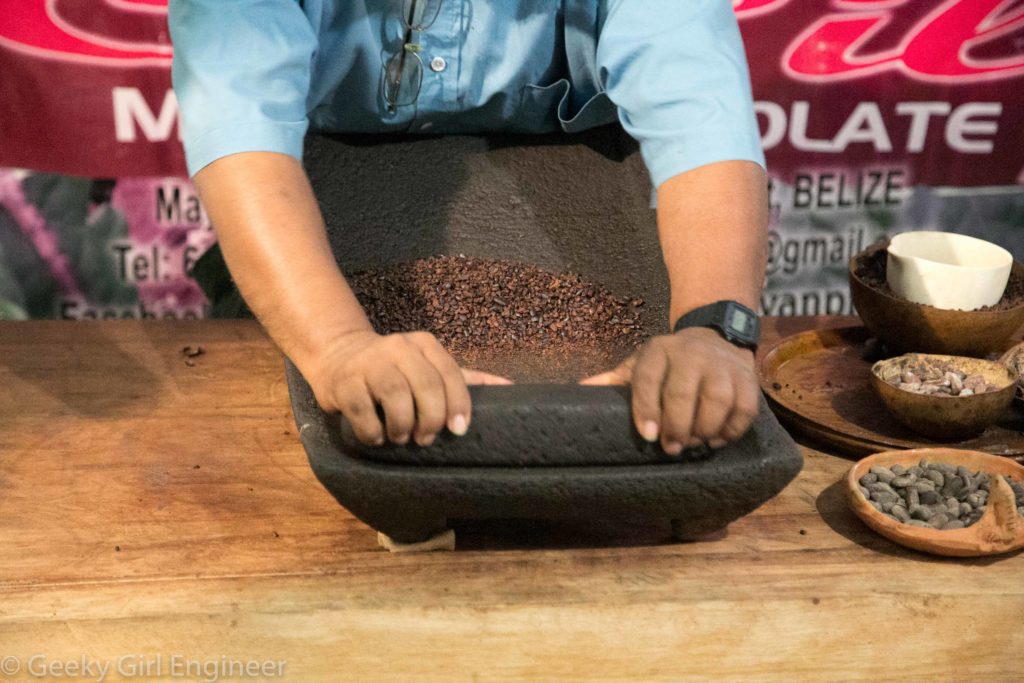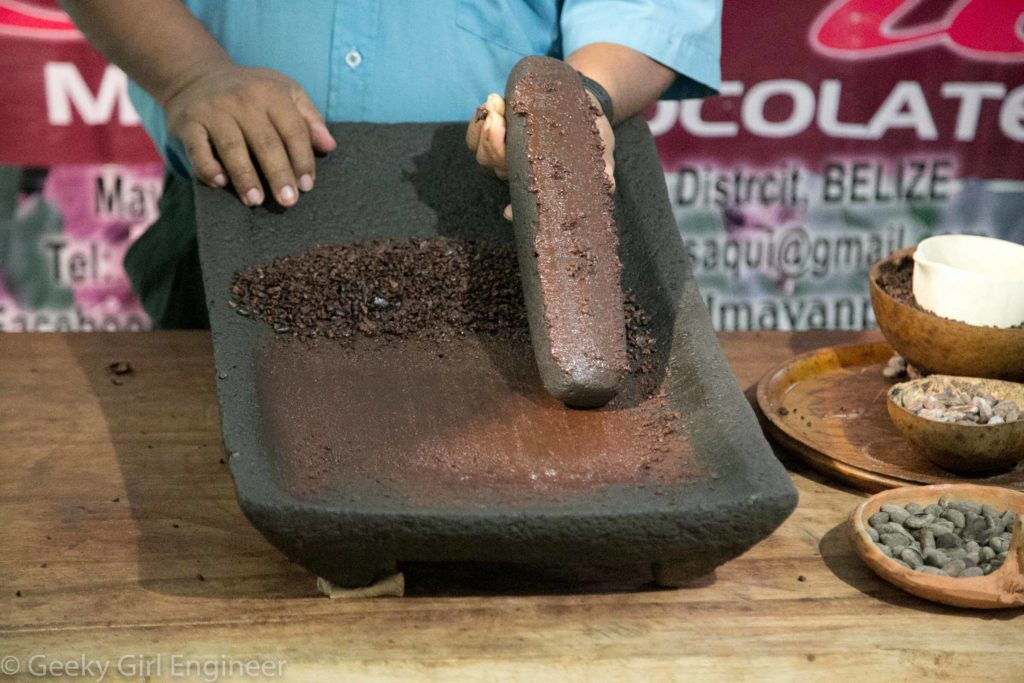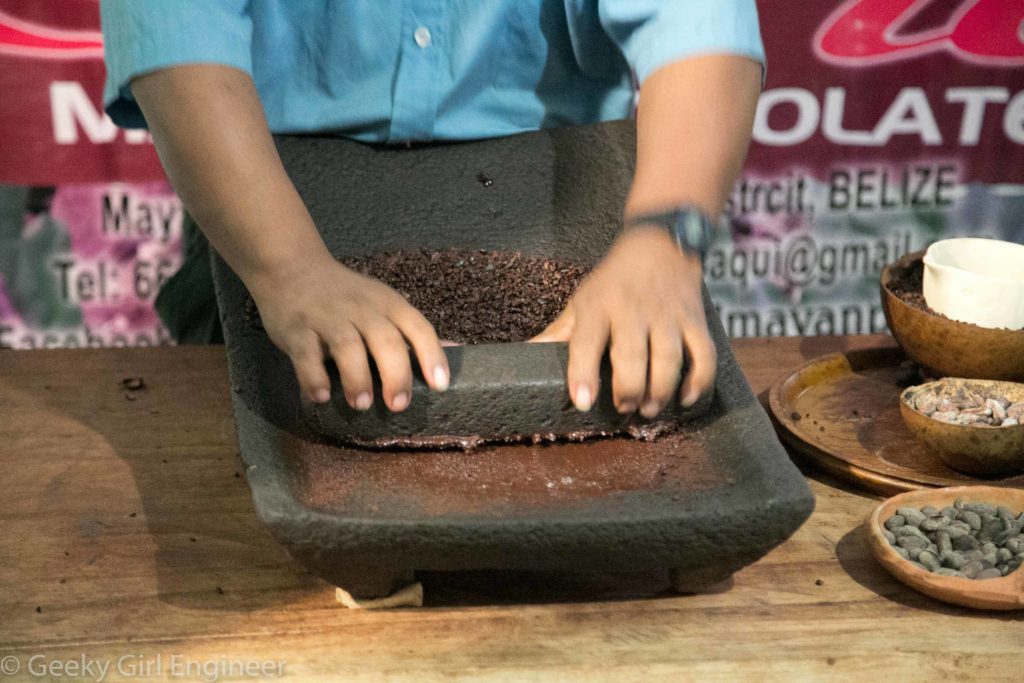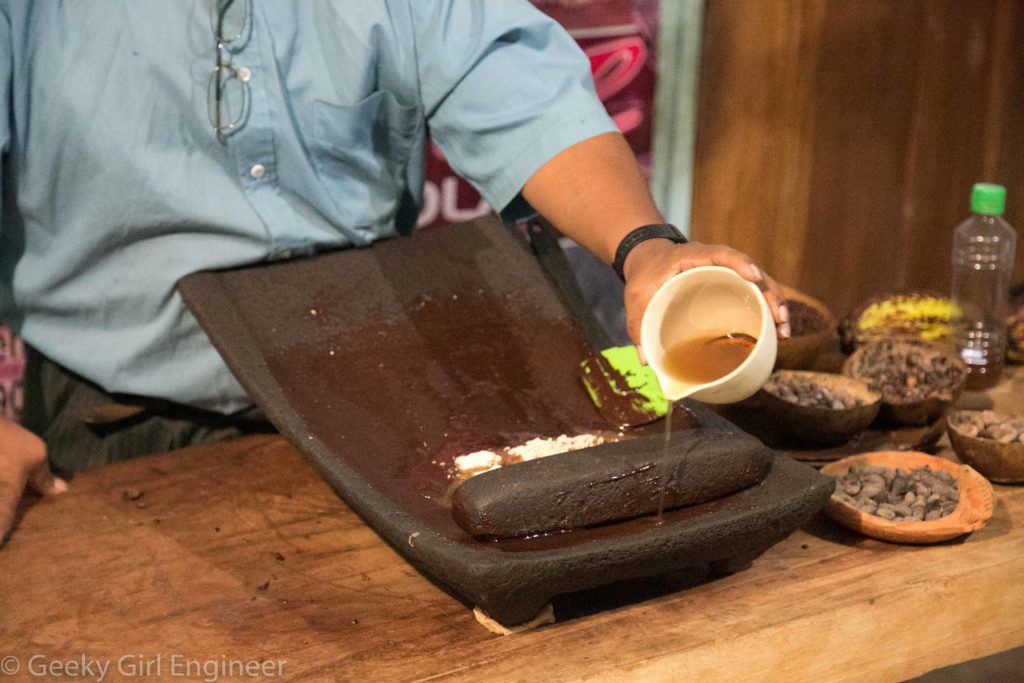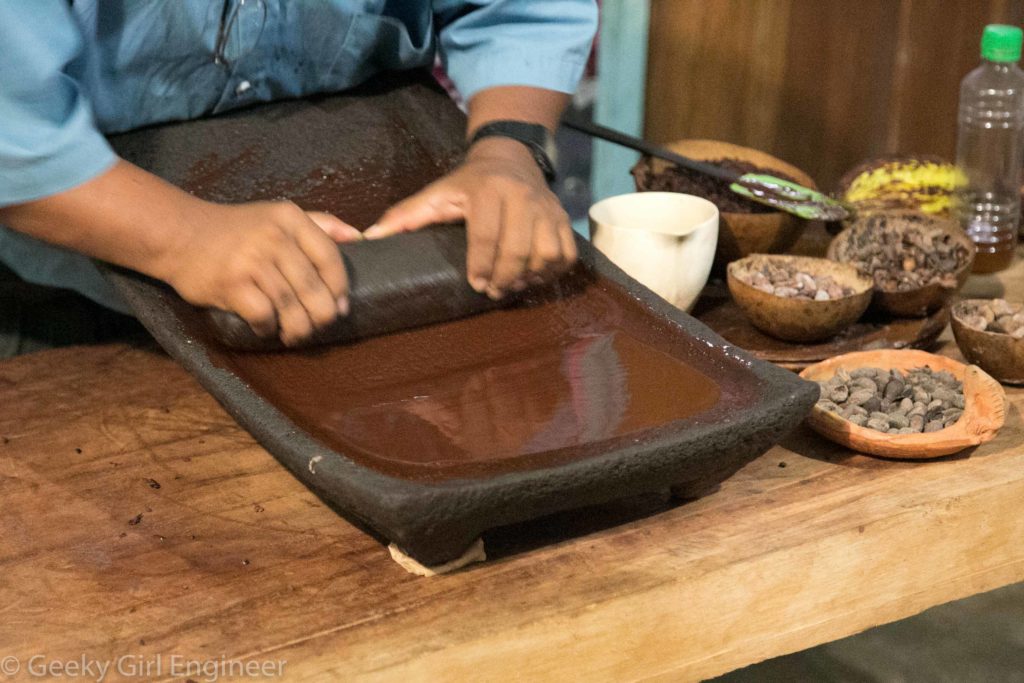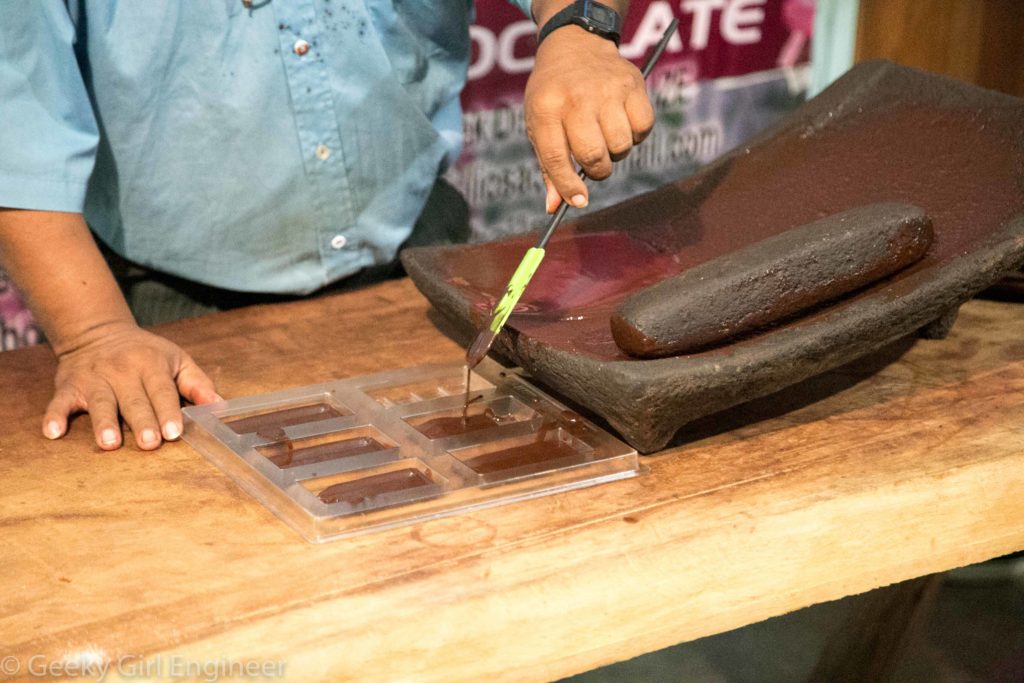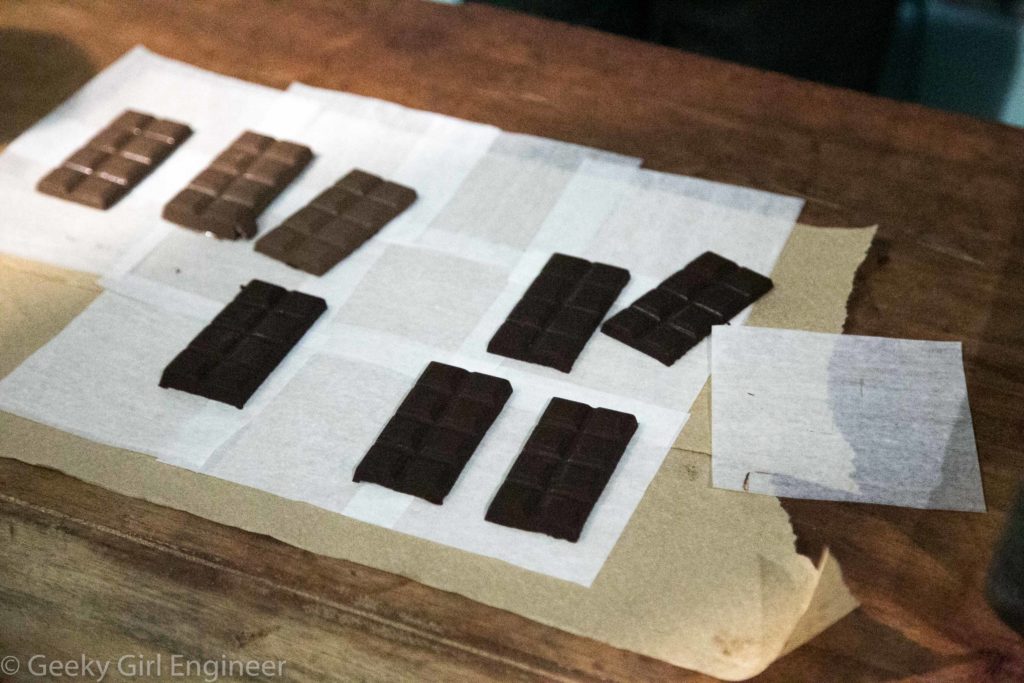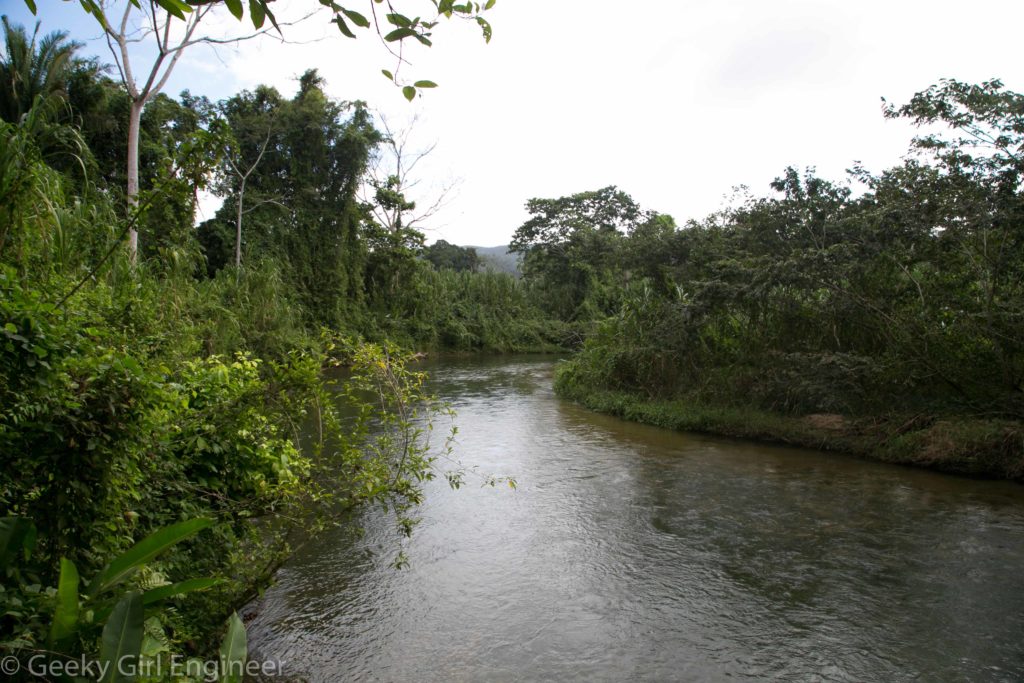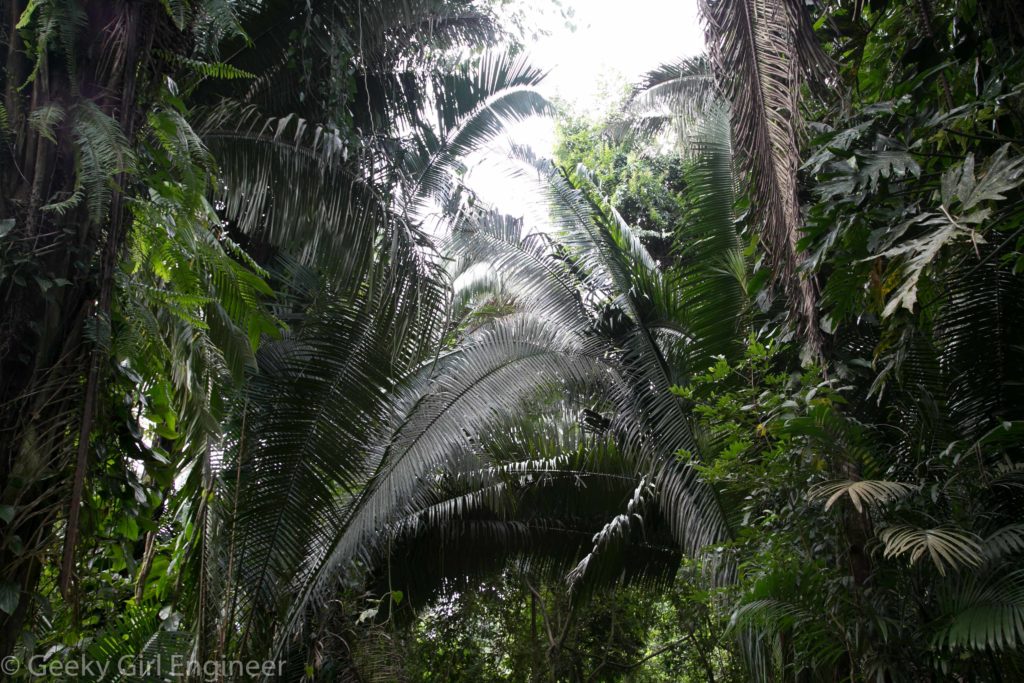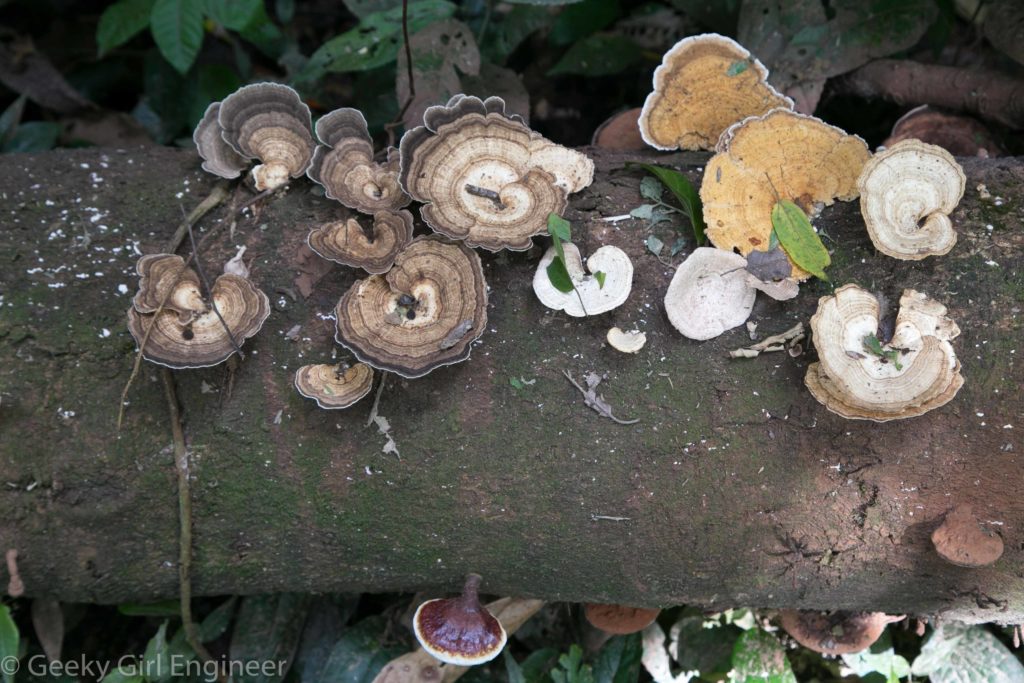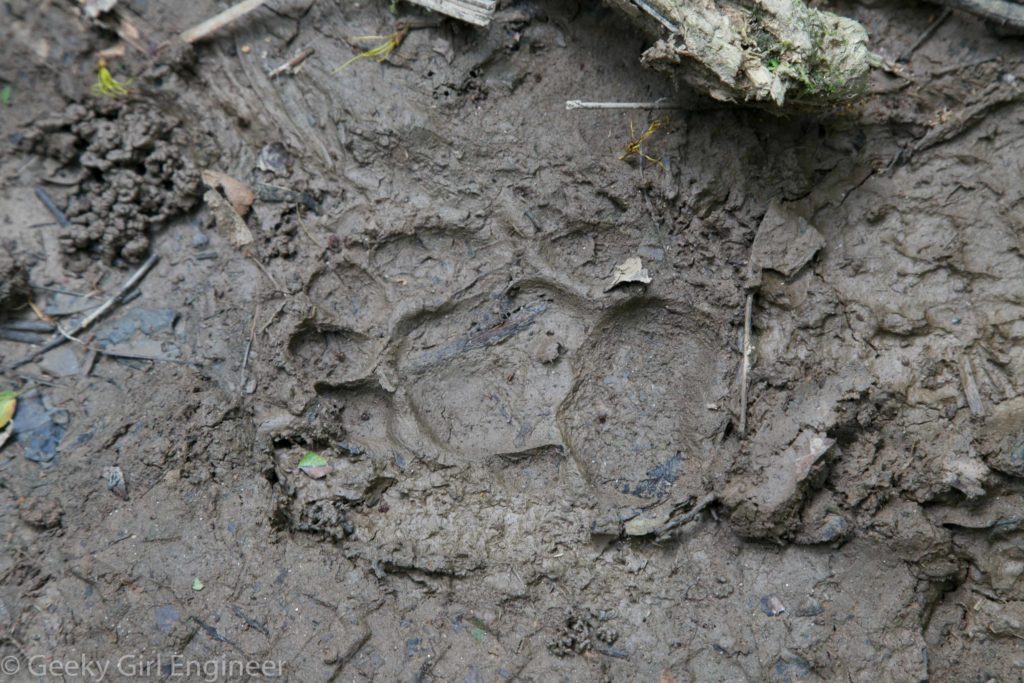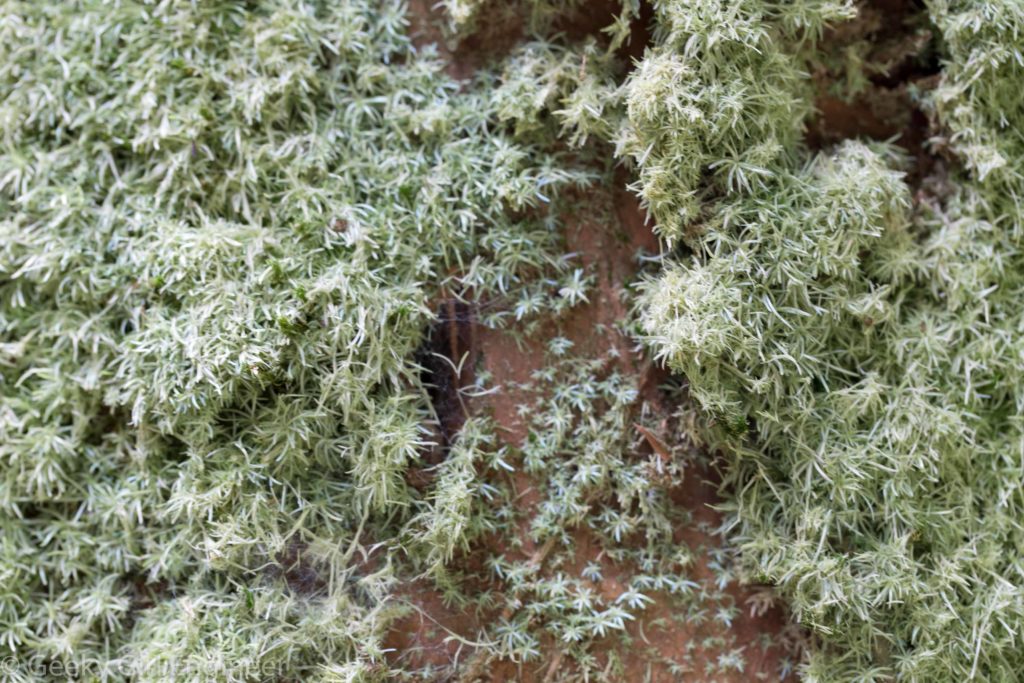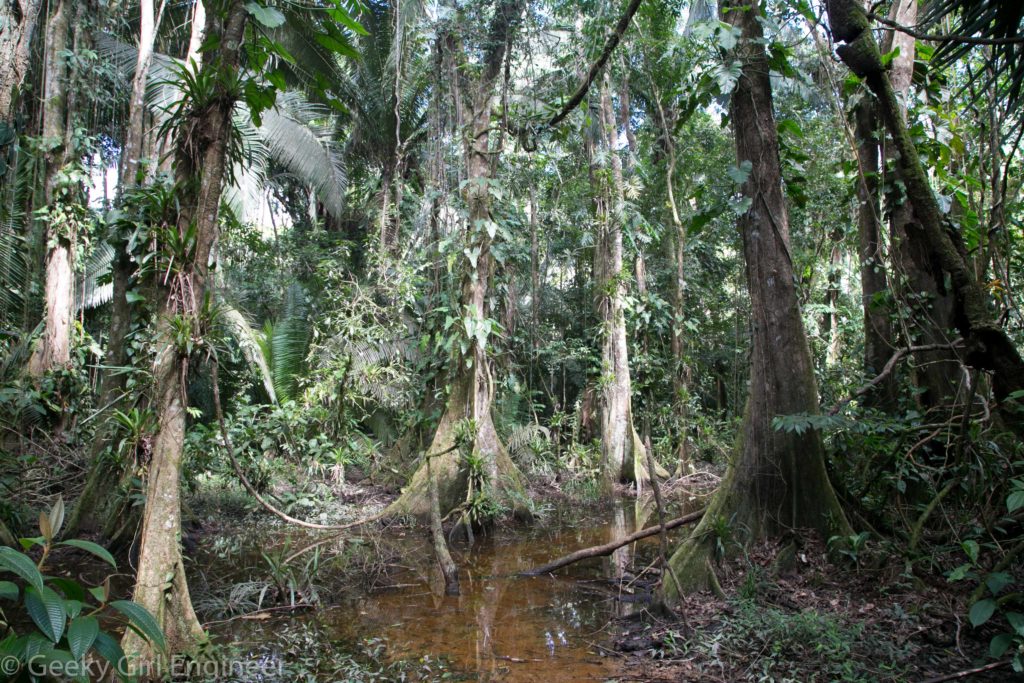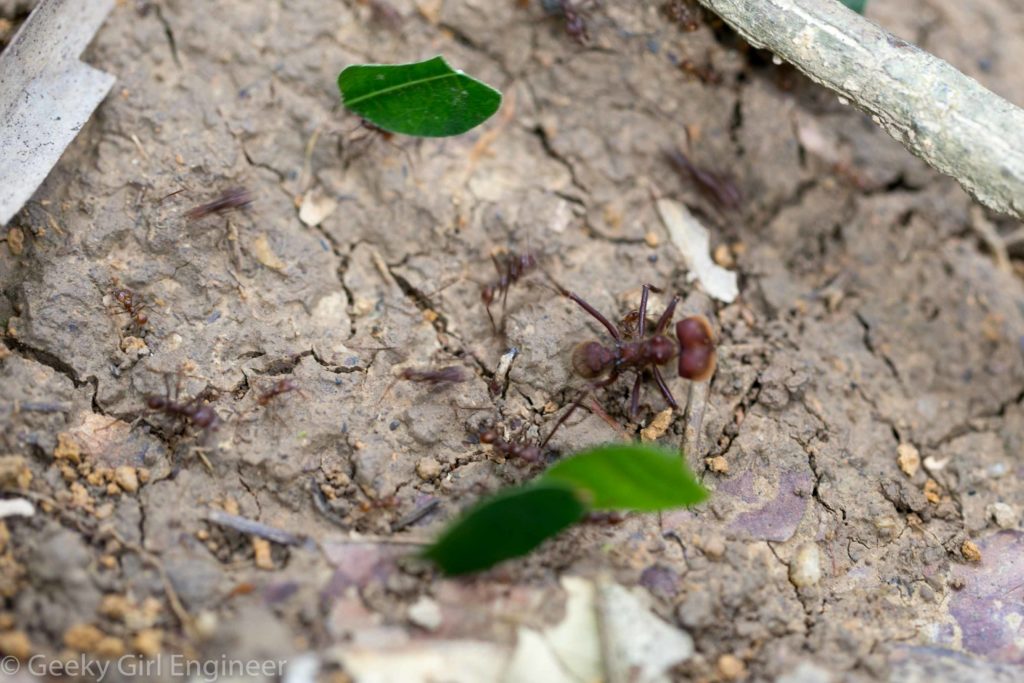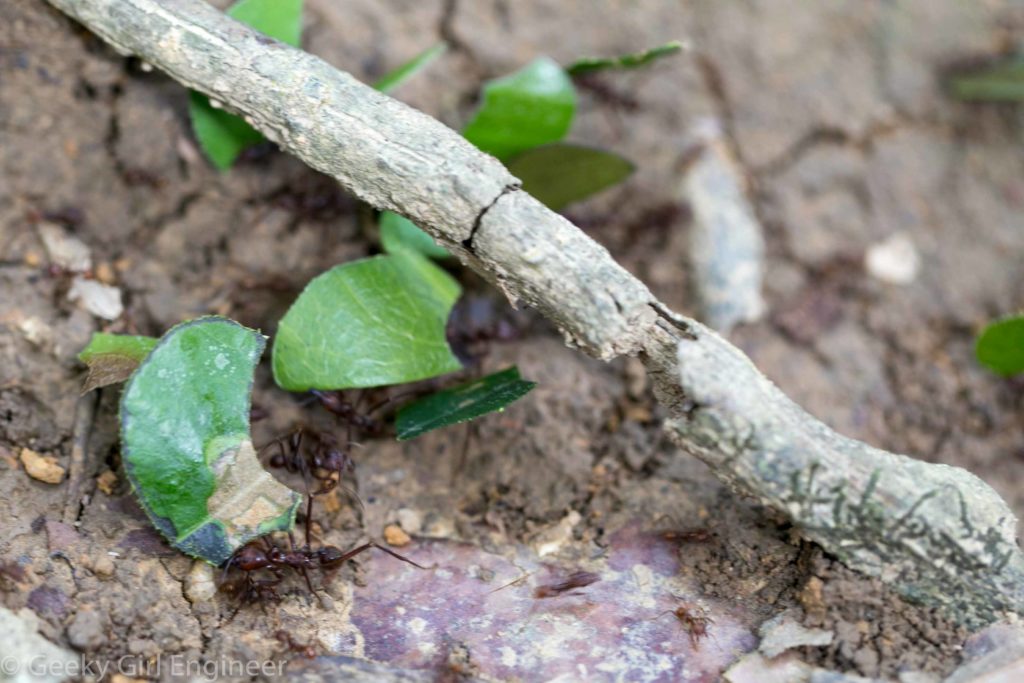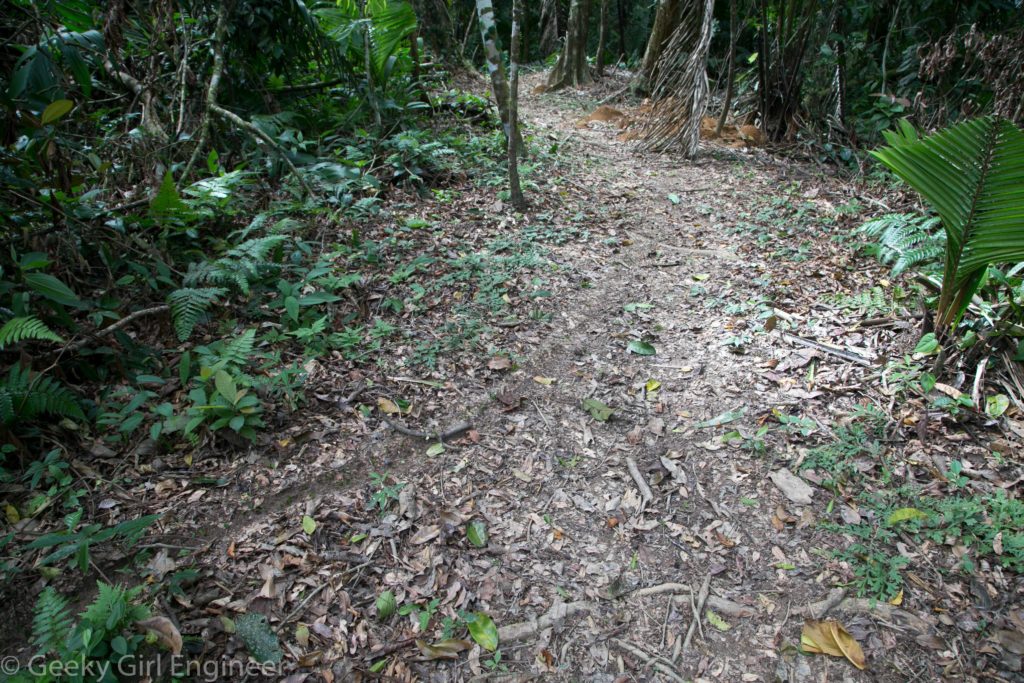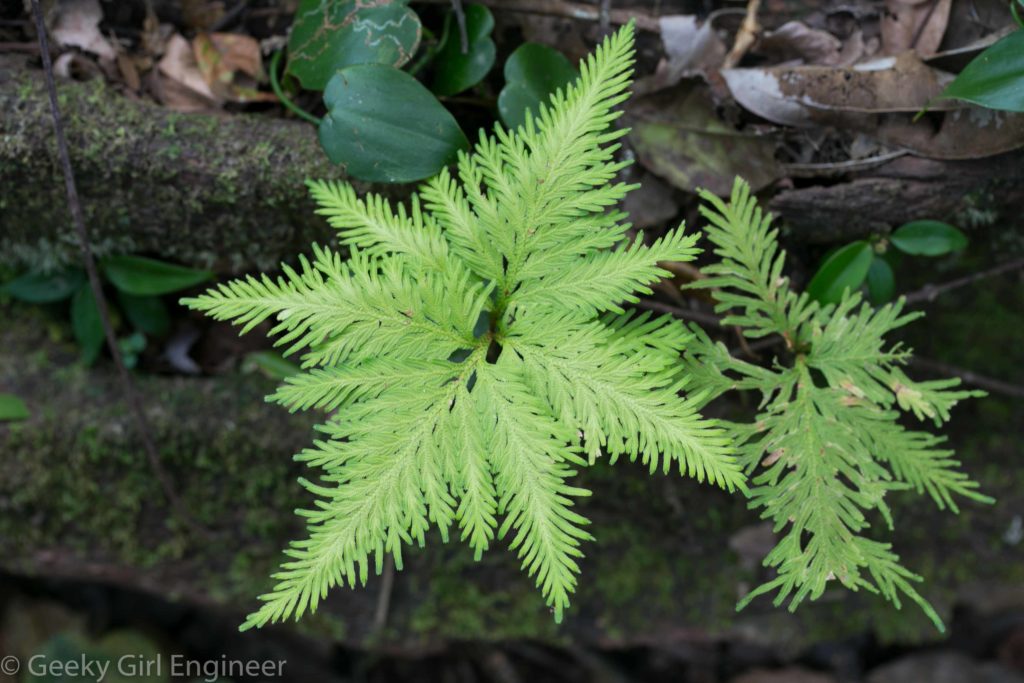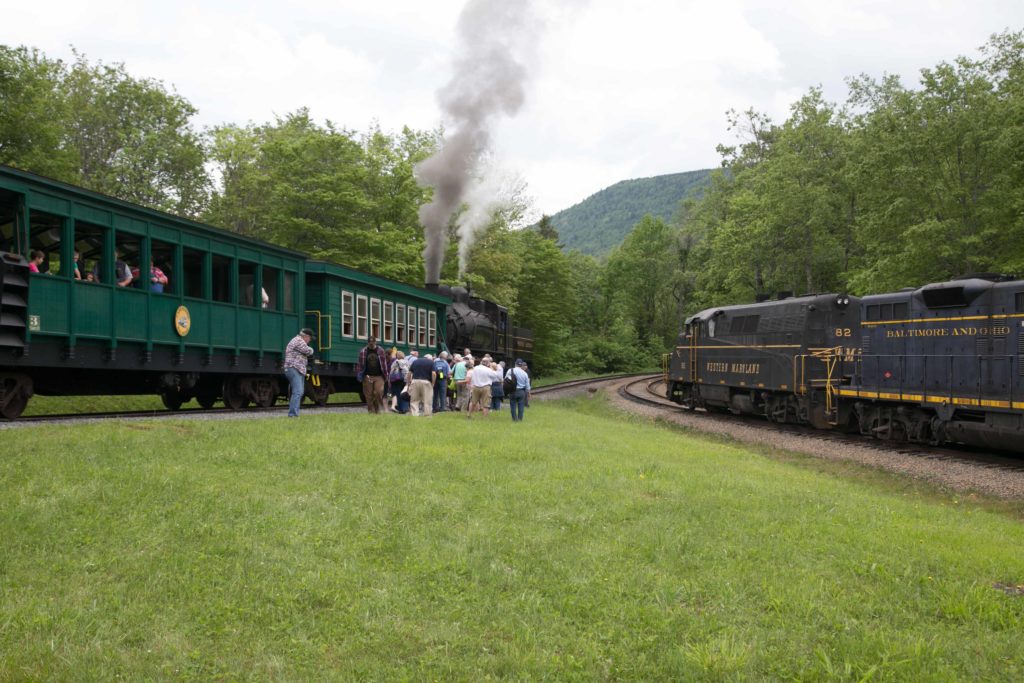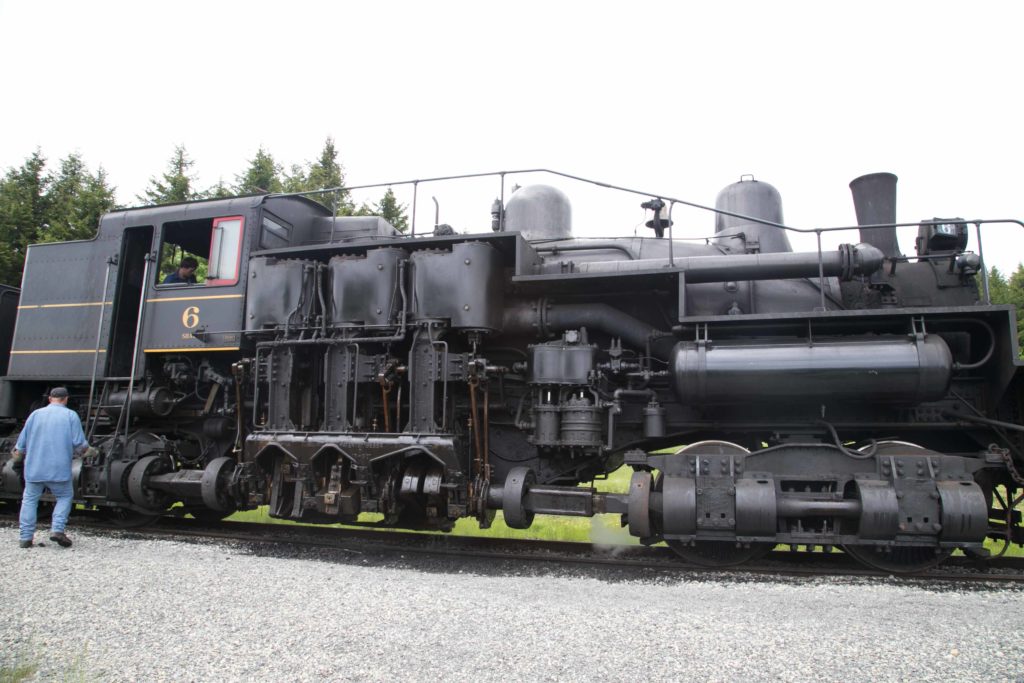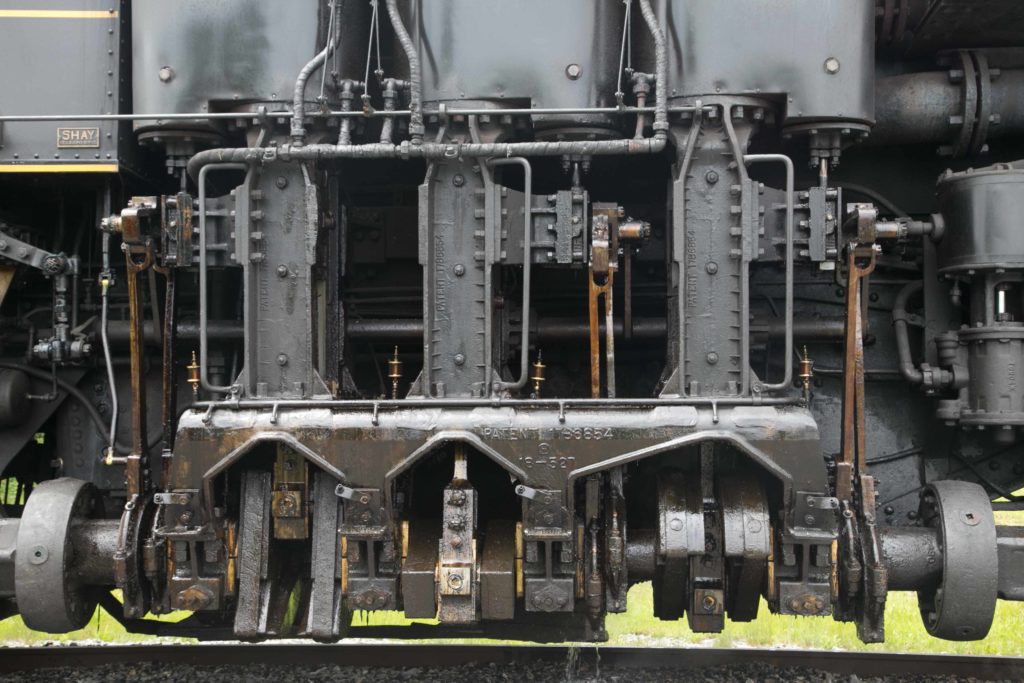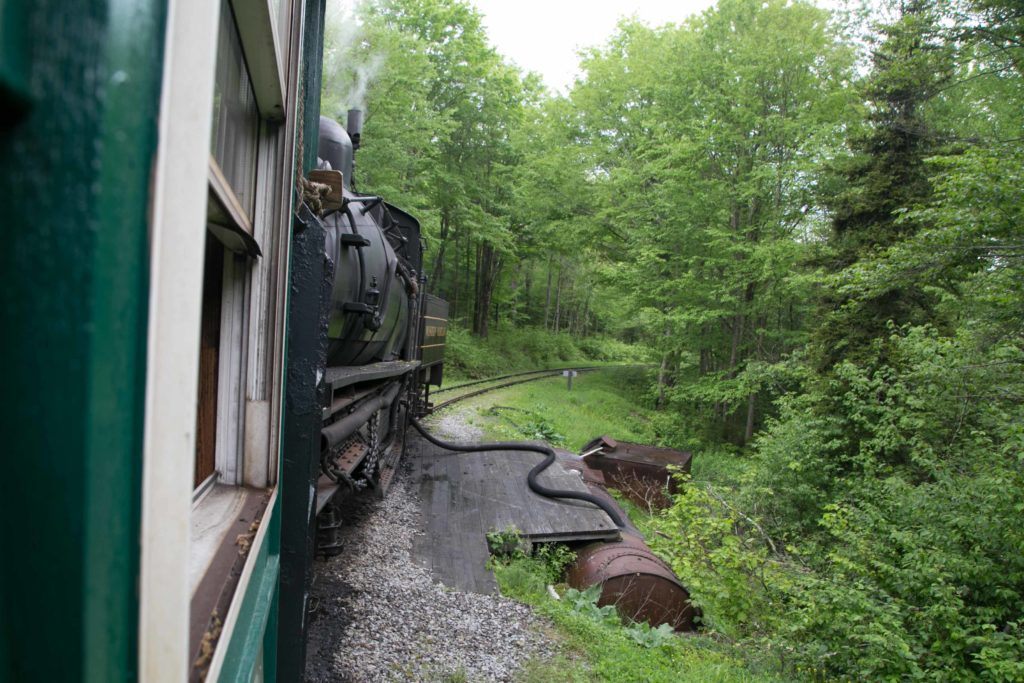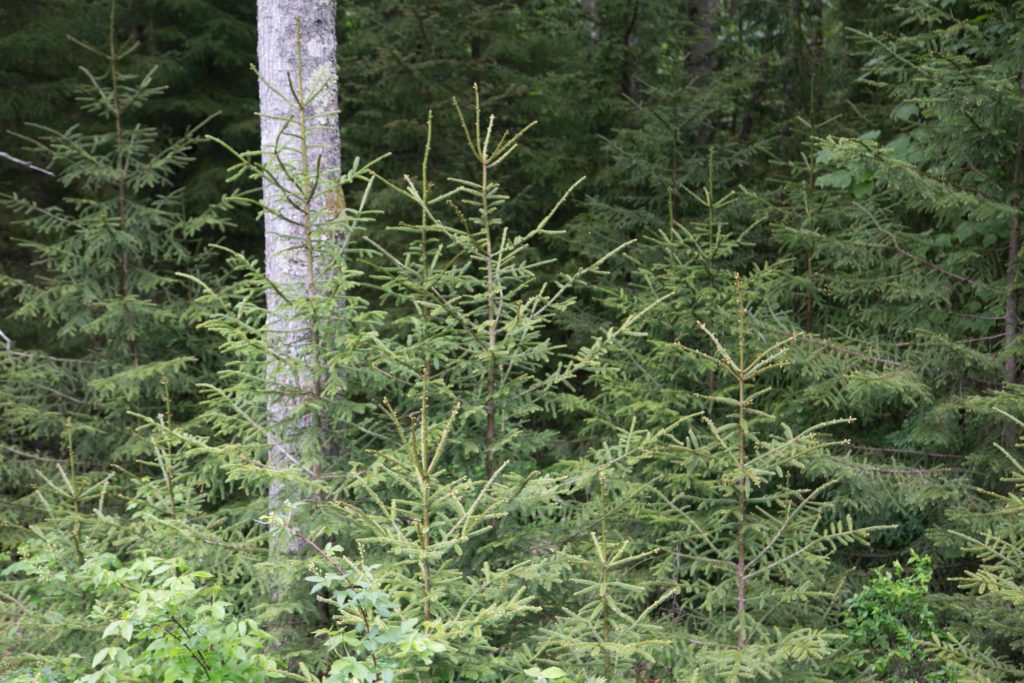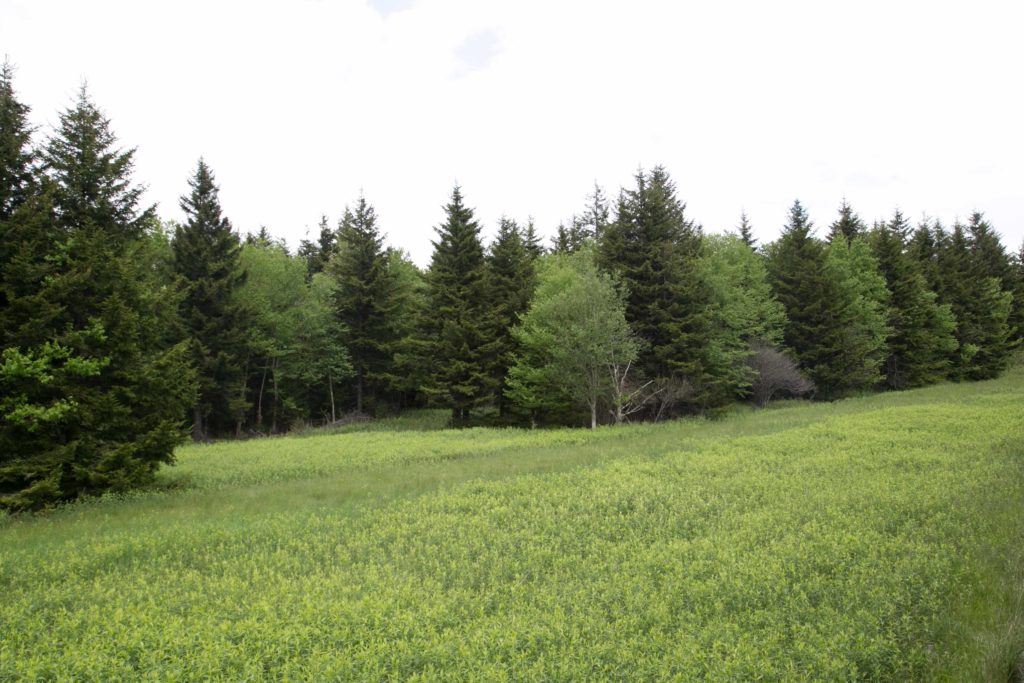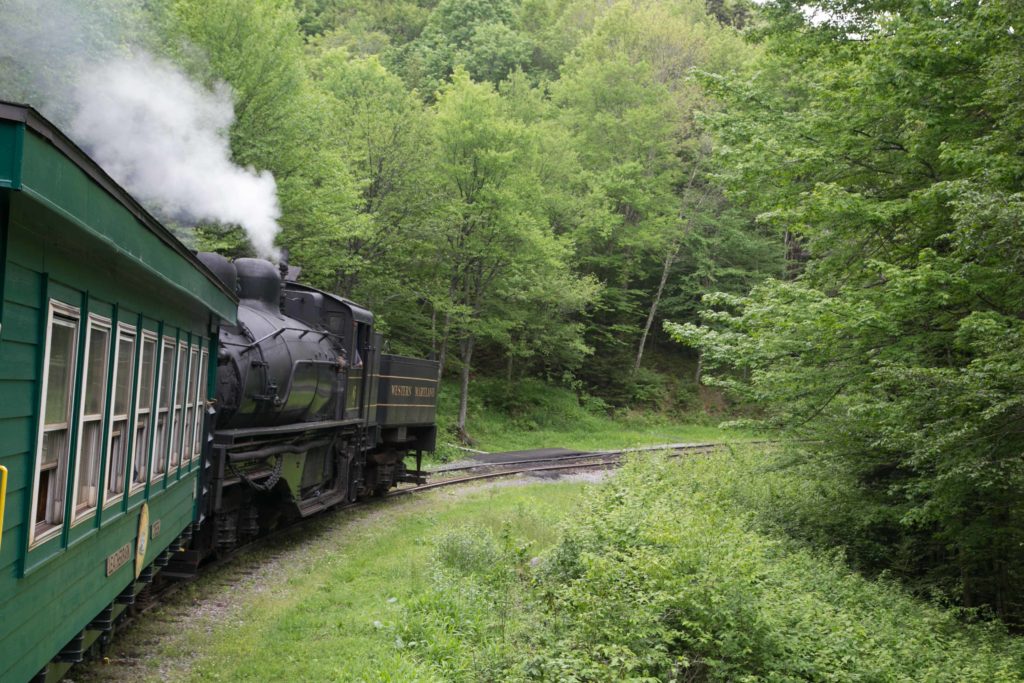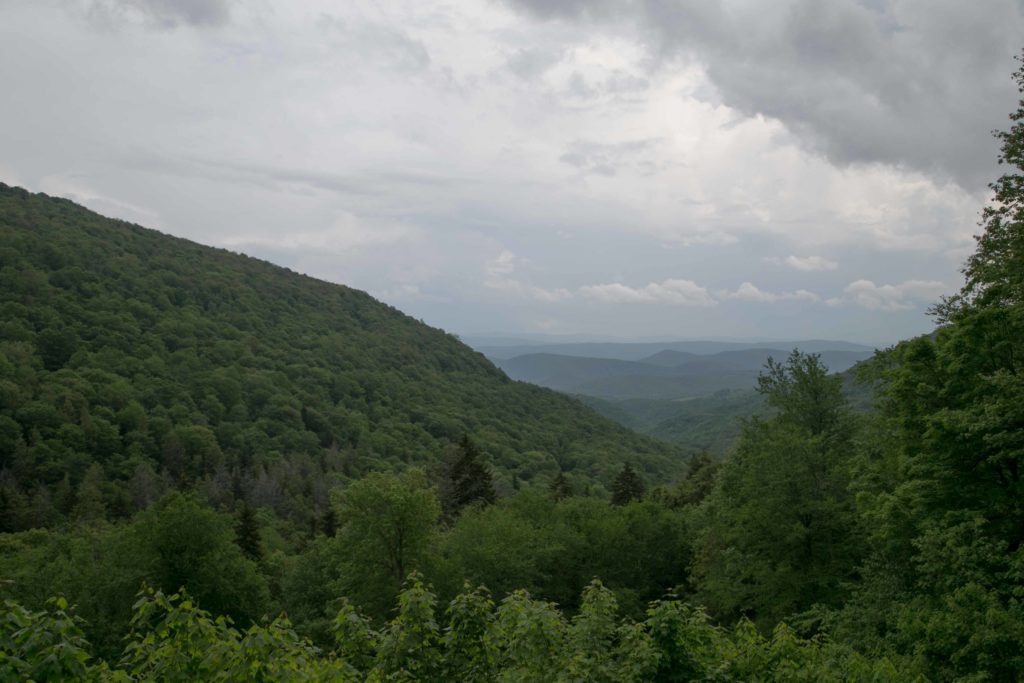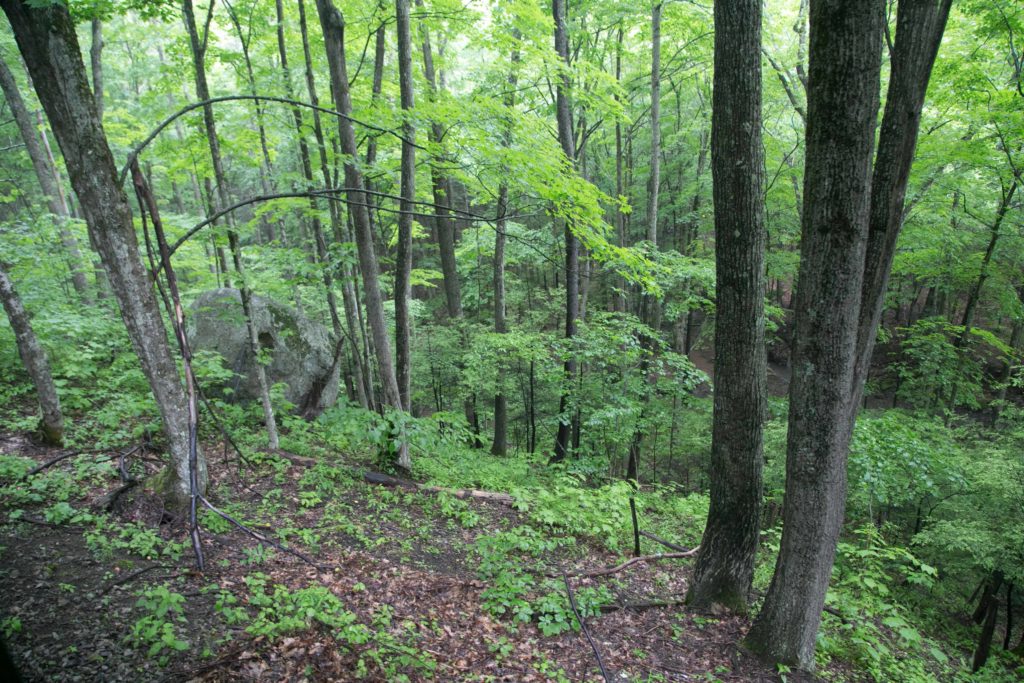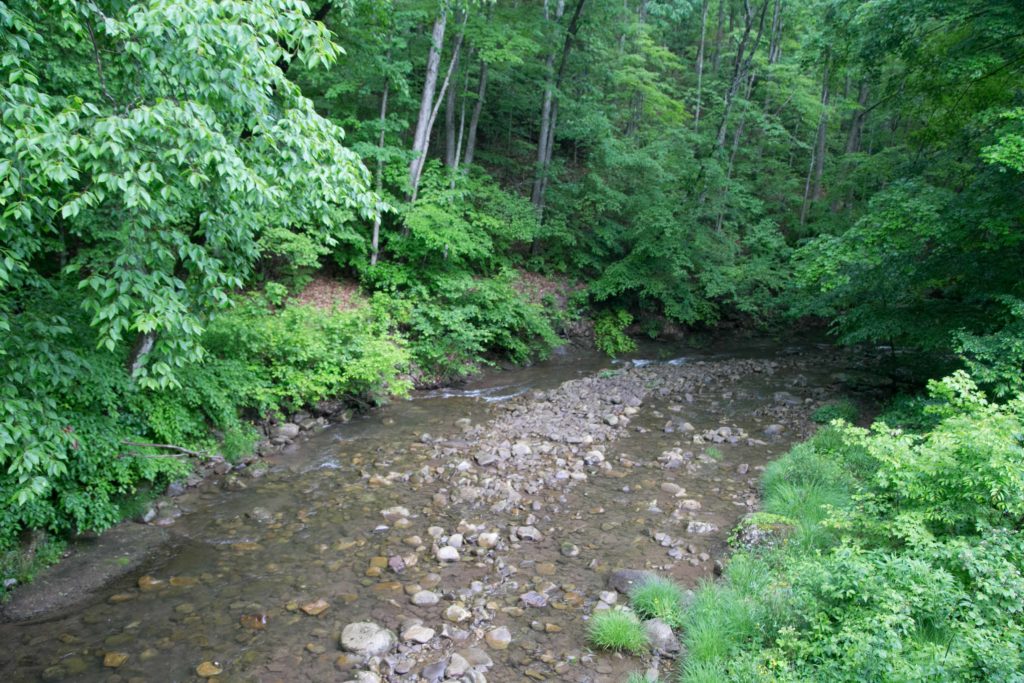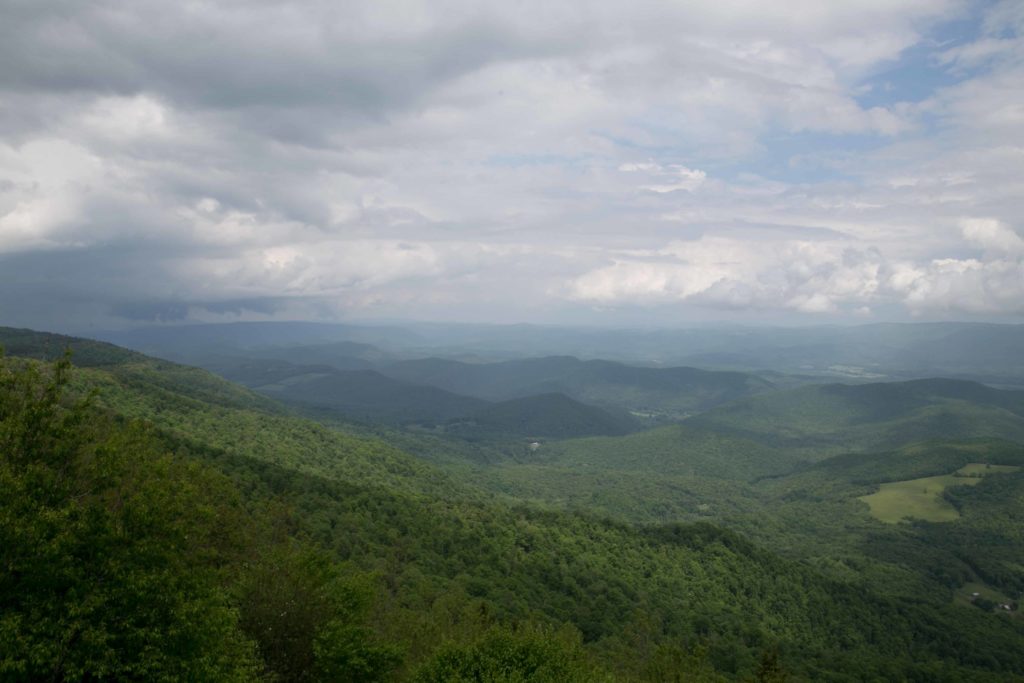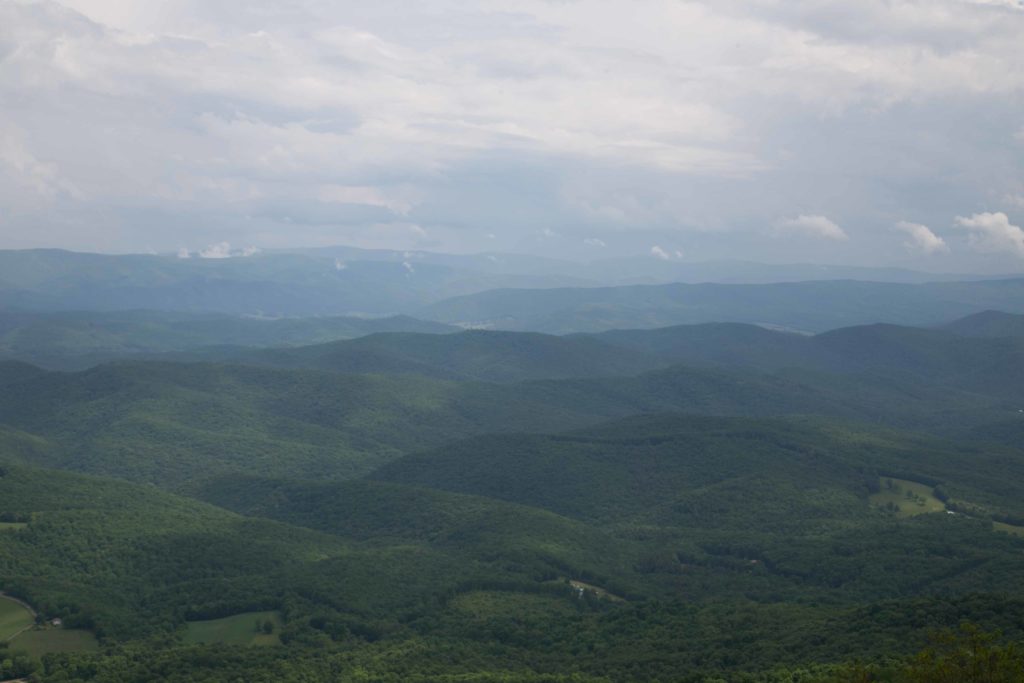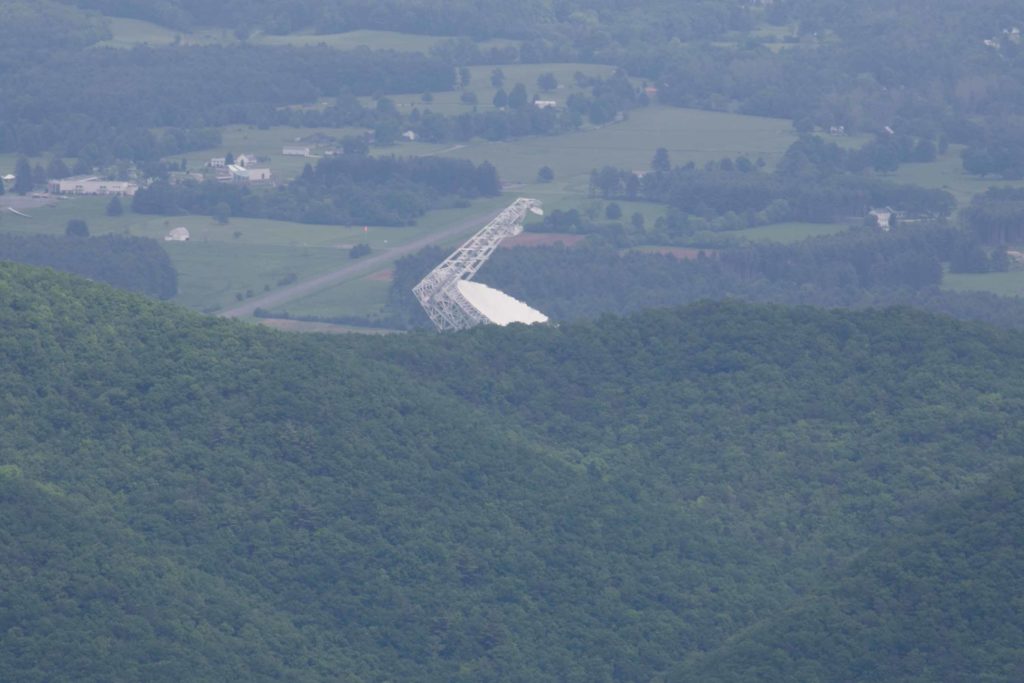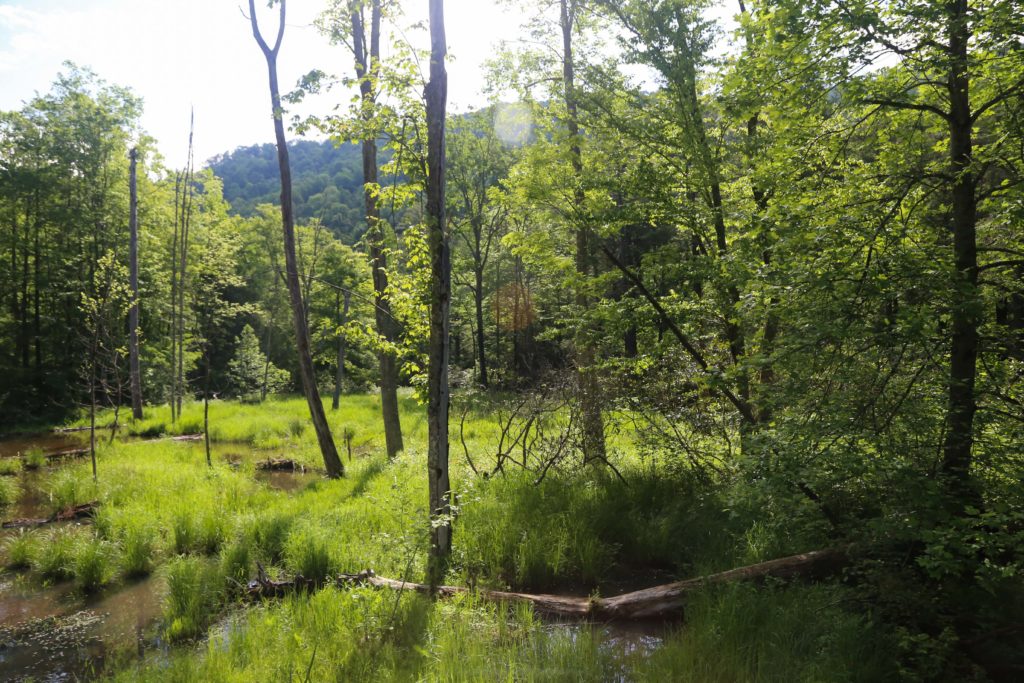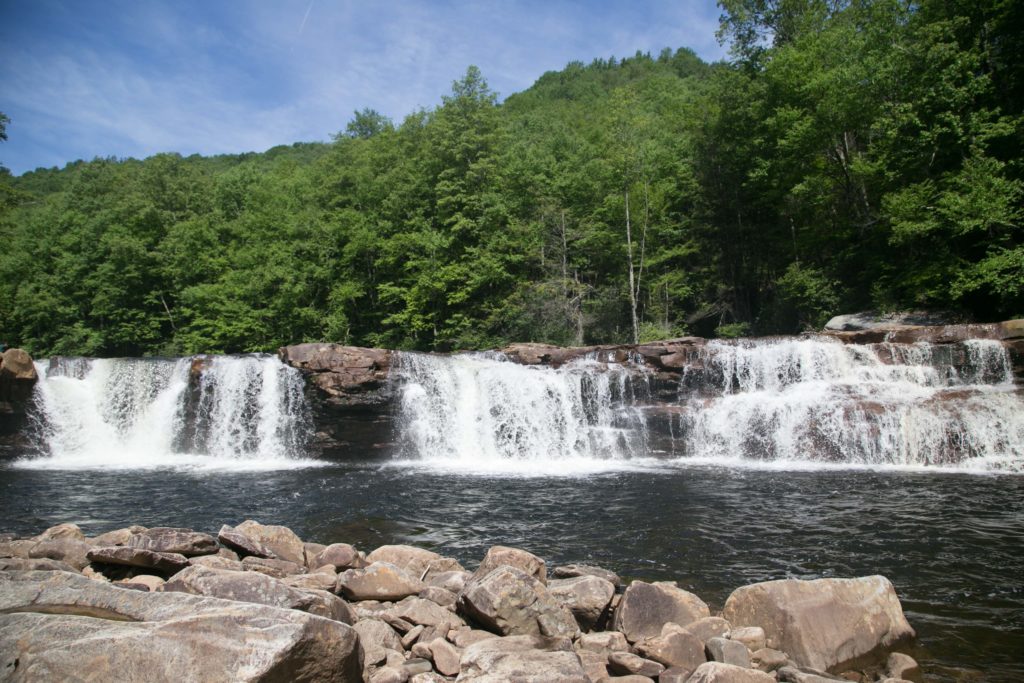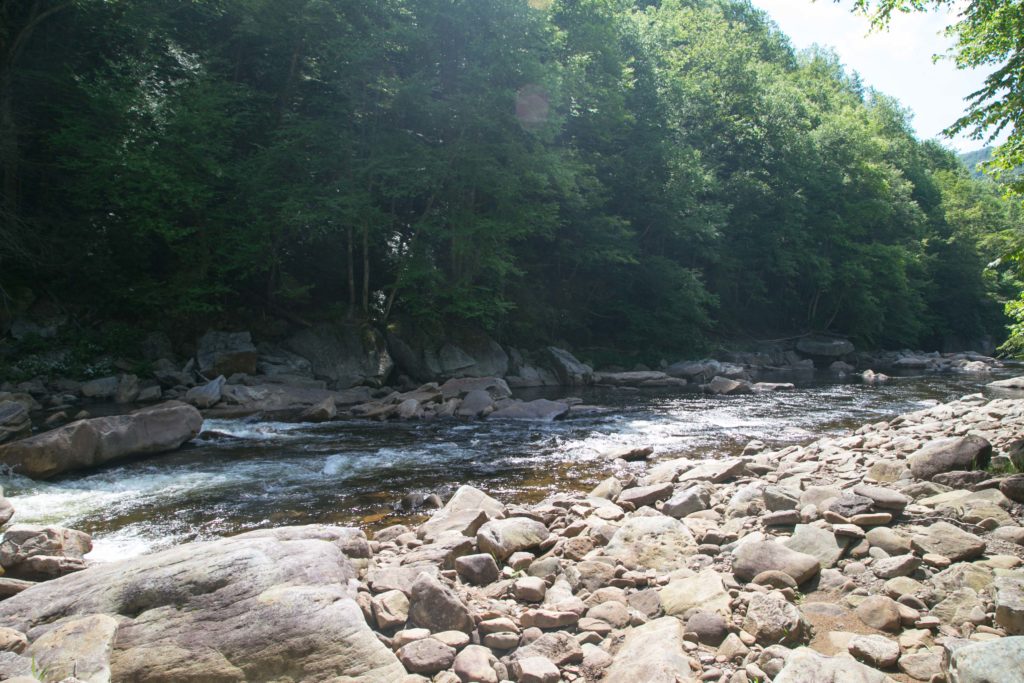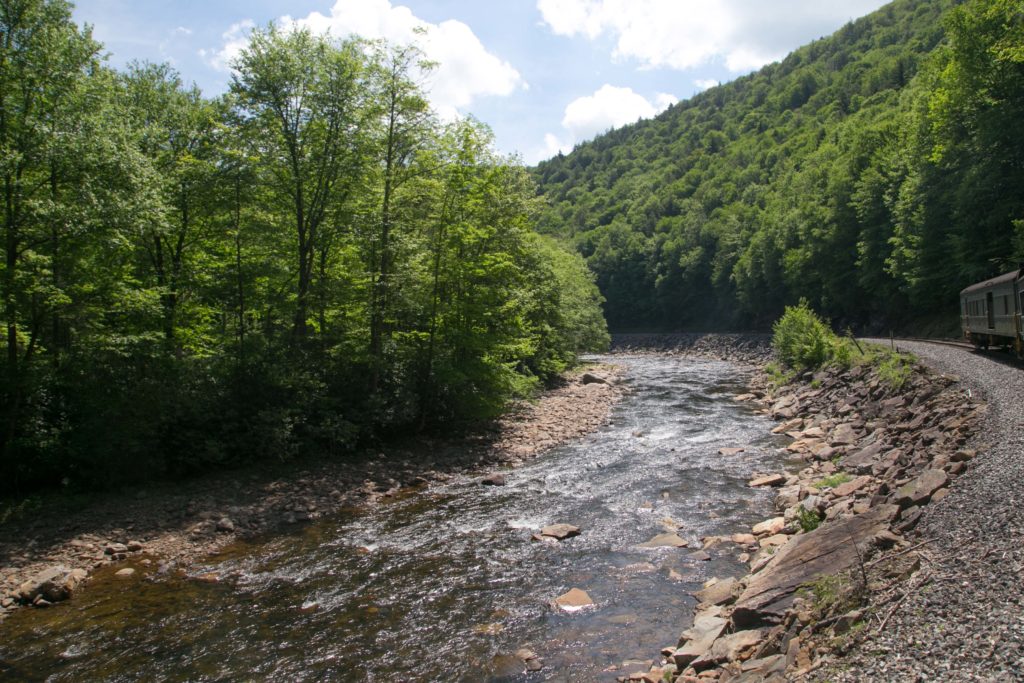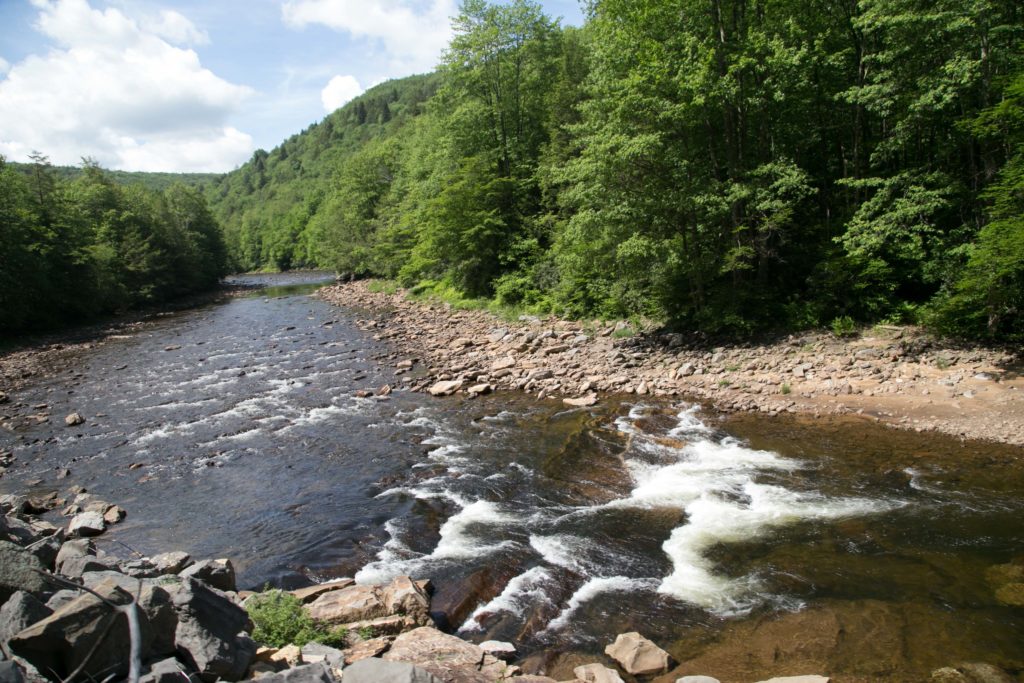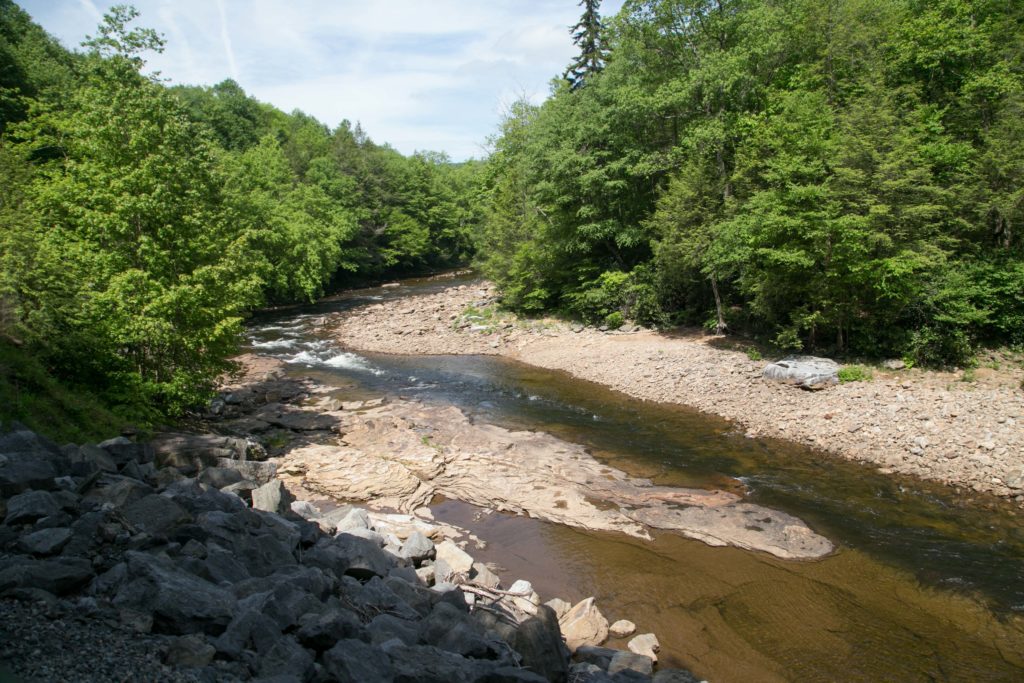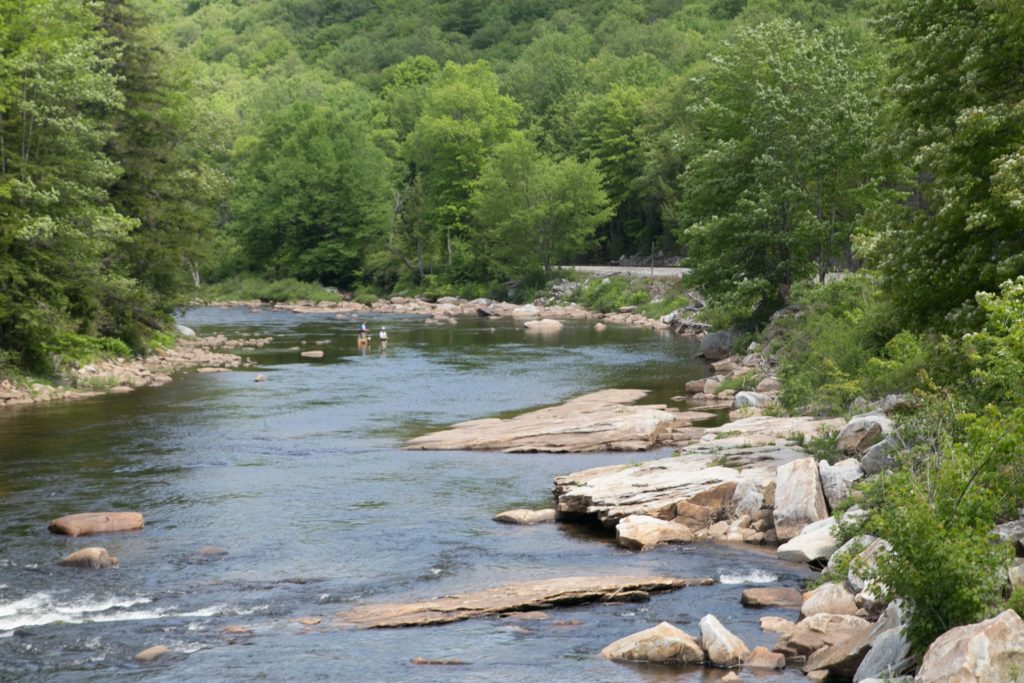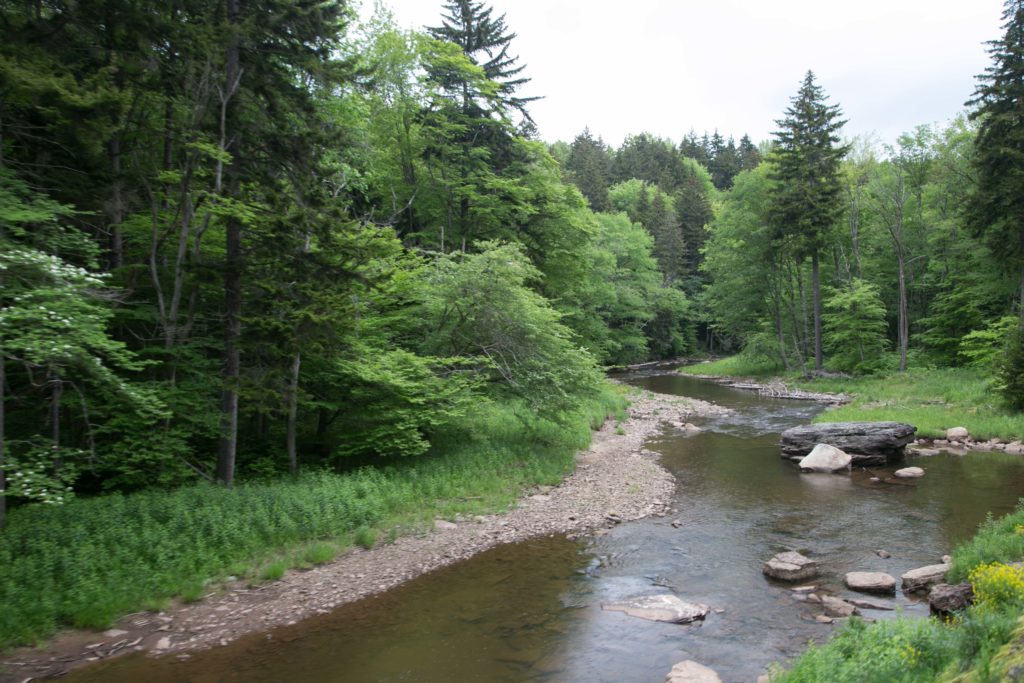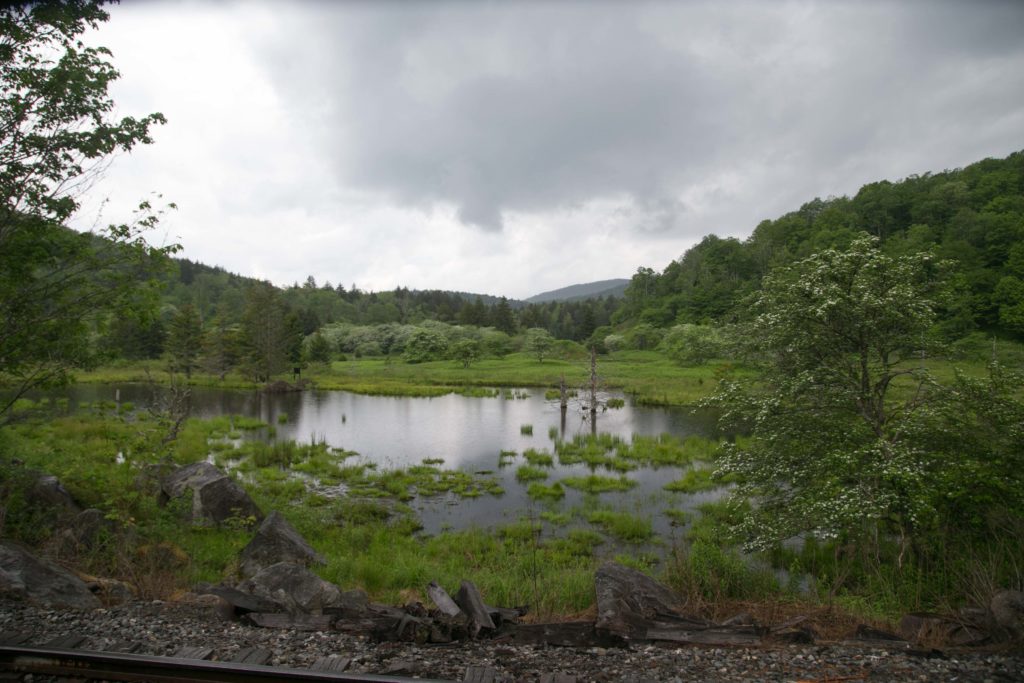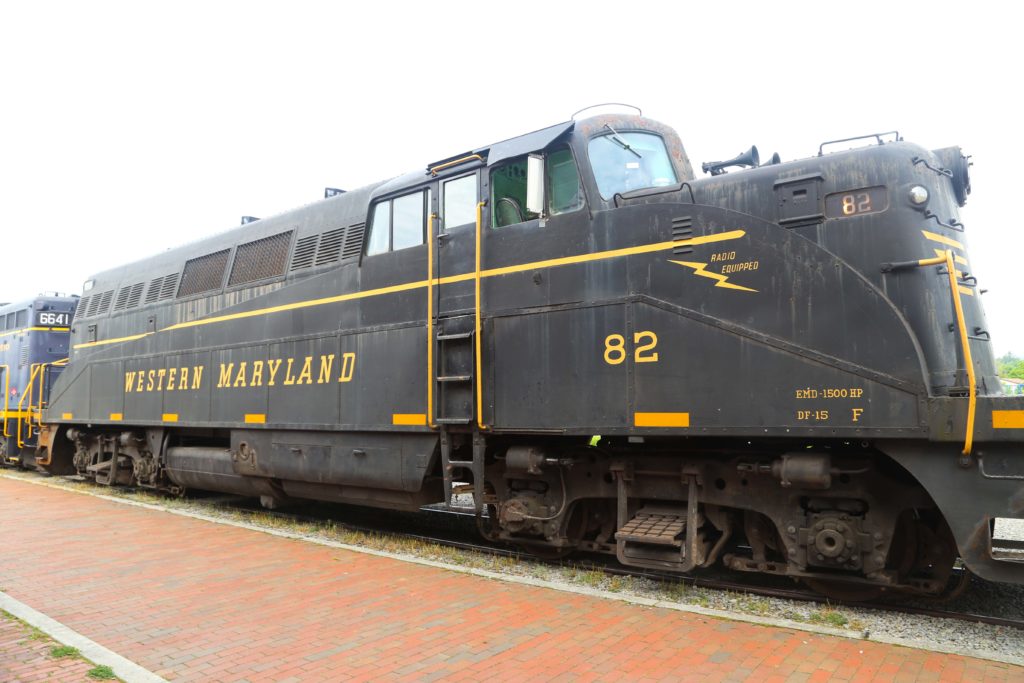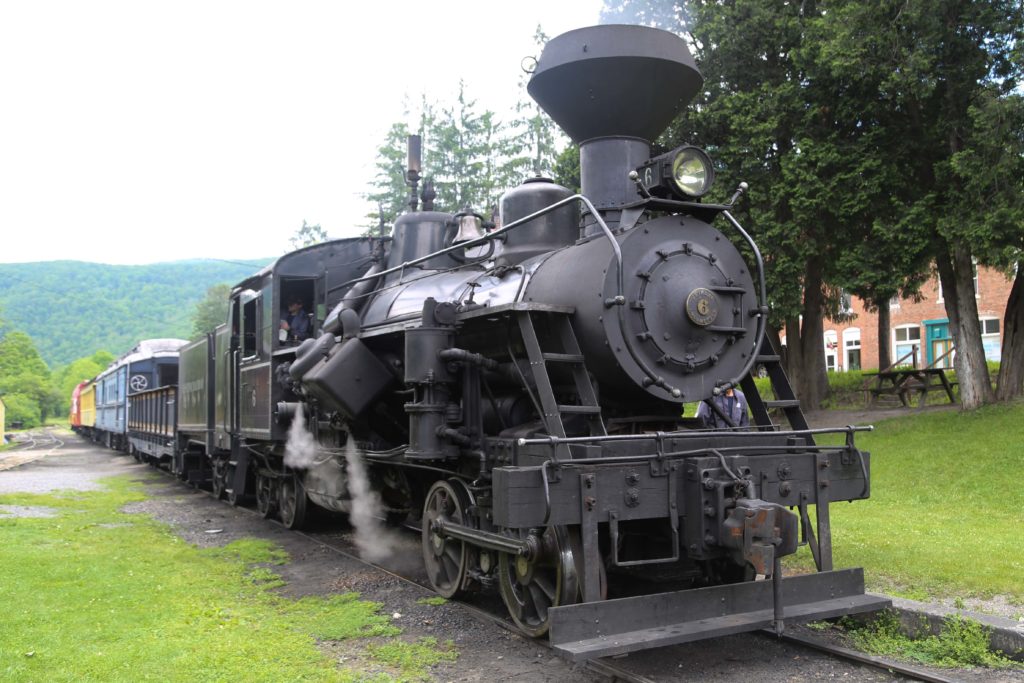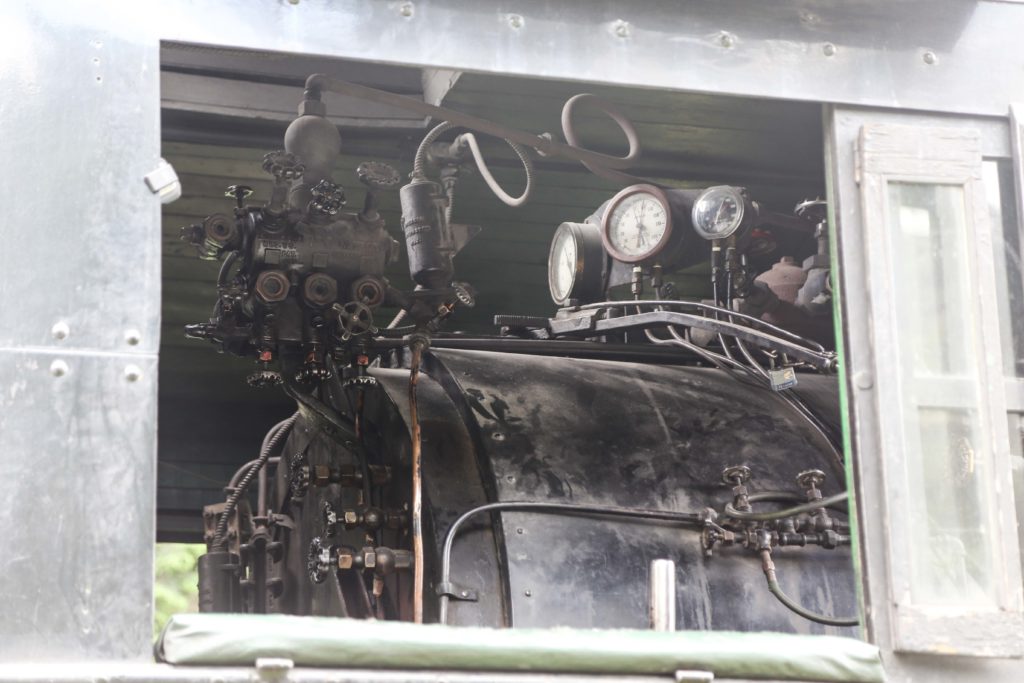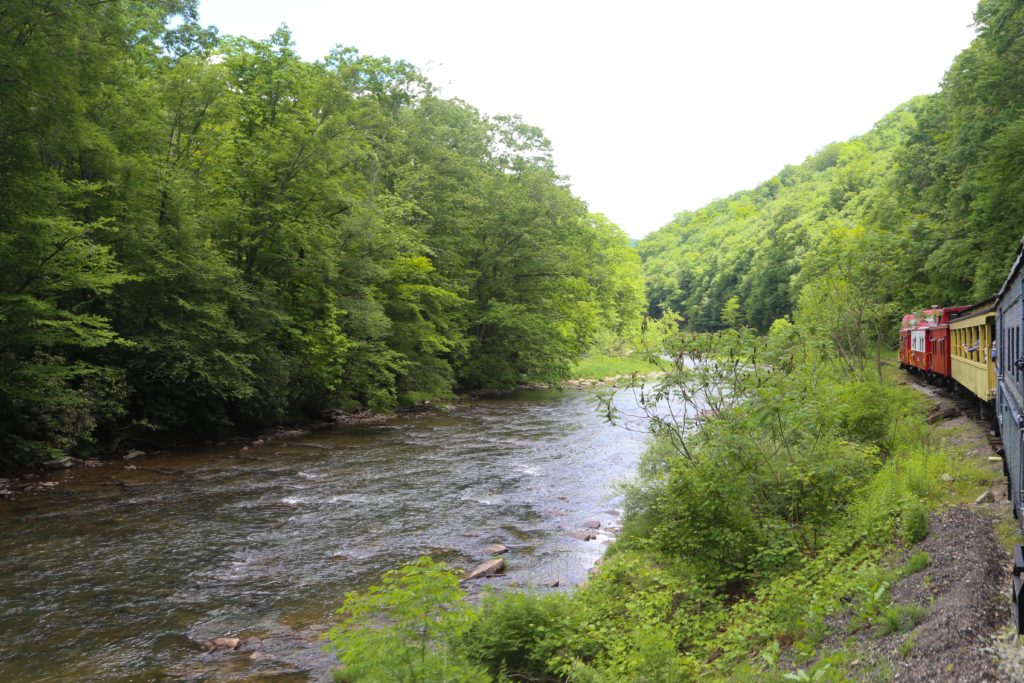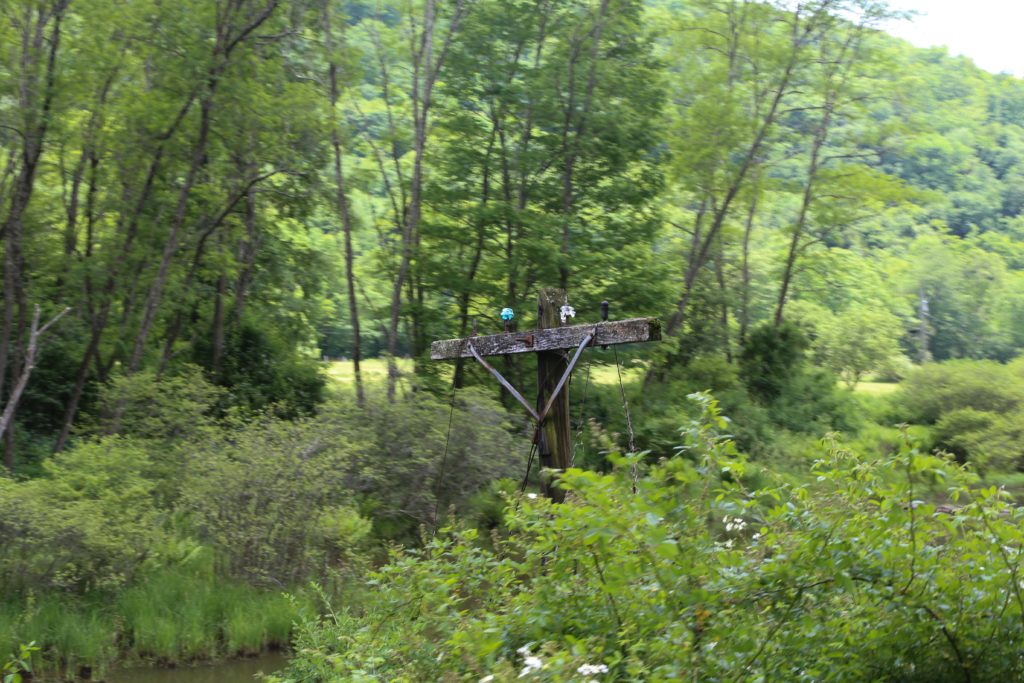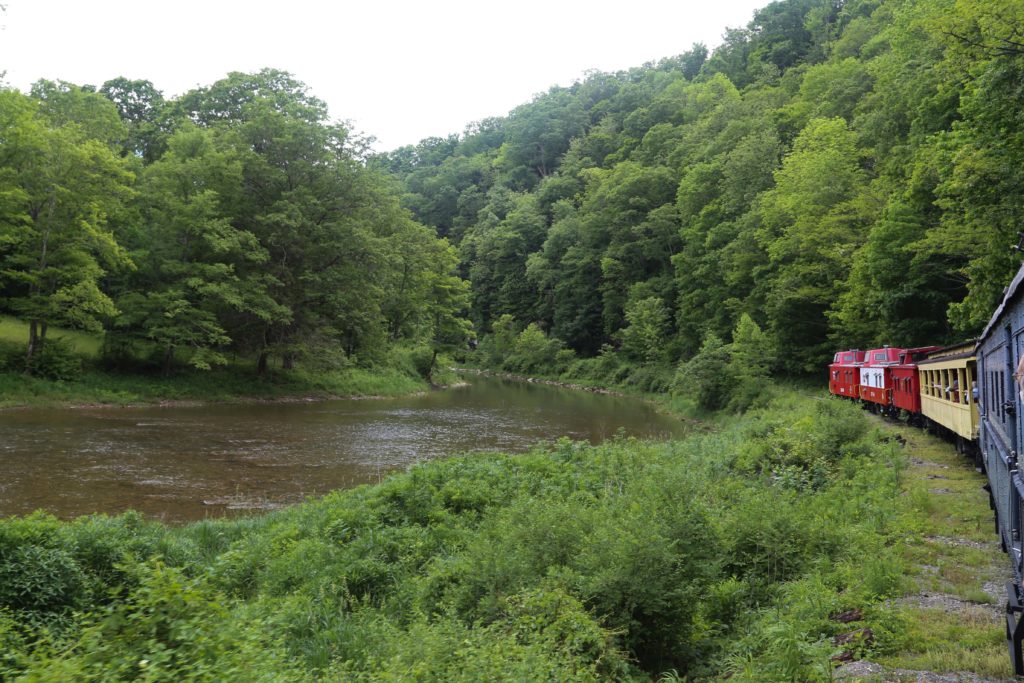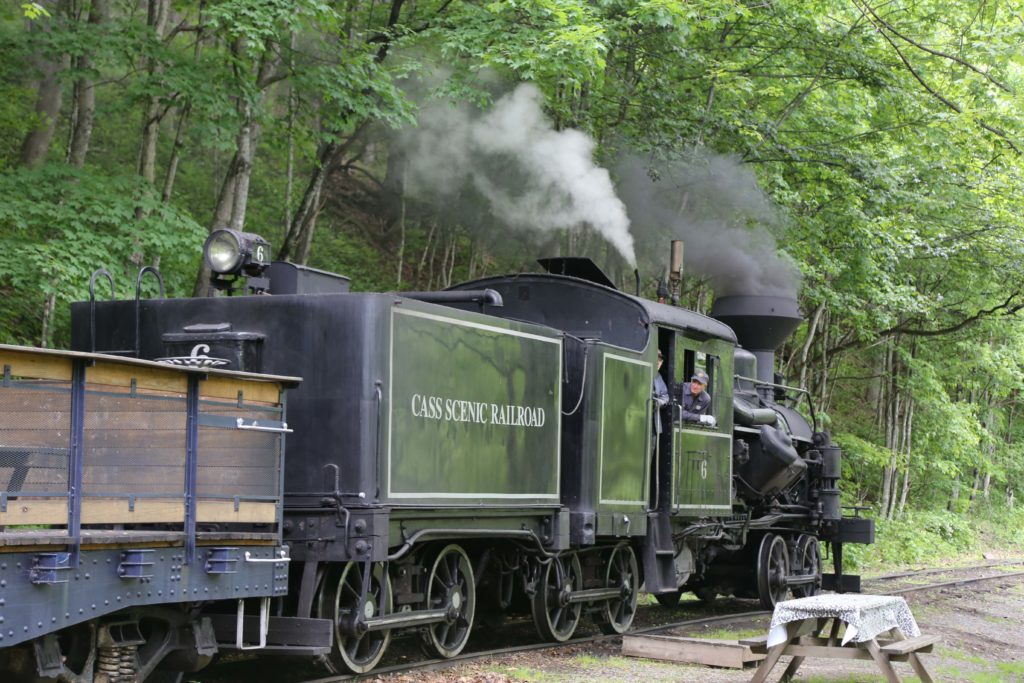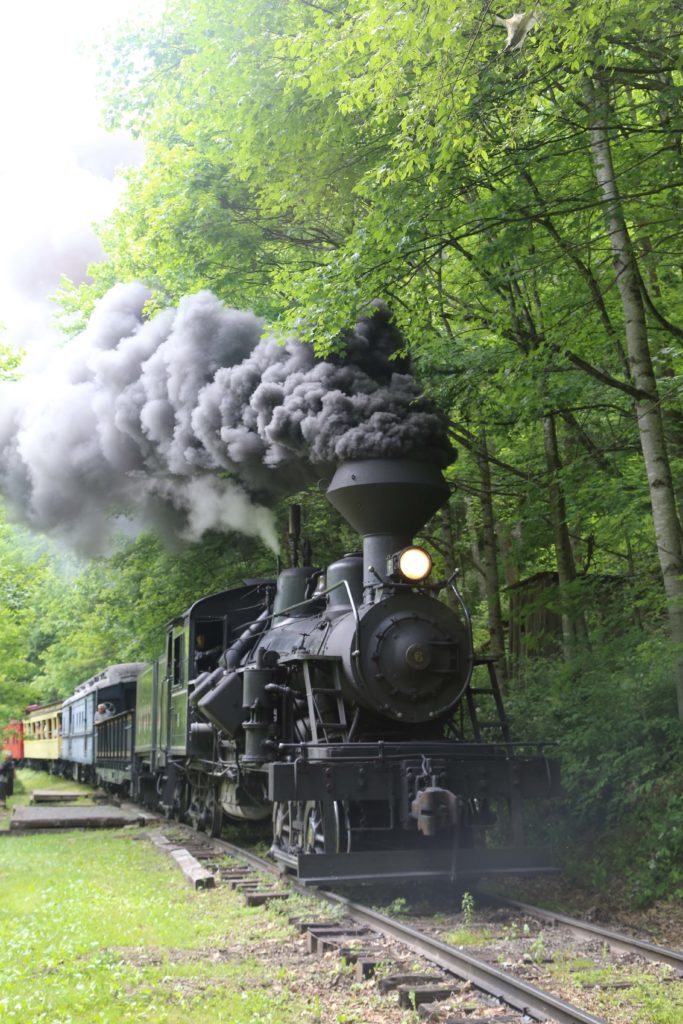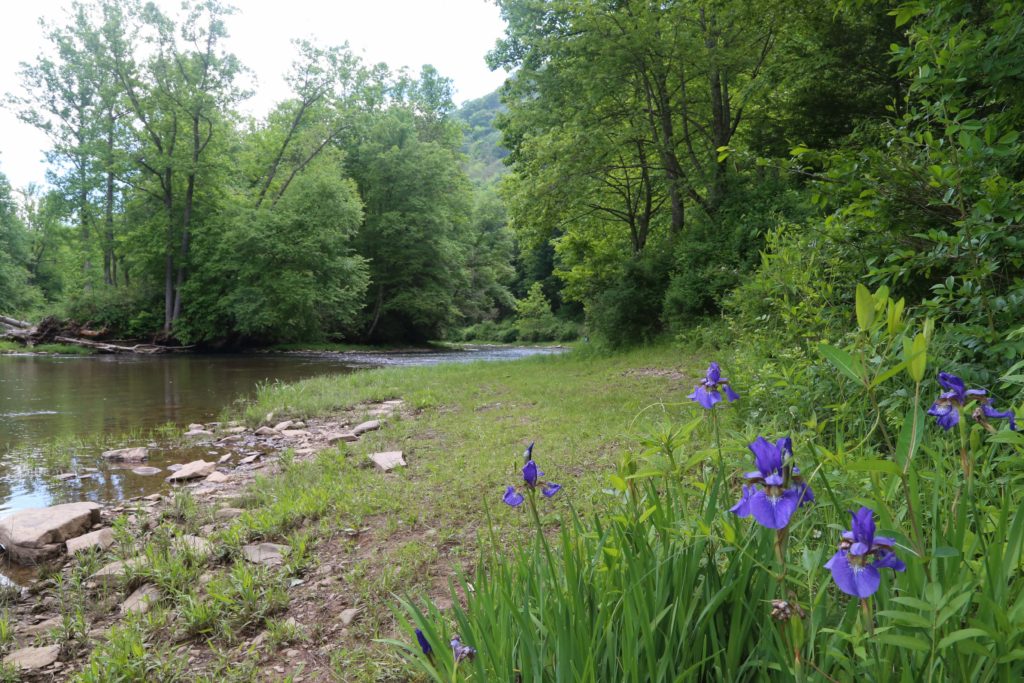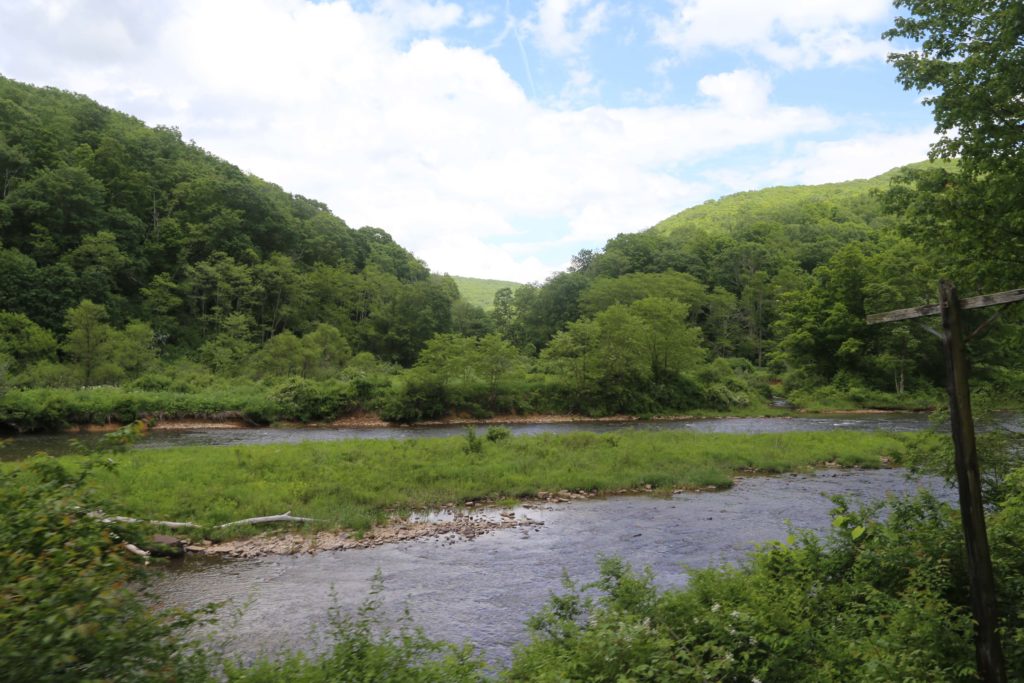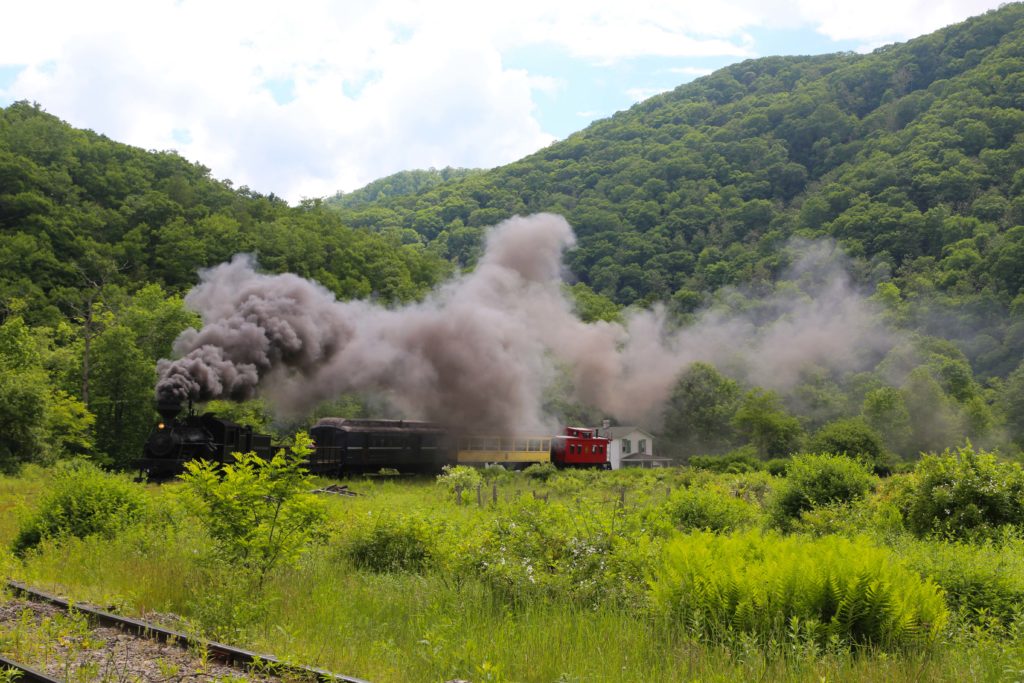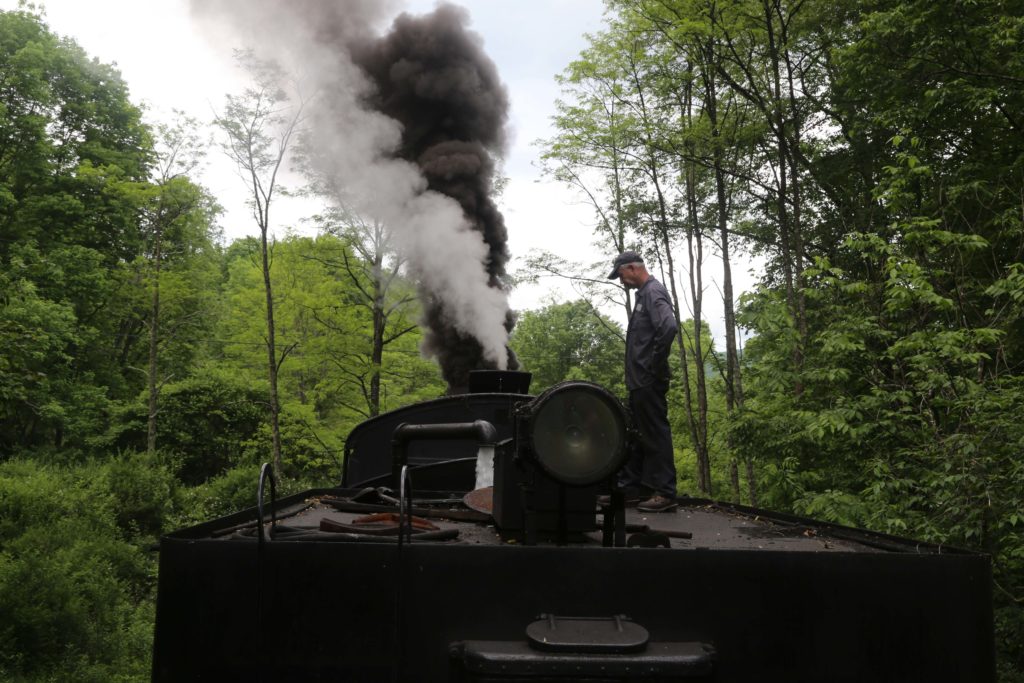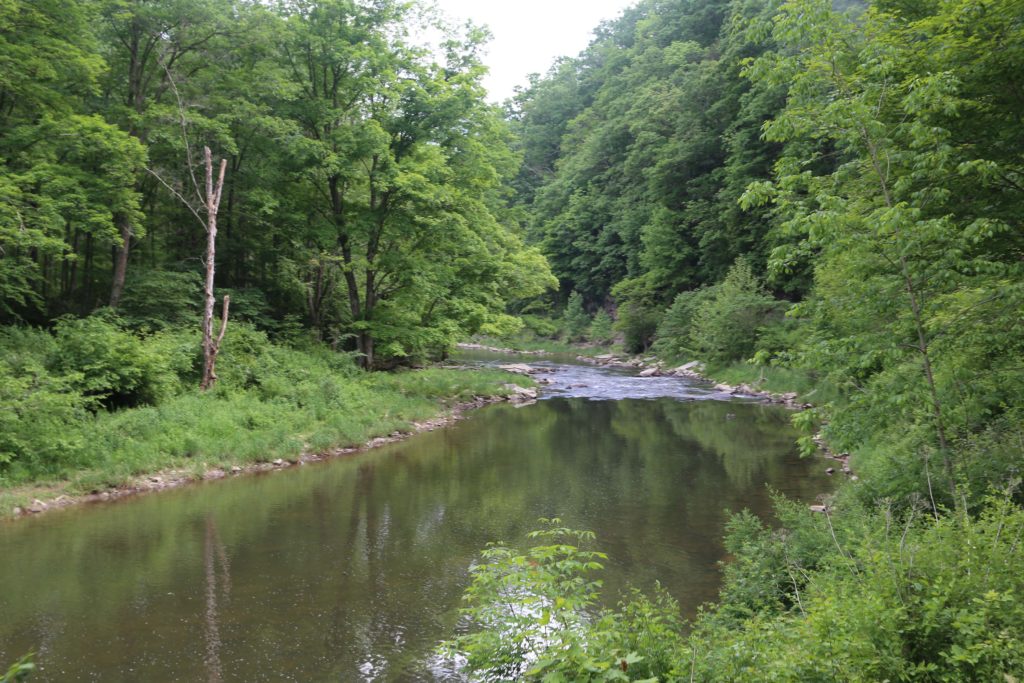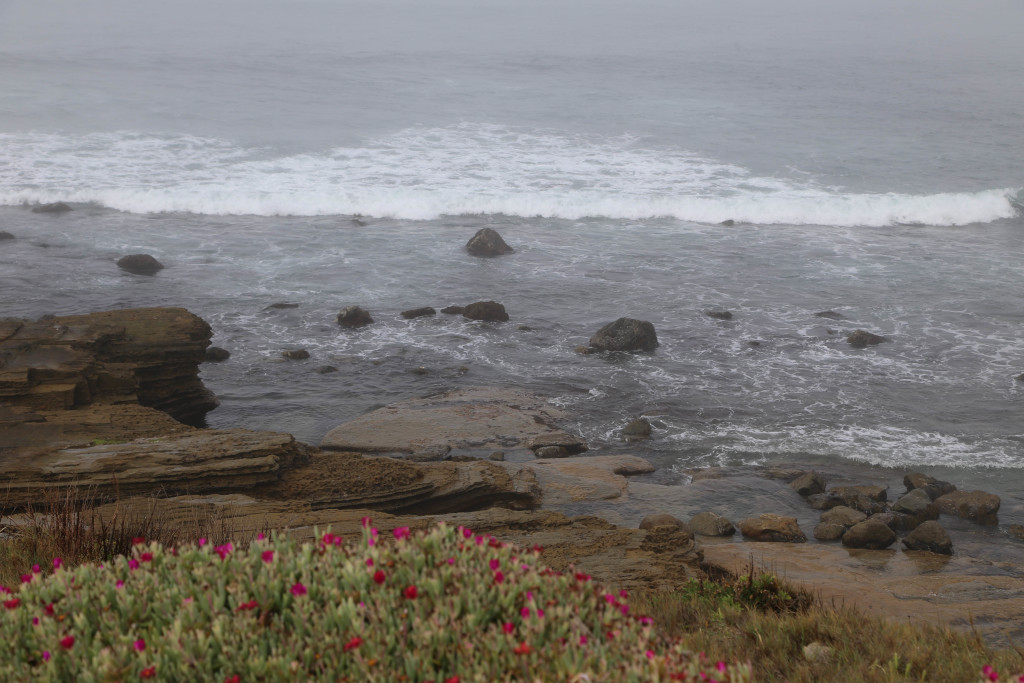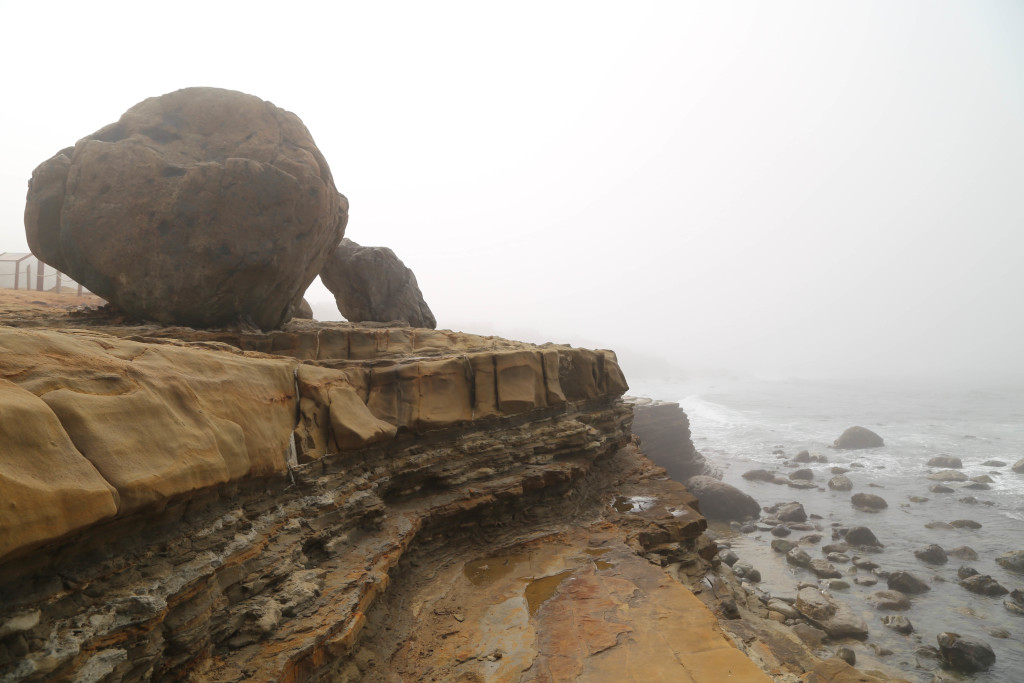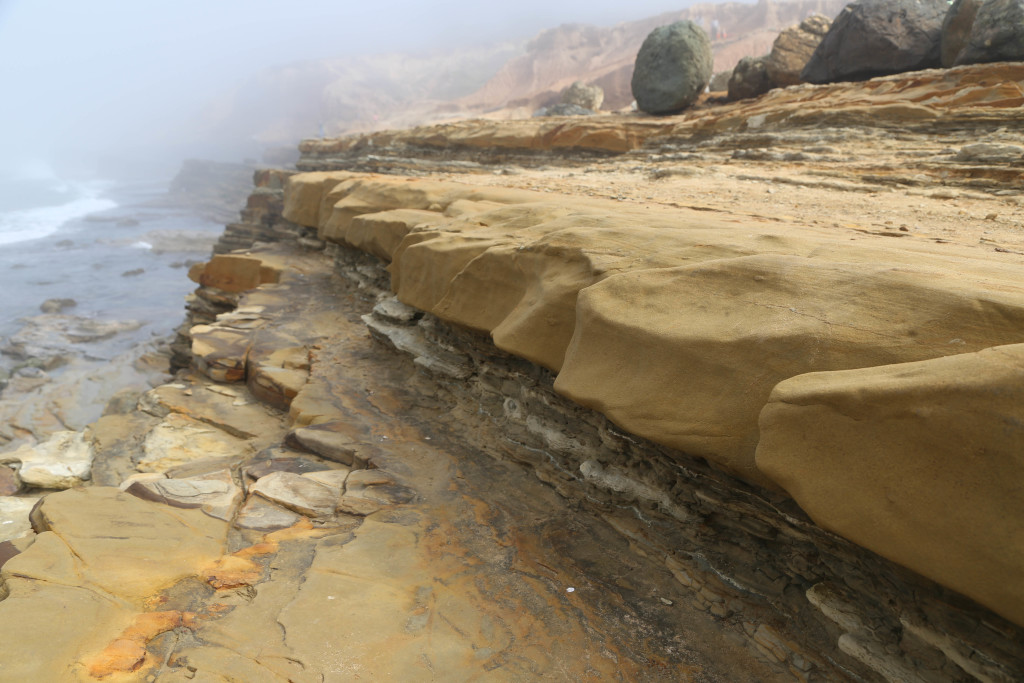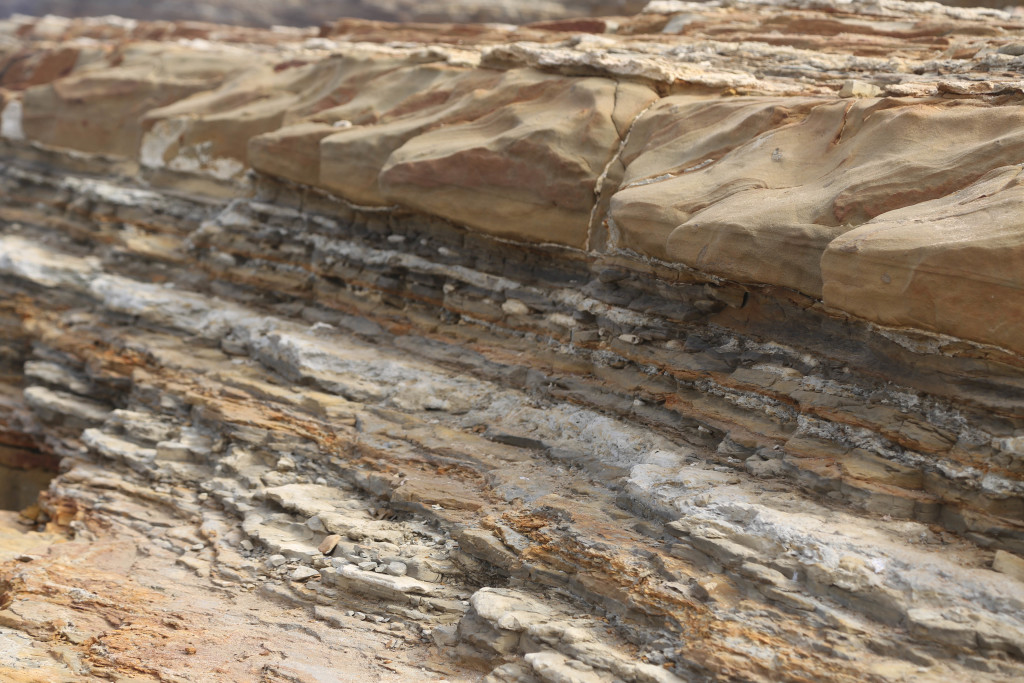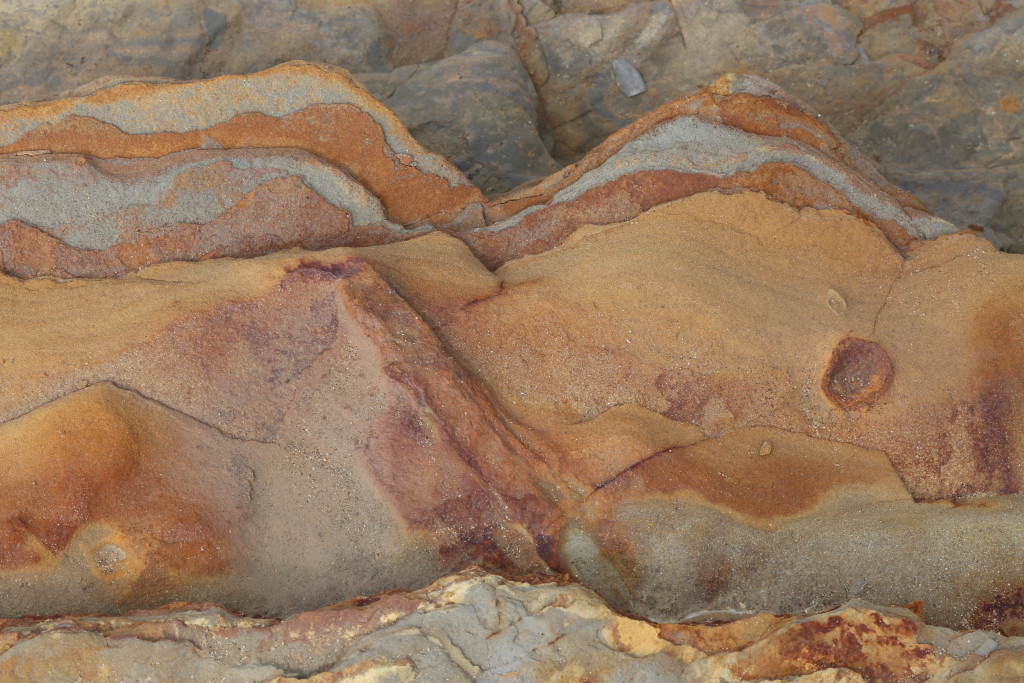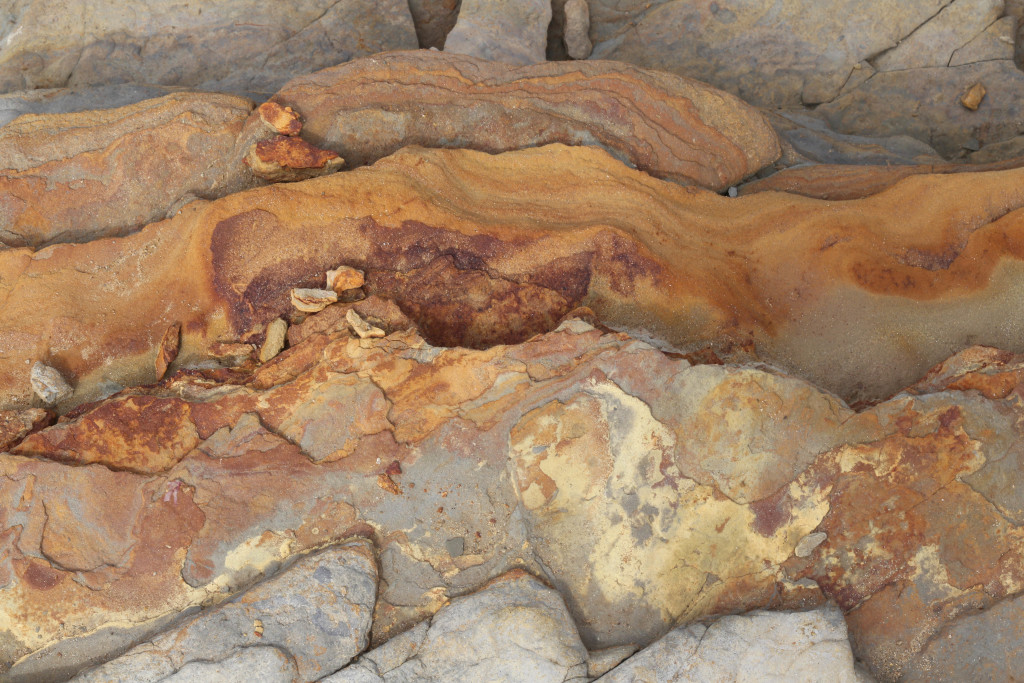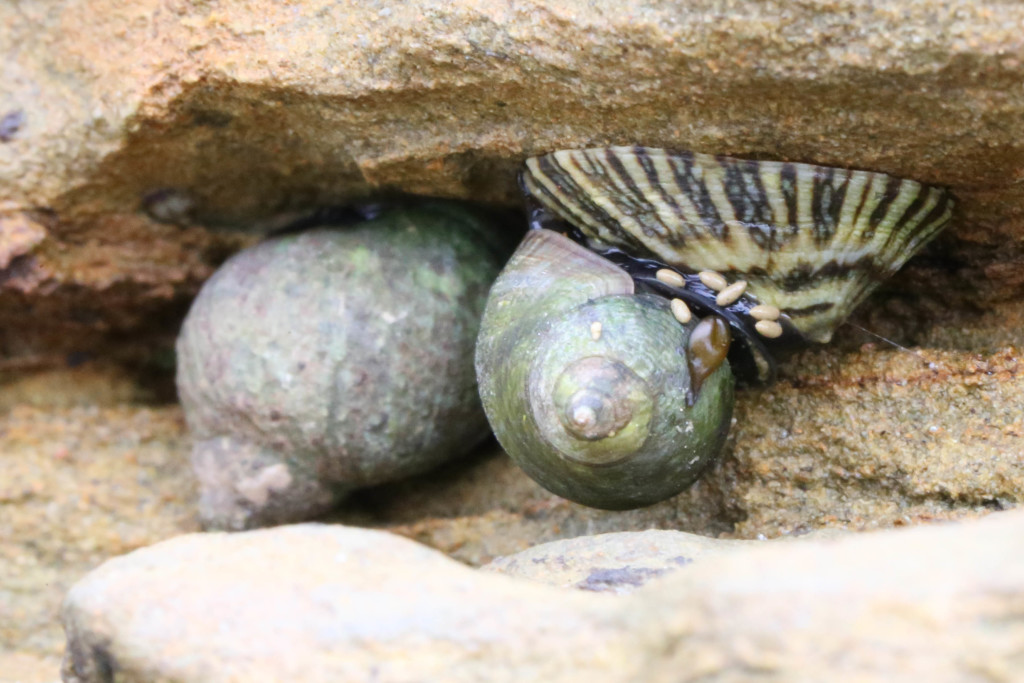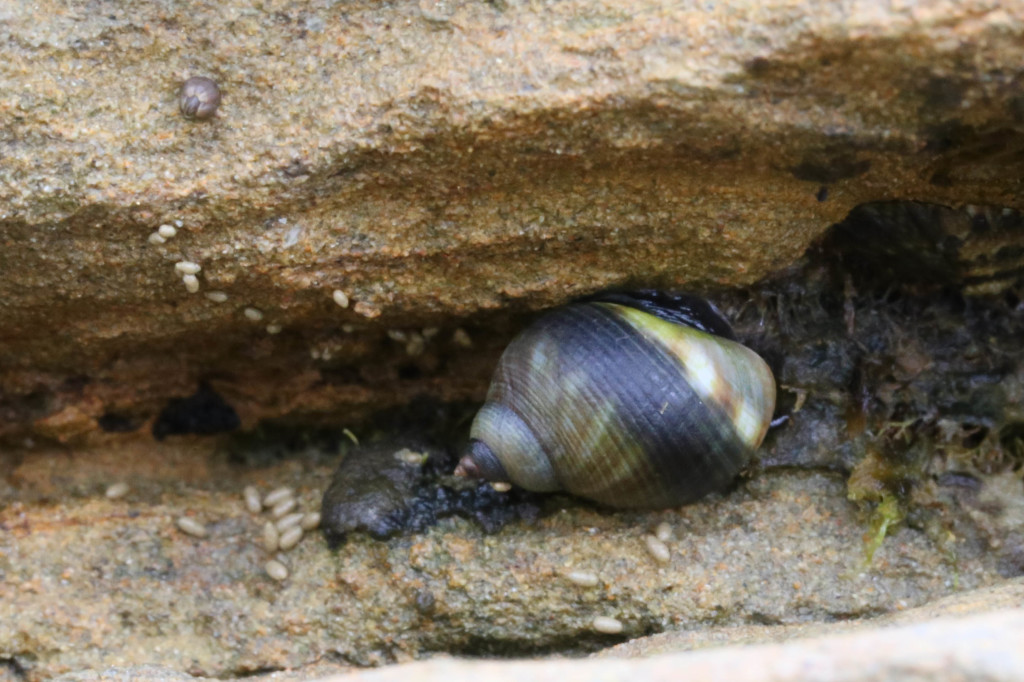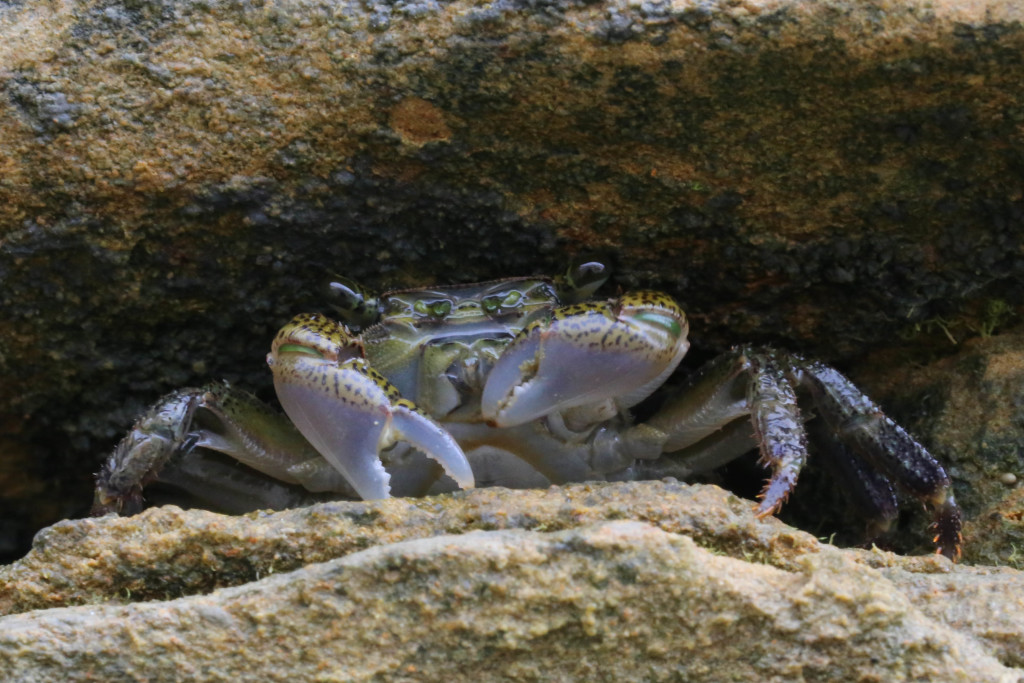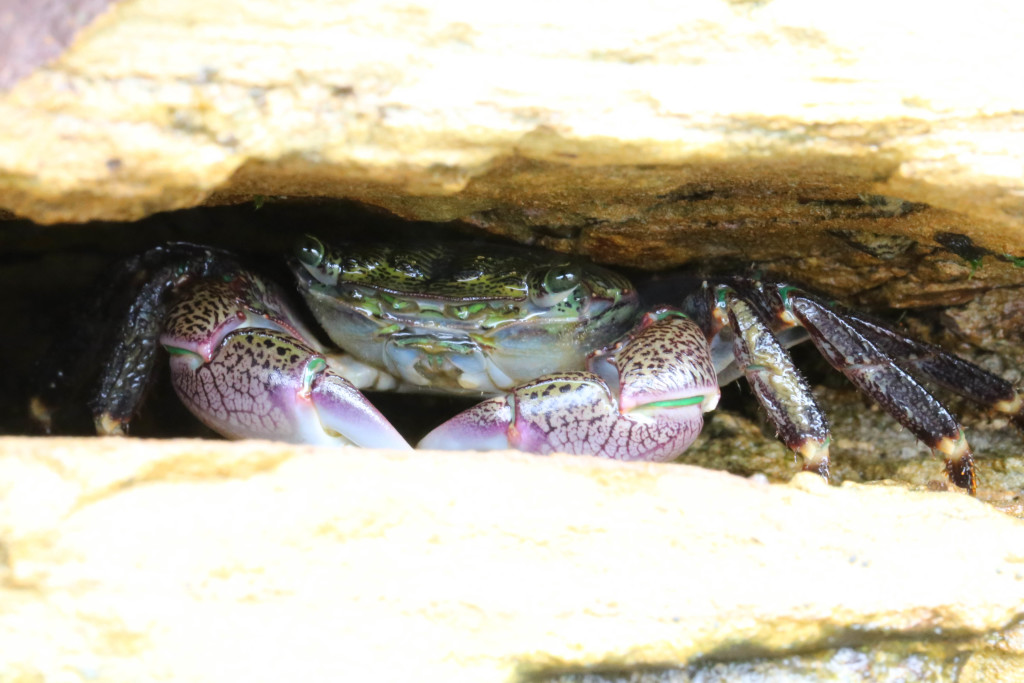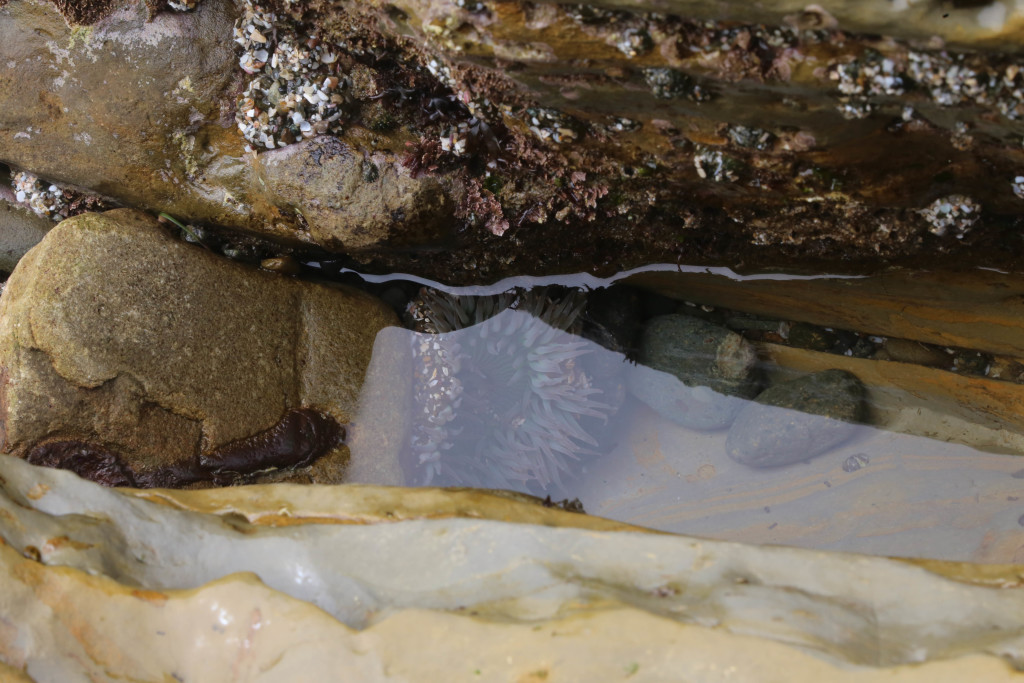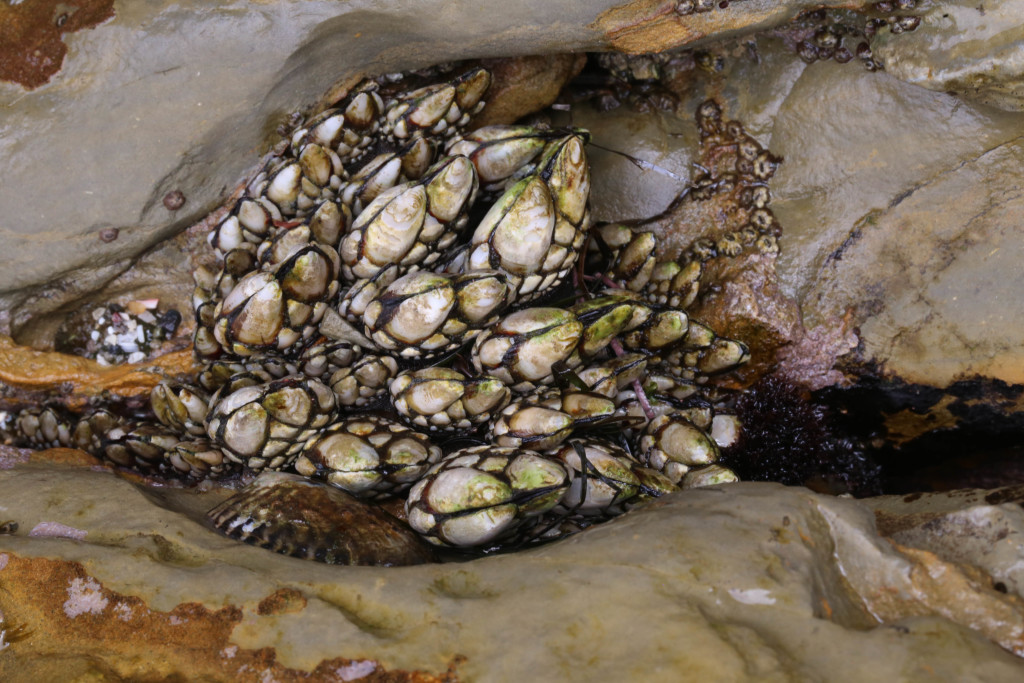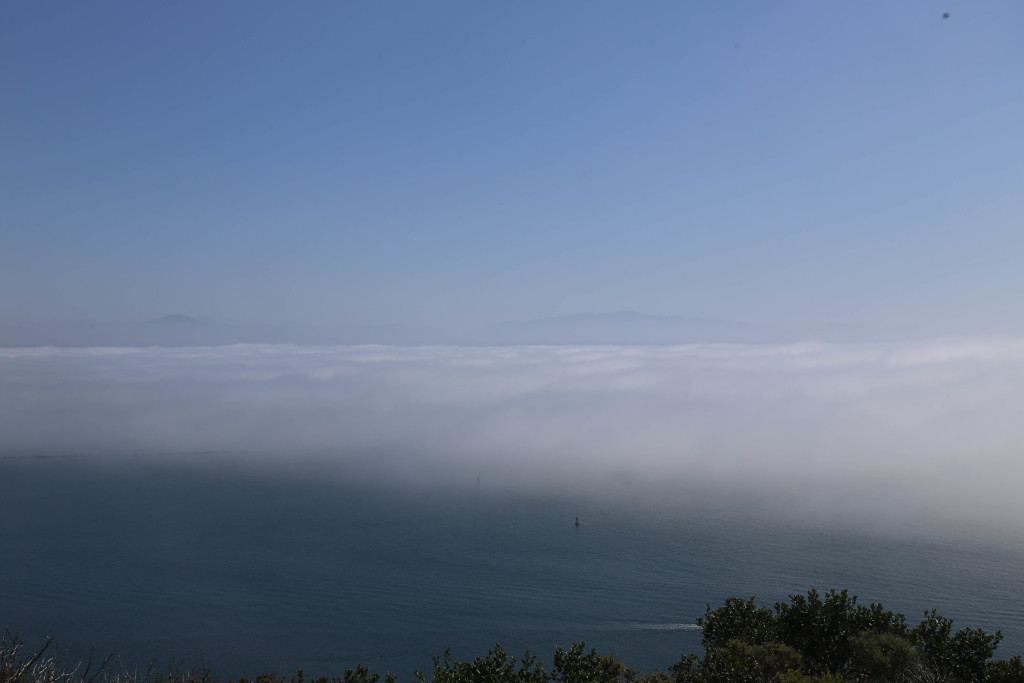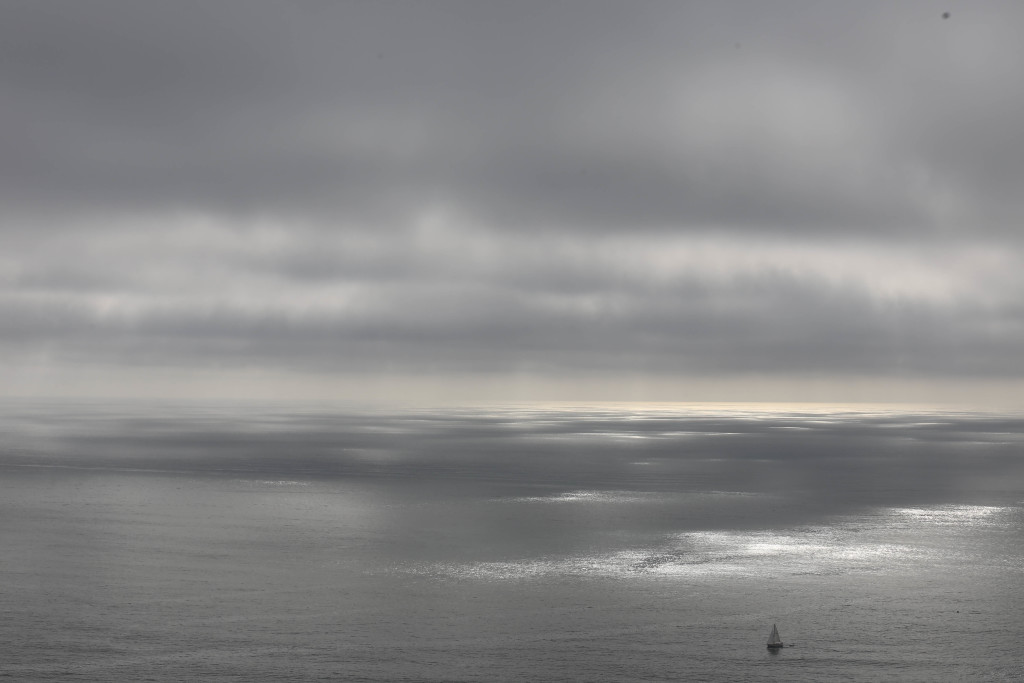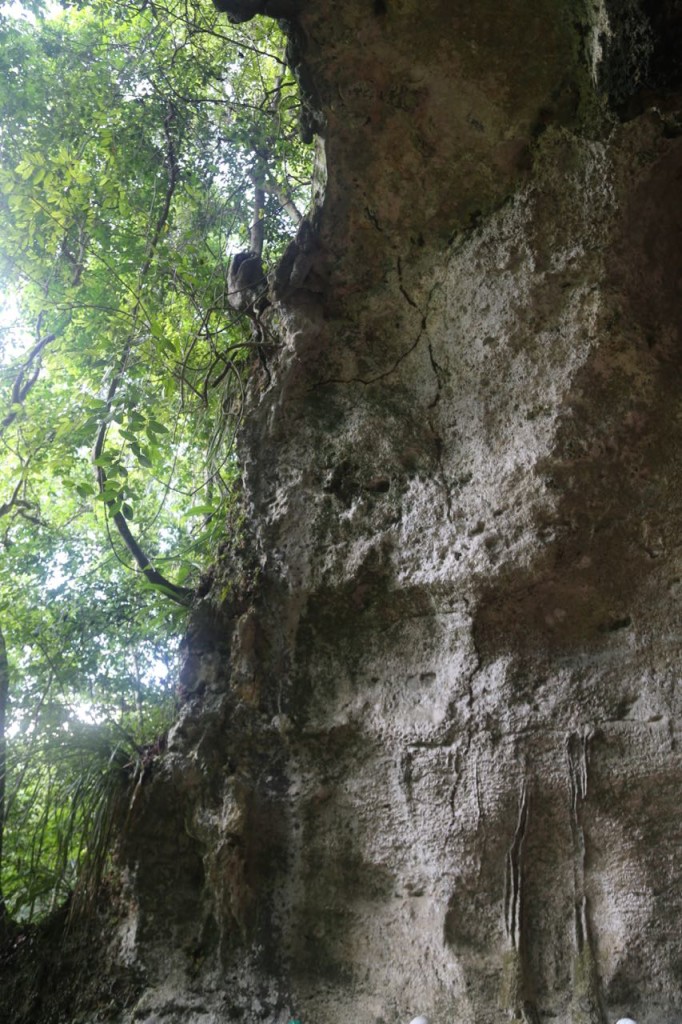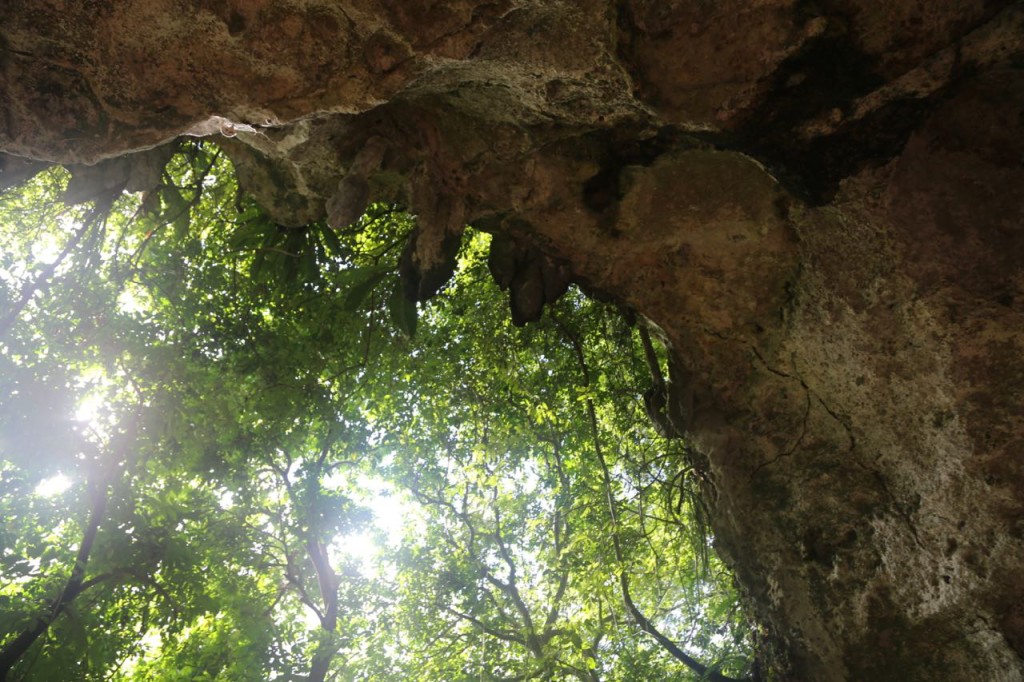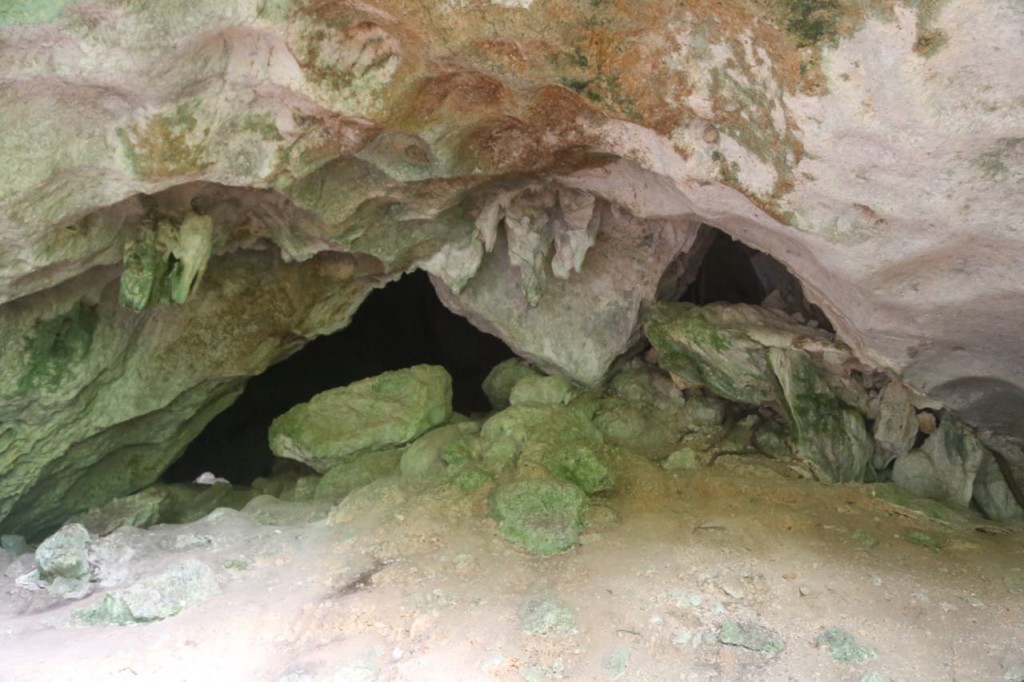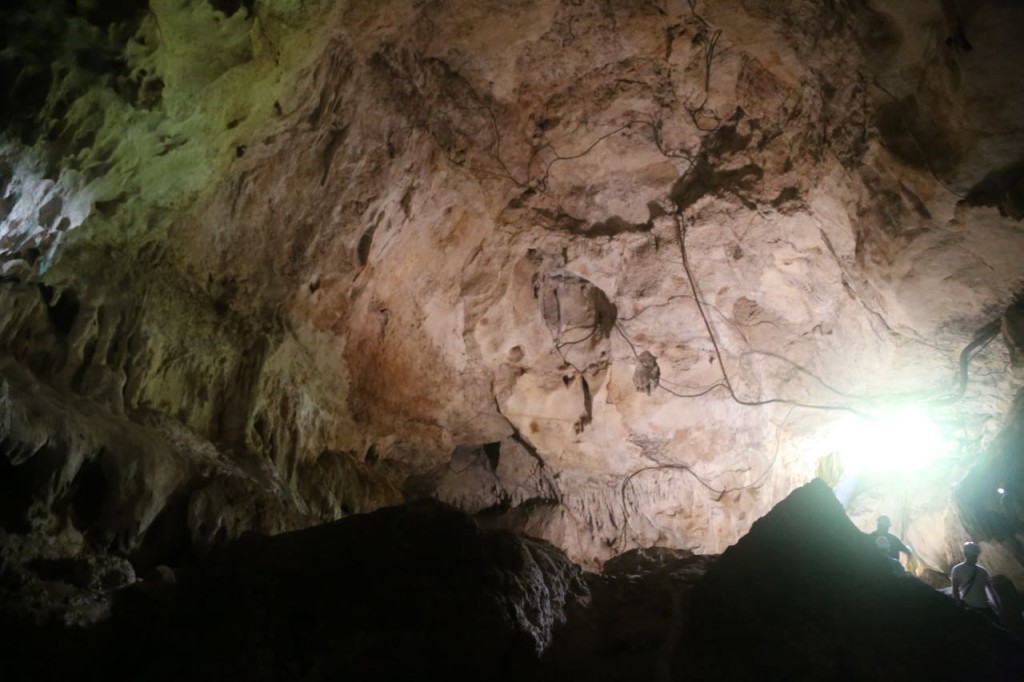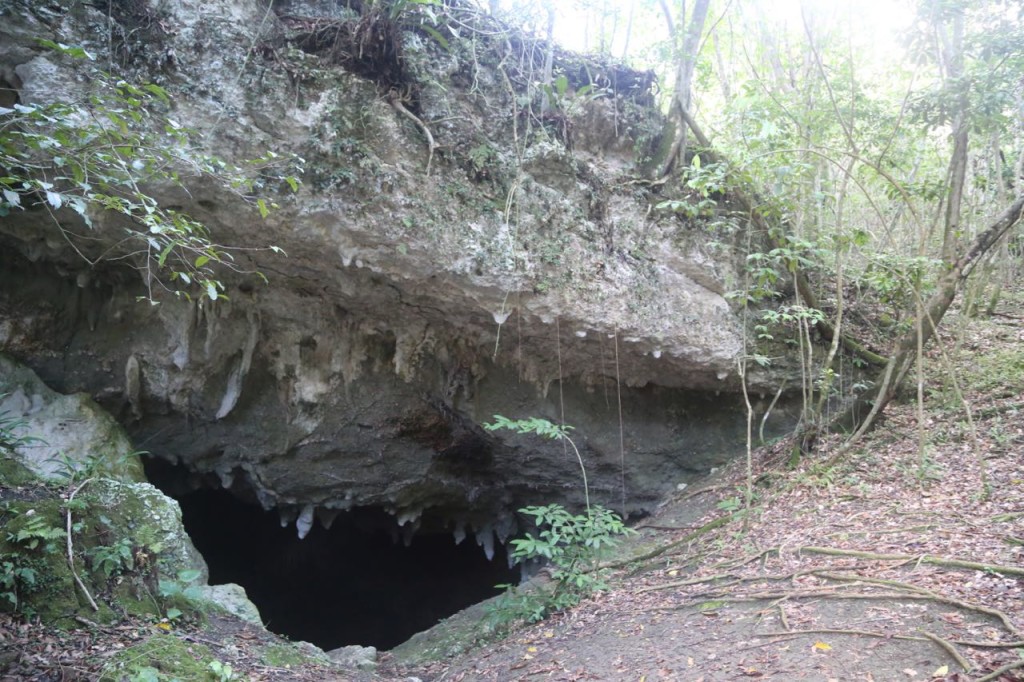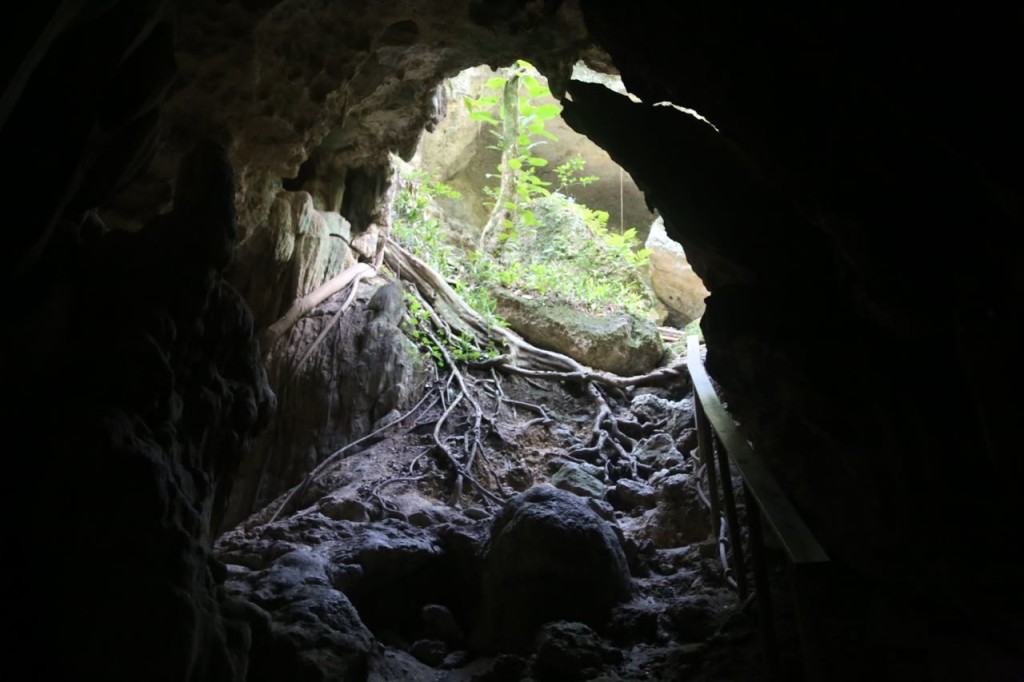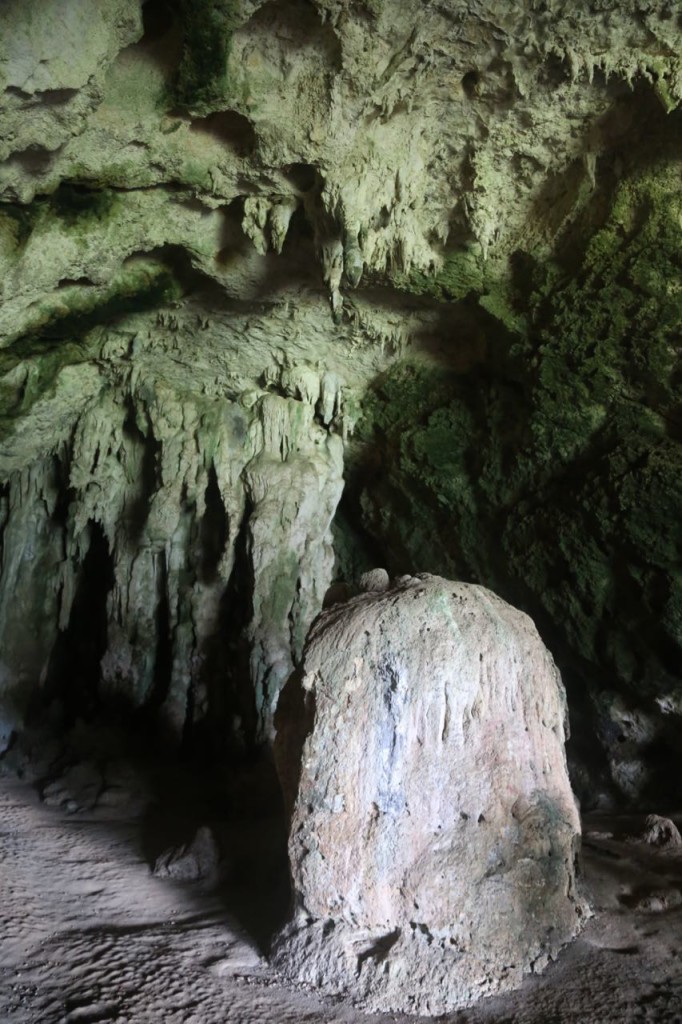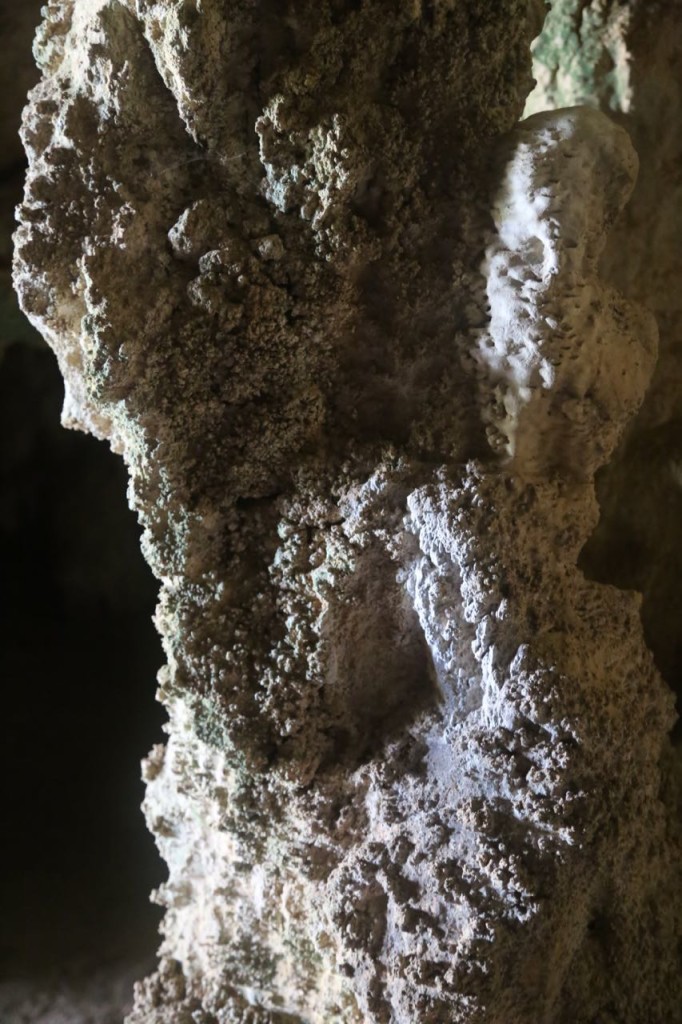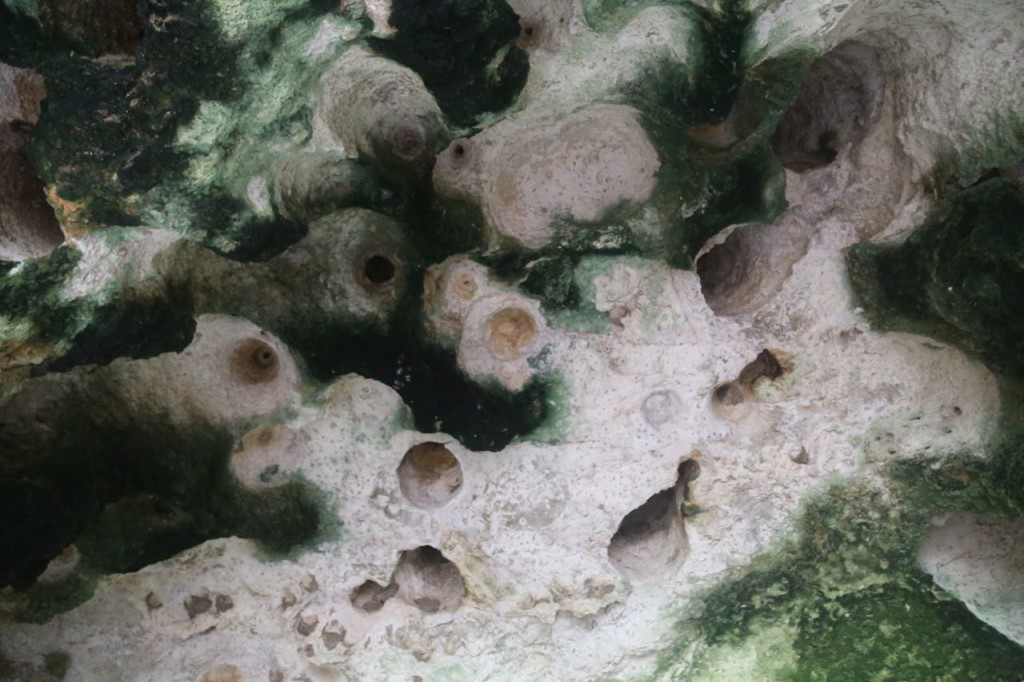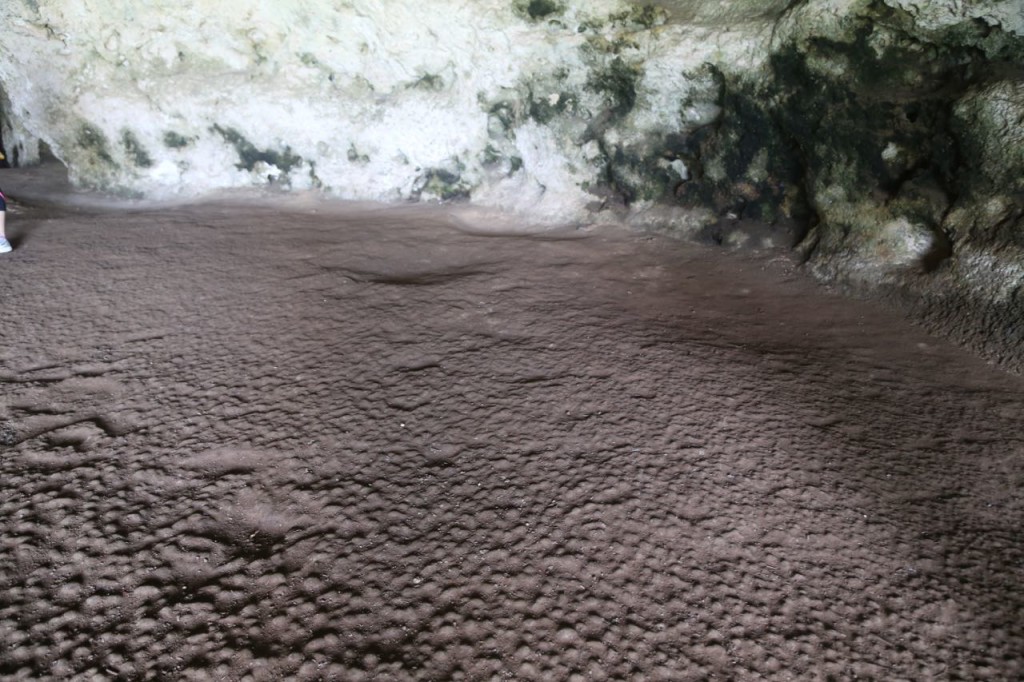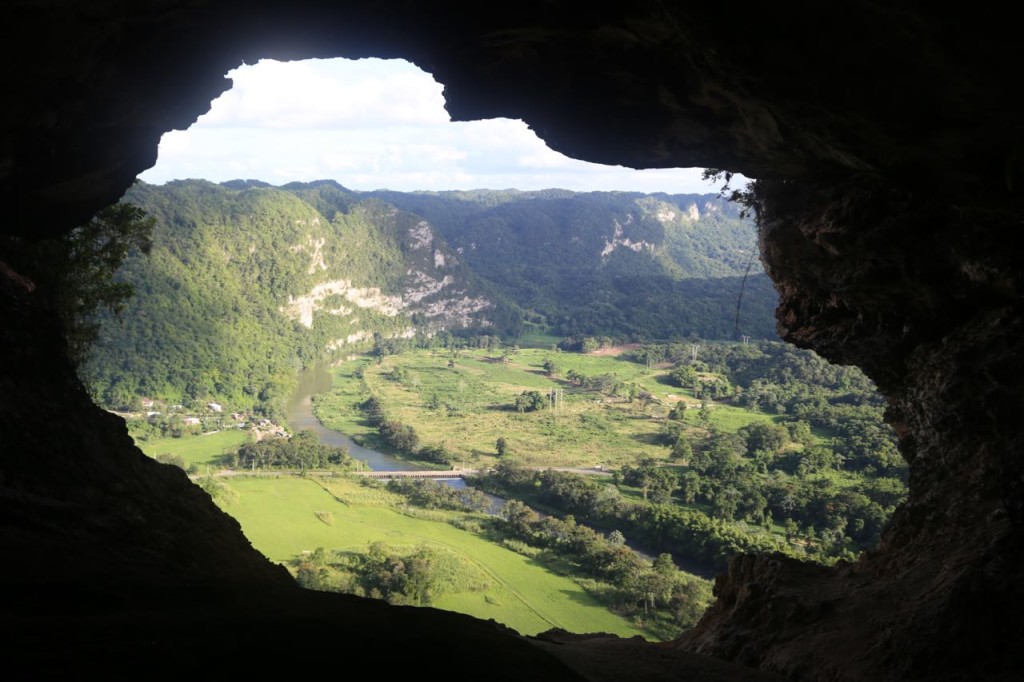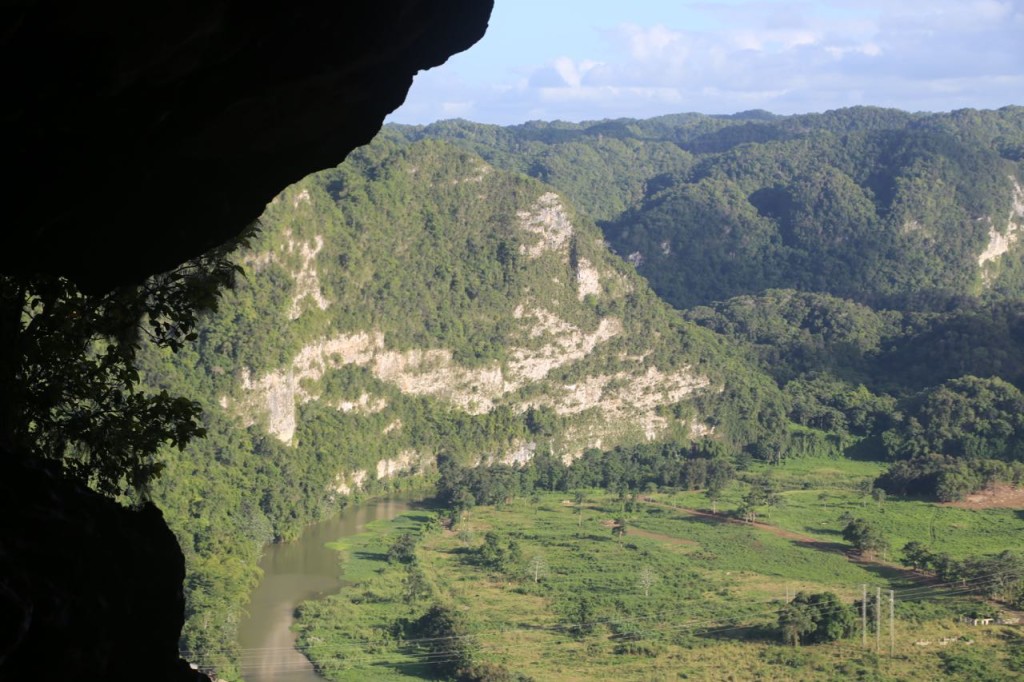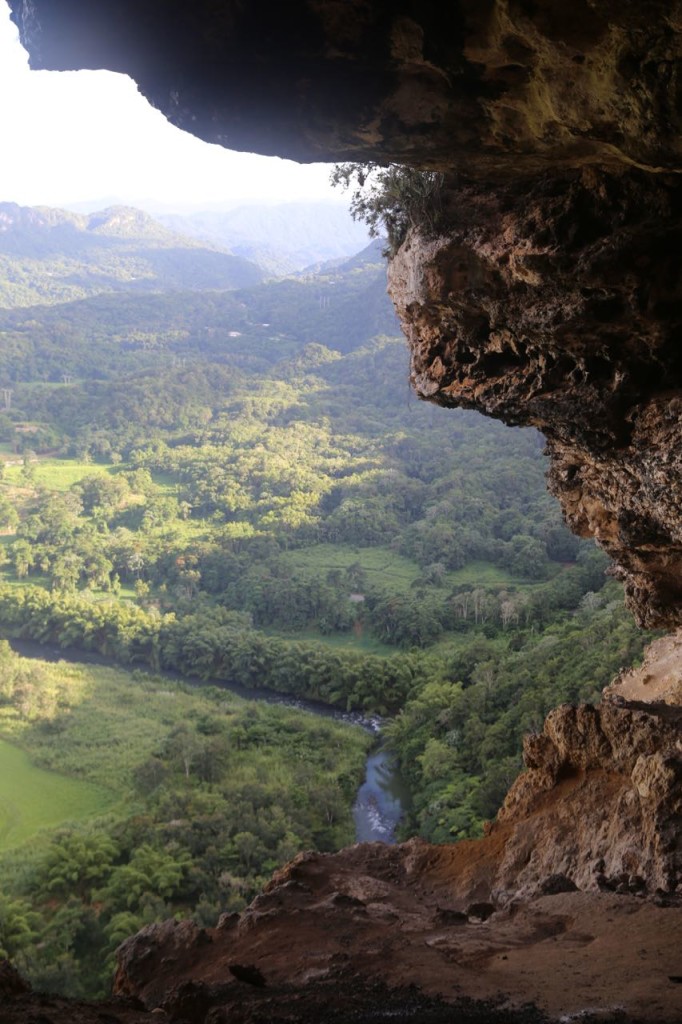I went snorkeling today off the coast of Belize on part of its barrier reef. I have no true idea where I was, other than they said the boat ride was going to be about 14 miles. So that clears that up. Anyway, I saw several lobsters, a couple of rays, and a couple of nurse sharks. I was super excited by the rays and sharks. The coral was lovely, but somewhat sparse in that area. Also, there seemed to be a bit of what I can only assume was coral bleaching, which was rather depressing.
Tag Archives: Nature
On the Monkey River
I took a cruise up the Monkey River today. Getting there was an adventure into itself. An hour drive to Placencia, then at least a half hour boat ride to Monkey River Town, to finally then cruise up the Monkey River. The journey ended at a spot in the jungle which is completely overrun by mosquitoes, but there are also some howler monkeys. The howler monkeys are about as loud as you can imagine an animal that gets the name howler would be. The Monkey River flows through a grassy and mangrove area that is quite pretty. There were numerous birds just sitting along the edge waiting to be spotted. Our guide also spotted a crocodile on the way back that nicely ignored us.
Making chocolate
I took a tour of Che’il Mayan Chocolate, which included an organic cacao farm and a tiny factory where they make chocolate. I am not sure it qualifies as a factory, but they make do make a small amount of chocolate there as well as some chocolate products like nibs, cocoa powder, and cacao tea. The tour was fascinating, and the following is a brief synopsis. It all starts off with a cacao tree.
The beginning of the deliciousness that is chocolate starts with a tiny, little flower.
When the flower is fertilized, a giant fruit or seed pod forms. The flowers bloom for months, and hence seed pods form and grow at different times.
The seed pods ripen to a yellow or red color depending on the specific cacao tree species.
Inside the seed pods are cacao beans covered in a white pulp. We got to take a bean and suck the pulp. The pulp was quite tasty with sort of a creamy, light fruit taste.
The beans have a dark brown interior.
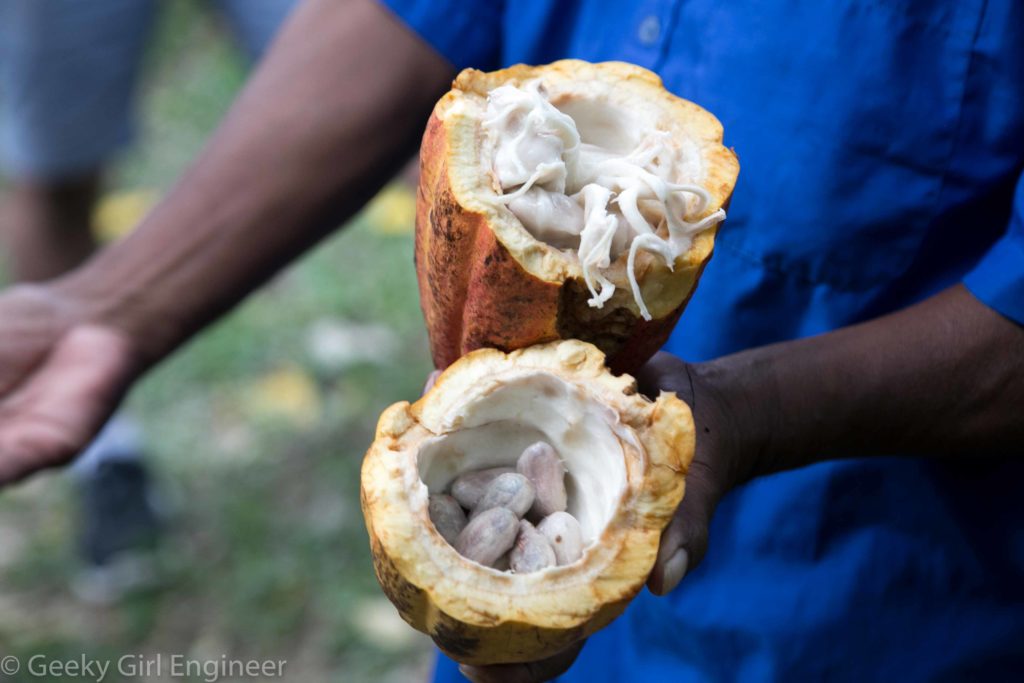
Cacao seed pods with beans covered in pulp in upper half and seeds we sucked pulp off of in lower half
The beans are first fermented in a box for several days. They are then roasted over low heat. In the photo below, the light beans (on the traditional Mayan grinding stone) are the beans that have not been roasted. The dark ones in the middle front bowl have been roasted. Cocoa butter is in the white bowl, and the bowl right in front of it are the shells from de-shelled beans. The shells are removed from the beans before roasting. After roasting the beans, they are ground into nibs, which can be seen in the bowl to the left of the cocoa butter.
The nibs are placed on the stone and crushed.
The grinding motion with the stone pulverizes the nibs, and the pressure causes heat, which starts to melt the oils in the nibs. We got to taste it at this point, and the chocolate is rather bitter.
After quite a bit of grinding of the nibs, only liquid remains. Sugar and cocoa butter is added.
The mixture is ground more to mix everything. We got to taste the finished chocolate at this point again. It definitely was sweeter with the sugar, but to me, it still had a bitter after taste.
The liquid is then poured into forms and allowed to harden. These were put into a fridge to harden quickly.
The finished product. The mixture made was 70% cacao. It tasted a bit different from the dark chocolate I have had before. It also melted very quickly in my hands compared to store bought chocolate, which must have stabilizers or something. Interestingly, even though this was the same mixture as what I tasted before it was poured into the forms, after cooling and hardening, it had lost most if not all of the bitter after taste that I tasted with the liquid.
Cockscomb Basin Wildlife Sanctuary
I visited Cockscomb Basin Wildlife Sanctuary yesterday. I did not get to see any jaguars, which is the reason the sanctuary was created. However, thanks to the rain the day before, I did get to see some of their tracks, which made me happy. It appears to me the sanctuary actually belongs to leaf cutter ants though. They are everywhere. They have created ant highways across all the paths, and their mounds are everywhere. I am rather in awe of what these tiny insects can do in transforming their environment. Numerous places of the hiking paths have the weeds completely mowed clear by the ants, so they can walk unhindered. The sanctuary is quite pretty, and I admit, one of my favorite things about it was the moss and fungus growing on trees that I became quite obsessed with photographing.
Cass Railroad
Continuing my West Virginia railroad adventure, at Old Spruce Junction, we got off the lovely Cheat Mountain Salamander train and got on the Cass Railroad. The Cass Railroad took us to the top of Bald Knob, which is the third highest point in West Virginia. It has an overlook that gives amazing views, including a view of the Green Bank Telescope, the world’s largest fully steerable radio telescope. The train is powered by a Shay Number 6 locomotive, which was built in 1945. The Shay Number 6 has most of its working parts on the outside, so it is rather fascinating to look at. It also requires a lot of oil, which then seems to end up on the tracks.
Cheat Mountain Salamander Train
I went on a ride on the Cheat Mountain Salamander train this morning. Most of the route was along the Shavers Fork of the Cheat River. We stopped along the way at High Falls of the Cheat. The train was vintage, and the car we rode in was lovely and vintage with classic fabric seats.
Durbin Rocket
I took a ride on the Durbin Rocket this afternoon. The Climax geared logging locomotive was built in 1910 and powers a vintage train, including an old postal car. The train is indeed a rocket, as it moves along at a whopping 8 miles per hour. At one point a butterfly passed us. The roundtrip route from Durbin, West Virginia, however is gorgeous as it follows the Greenbriar River in the Monongahela National Forest. The only problem is after seeing all the smoke the coal burning created, I feel the need to go plant an entire grove of trees.
Balboa Park Plants
While in San Diego, I spent an entire day in Balboa Park and didn’t go inside one museum. I was too fascinated by the plants. There are beautiful tropical plants in the Botanical Building, but there are just as many beautiful plants outside. Colorful plants are everywhere, including the Desert Garden, which has many plants that I loved photographing while ever mindful not to get too close, or else ouch.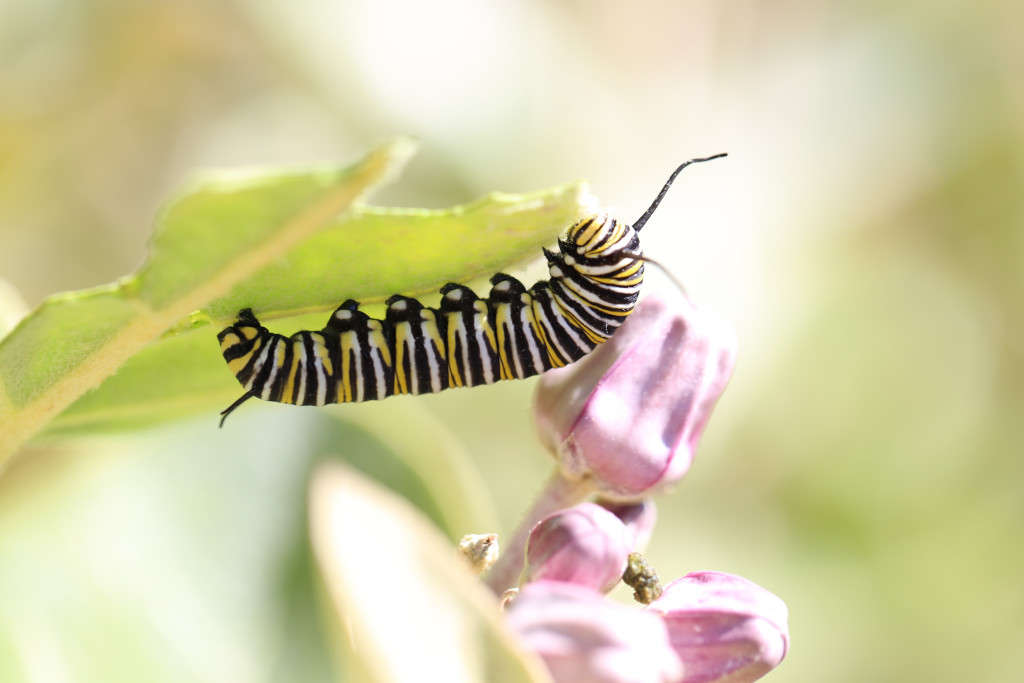
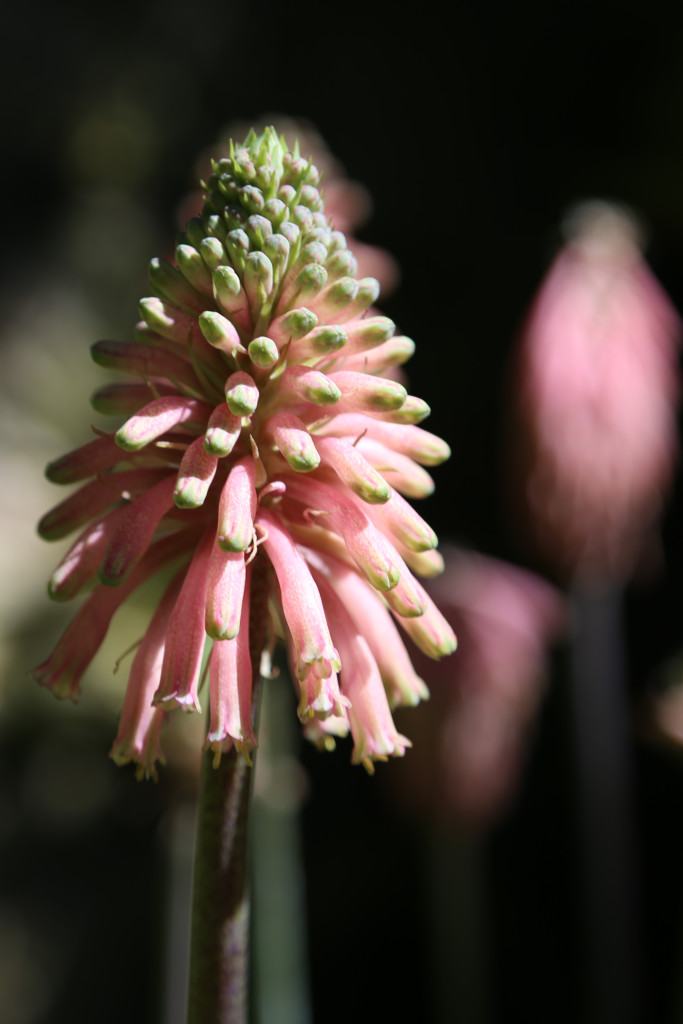
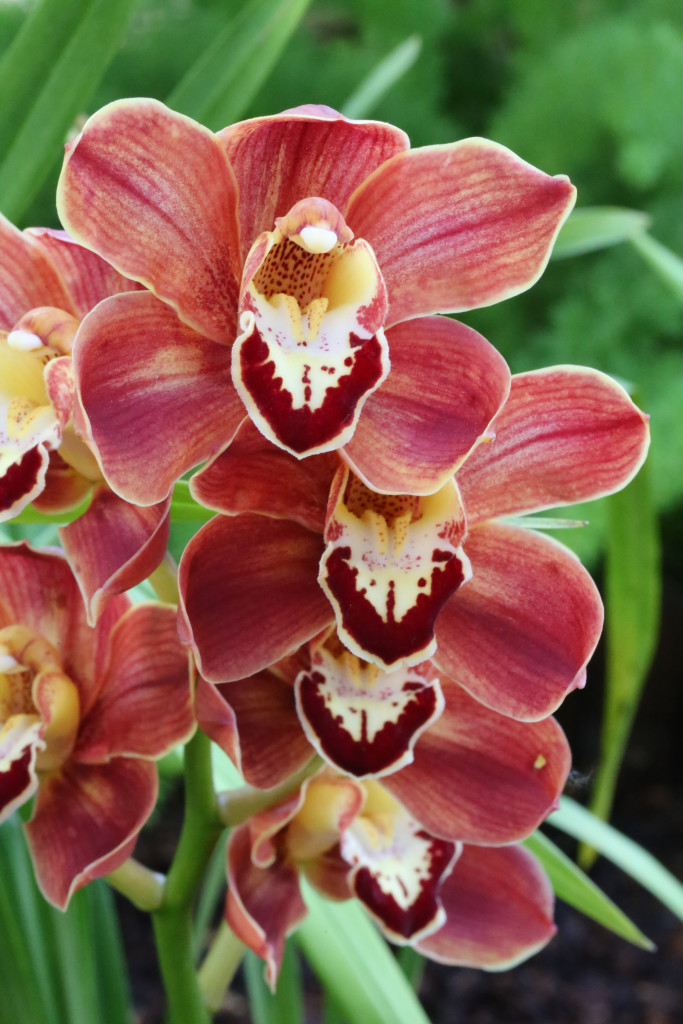
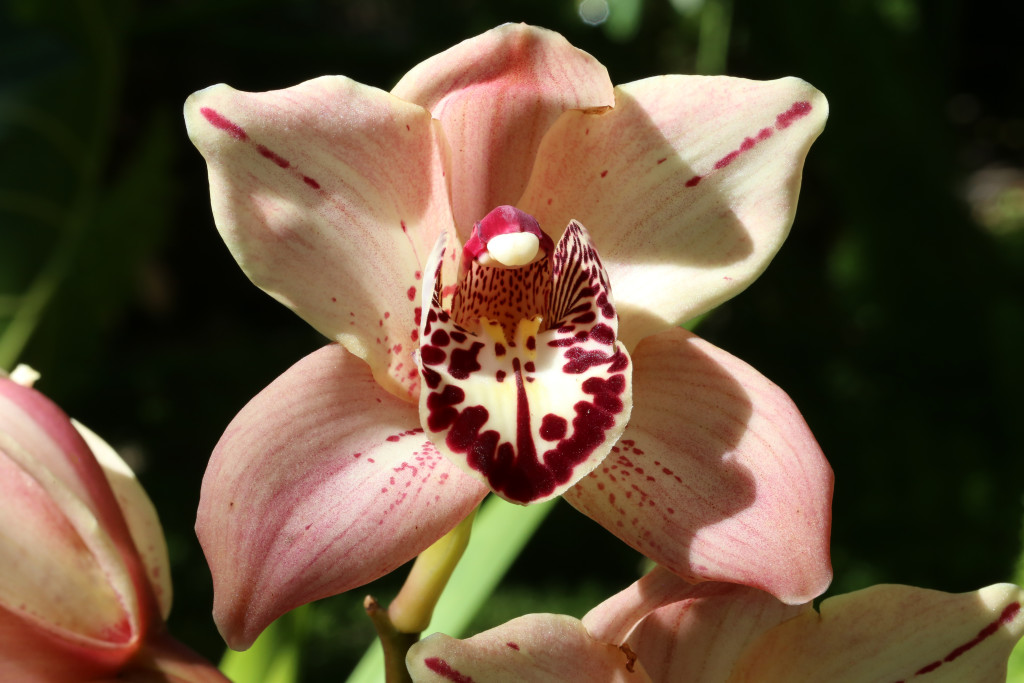
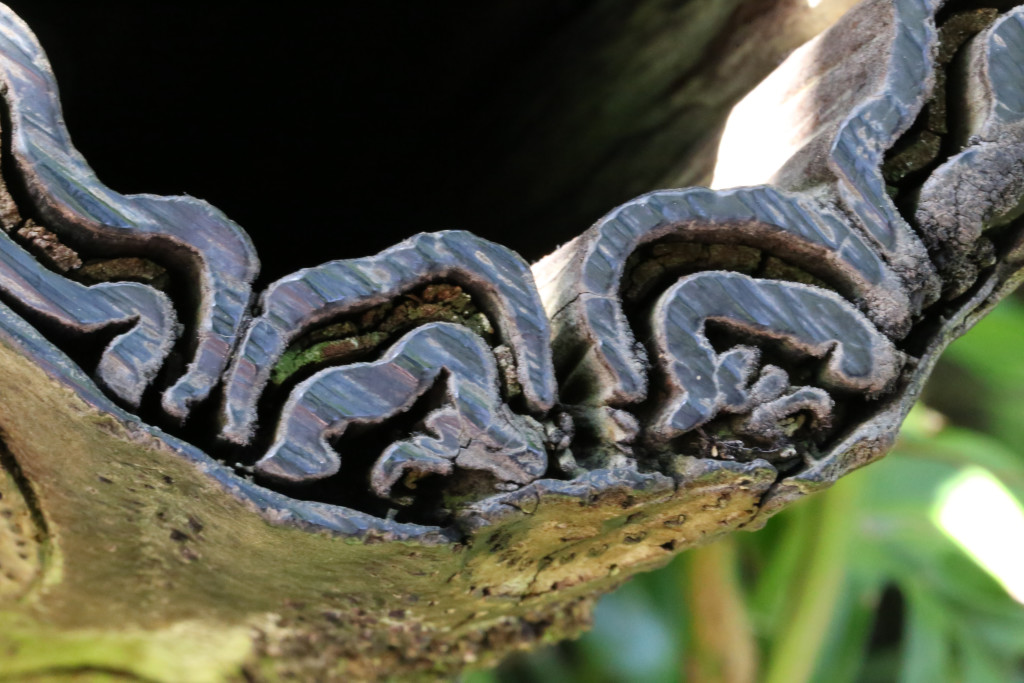
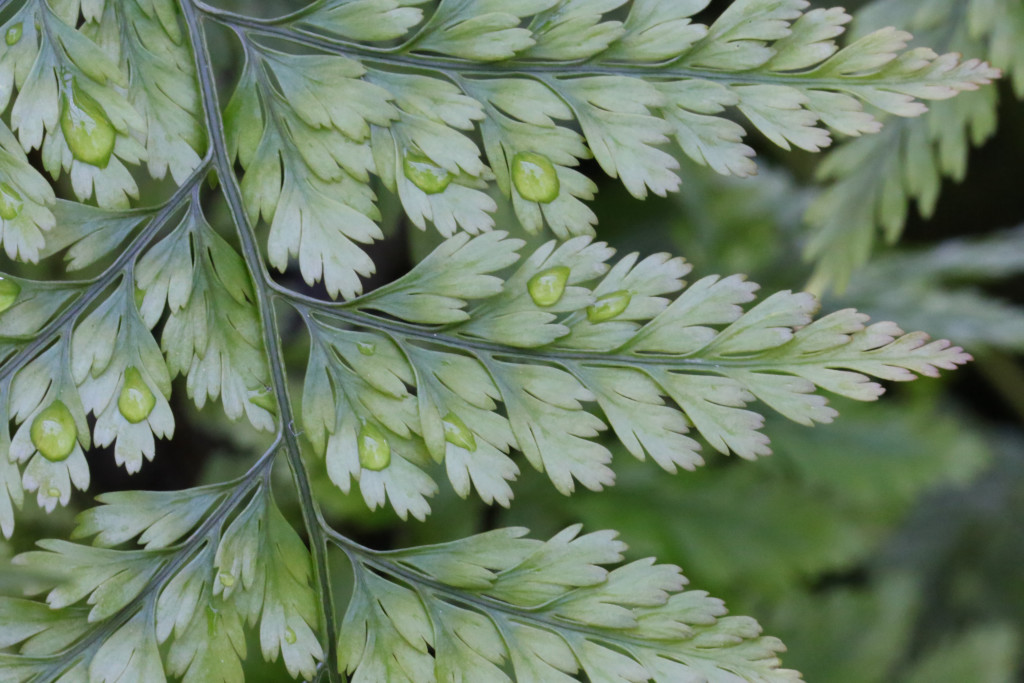
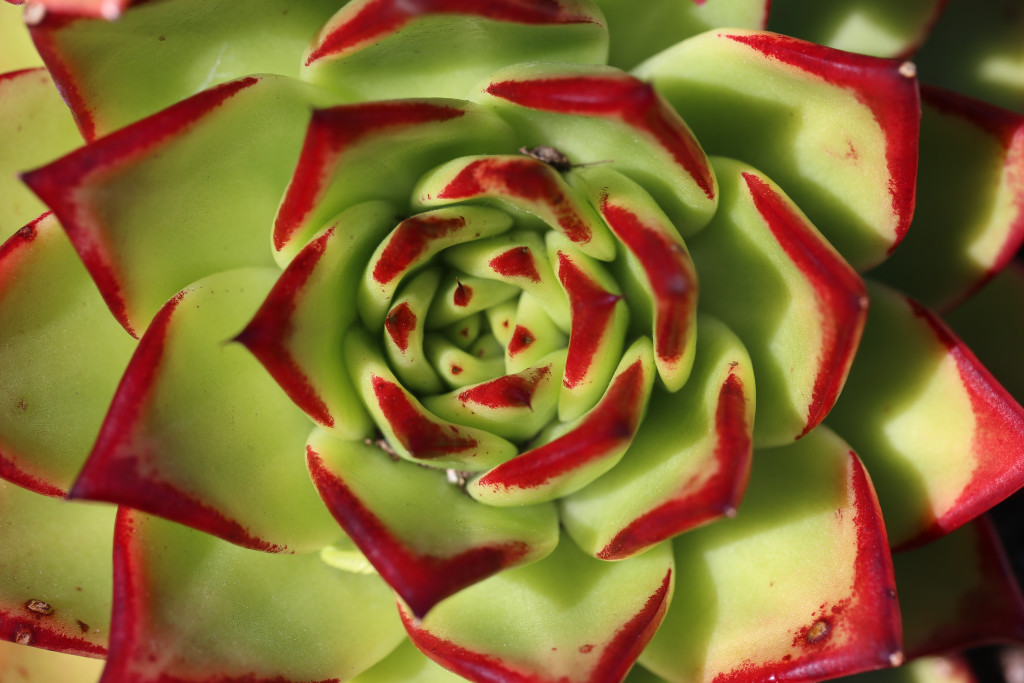
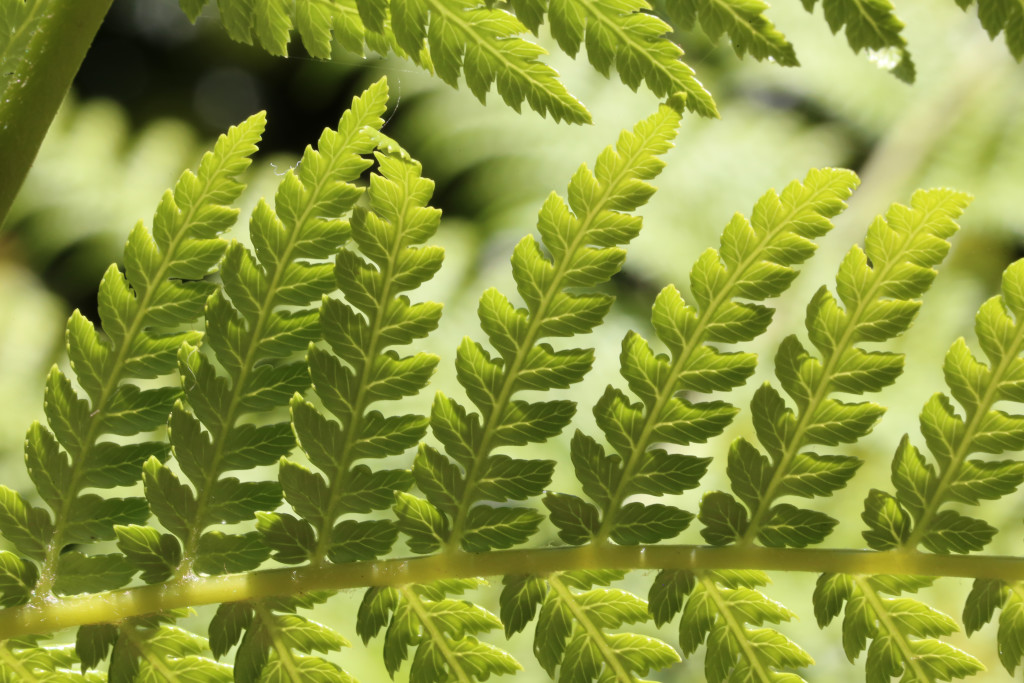
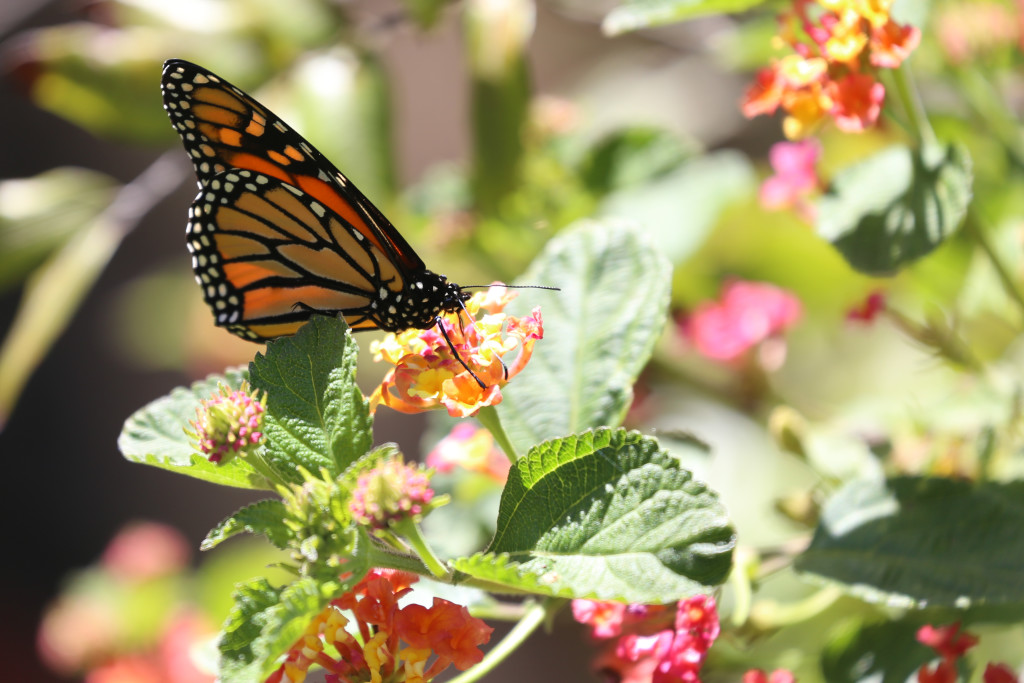
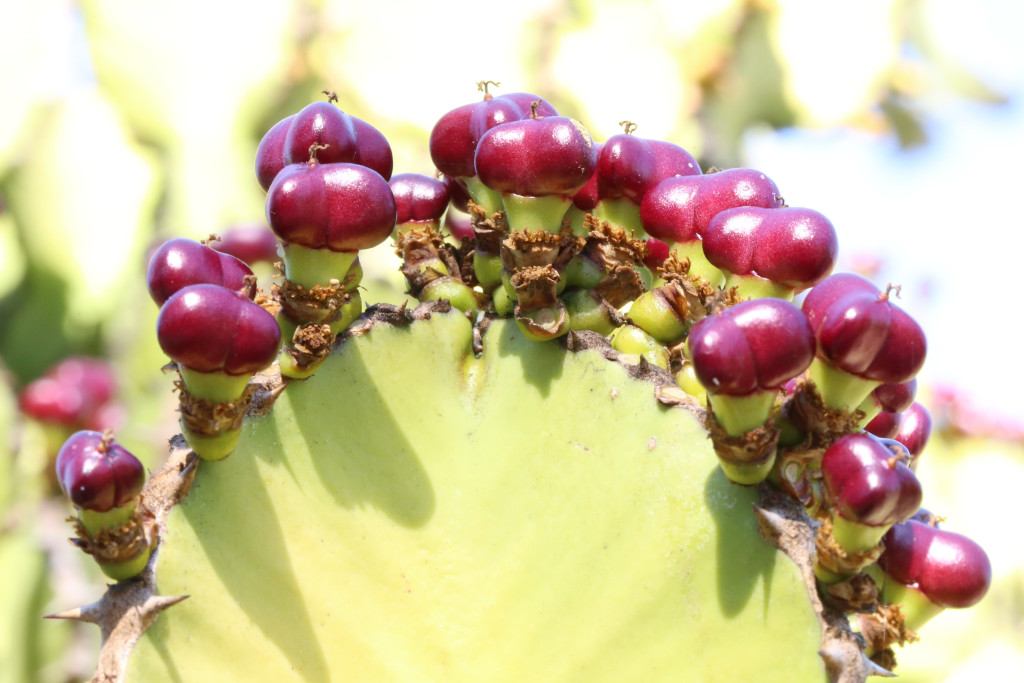
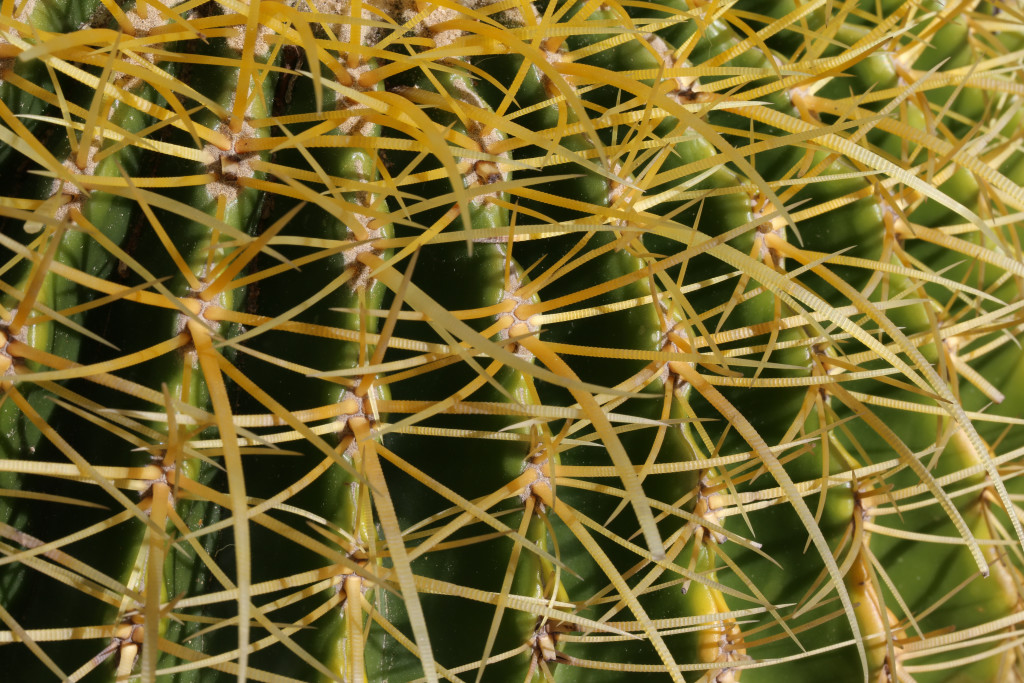
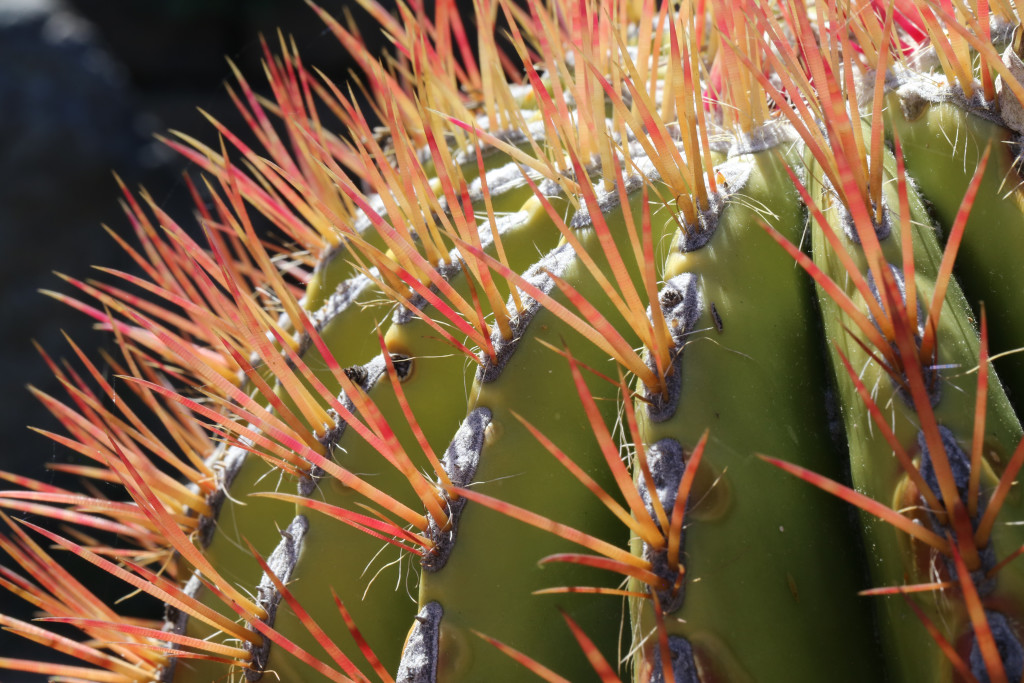
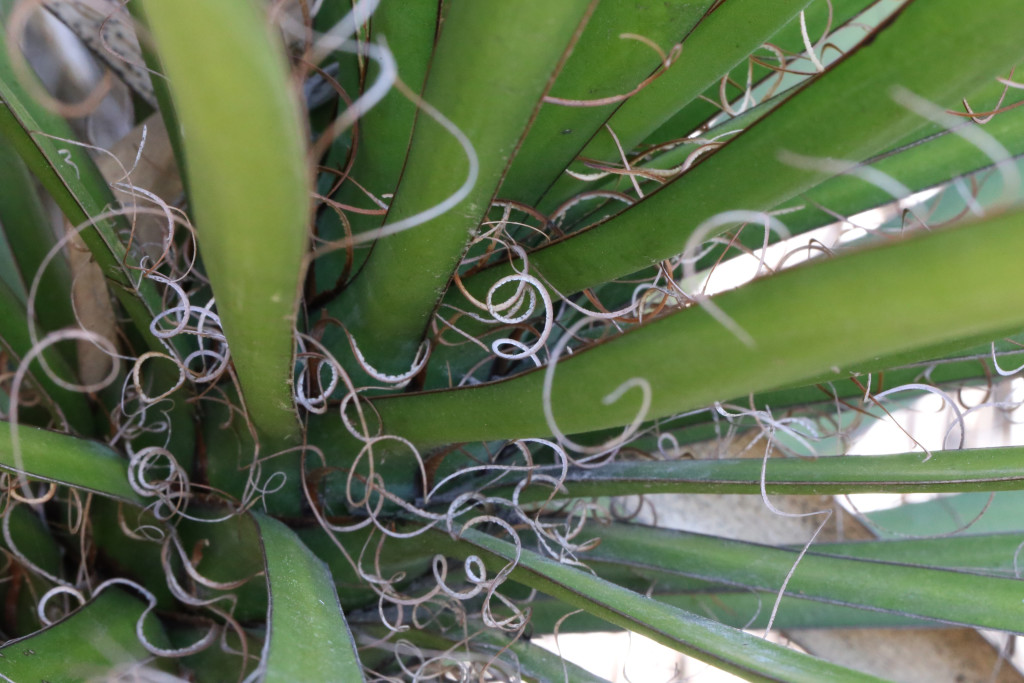
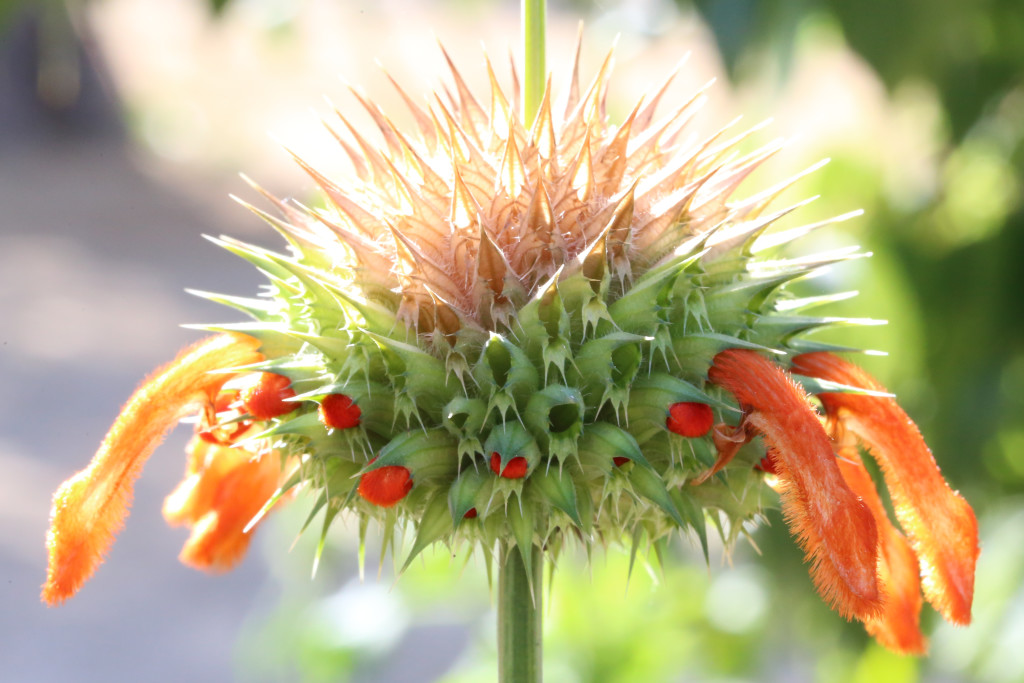
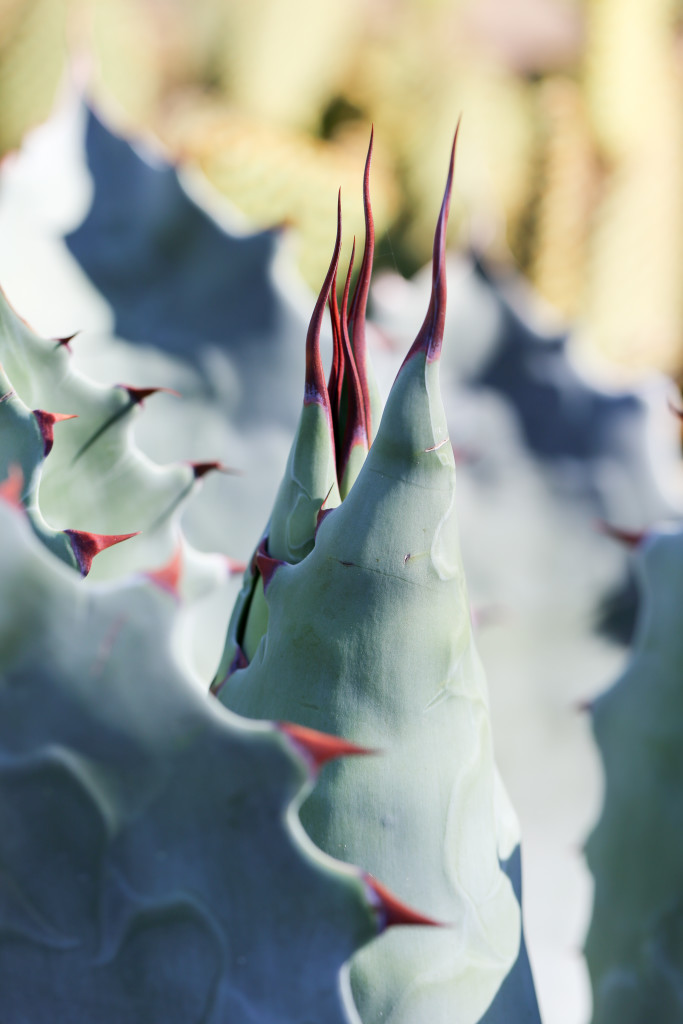
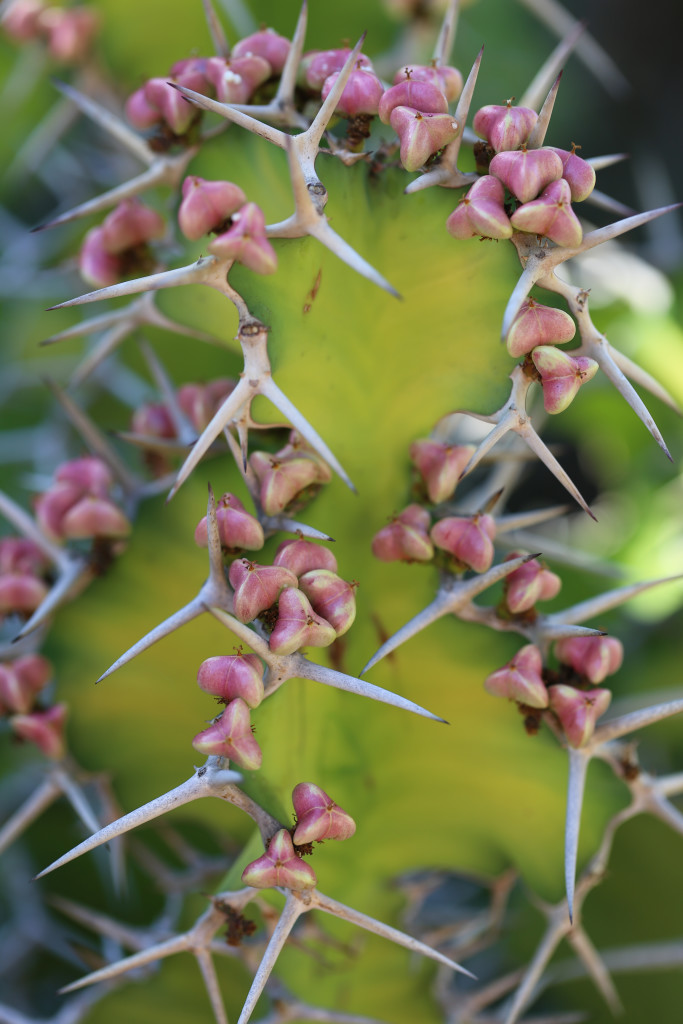
Cabrillo National Monument
While in Sand Diego, I visited Cabrillo National Monument. Actually I visited it twice. I went in the morning, and the entire area was covered with thick fog. I explored the tidal pool area and met some cute crabs, limpets, and snails. I then went to the peak area and tried to view San Diego underneath the clouds. It was kind of amazing to be on a peak about 400 feet above the ocean and look at a giant fog encompassing almost everything below. I then came back in the afternoon and was finally able to get some good views.
Cueva Ventana
I got to visit Cueva Ventana (Window Cave) today in Arecibo, Puerto Rico. The tour starts by walking by Pee Wee Cave, which only meets the bare minimum requirements of a cave. You don’t go in. There is no point or room really. There is a short walk through the forest, which when I visited meant getting to see among other things a bunch of giant snails on the trees. Then you walk through cave number two, which I don’t think they actually named. The middle portion of this cave is, well, cavernous, with huge ceilings and wide walls. However the walk through it is fairly short. Then you walk down an extremely steep path to get to the actual Cueva Ventana. There are bats living in there among the limestone columns. At the end of the cave is the Ventana. It has amazing views of the Arecibo River valley. The valley is gorgeous, and you can see the mountains beyond. The tour is worth the view alone. However the caves are really neat to see also, and I love bats, so getting to hear and see them was also a highlight. Sadly while there, you can see vandalism from years past, but tourism is now helping to support security and clean up for the site.

